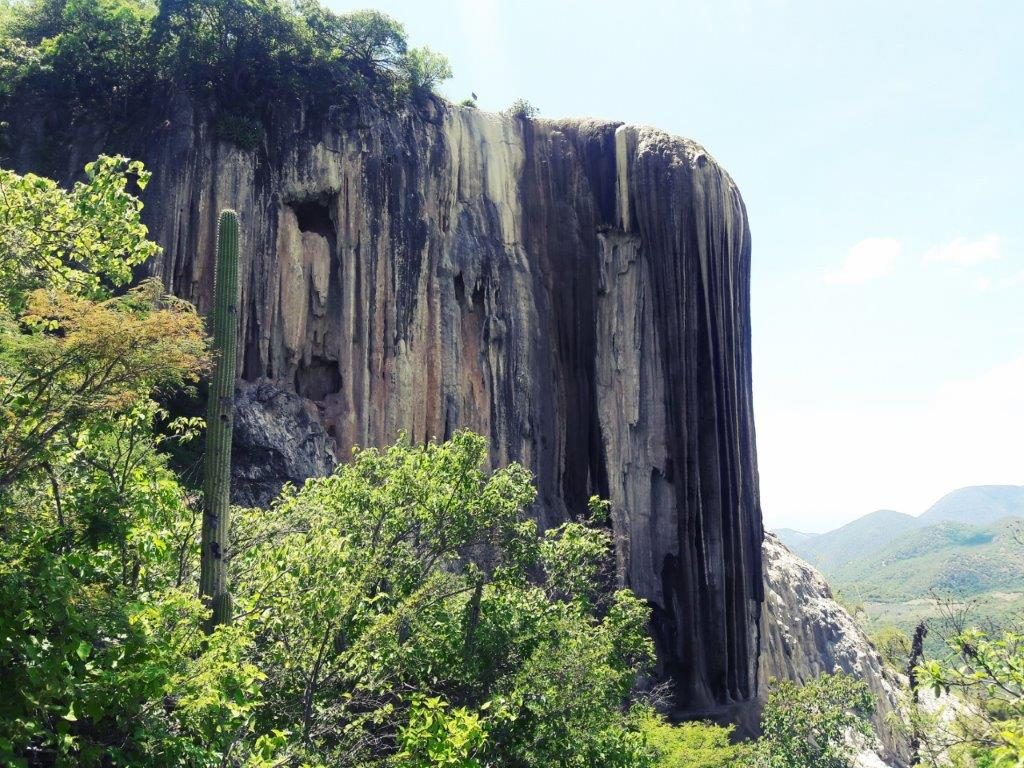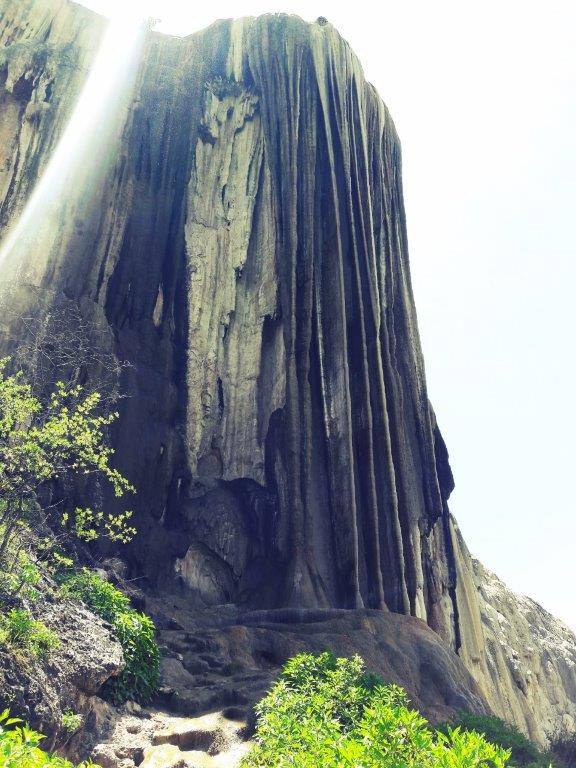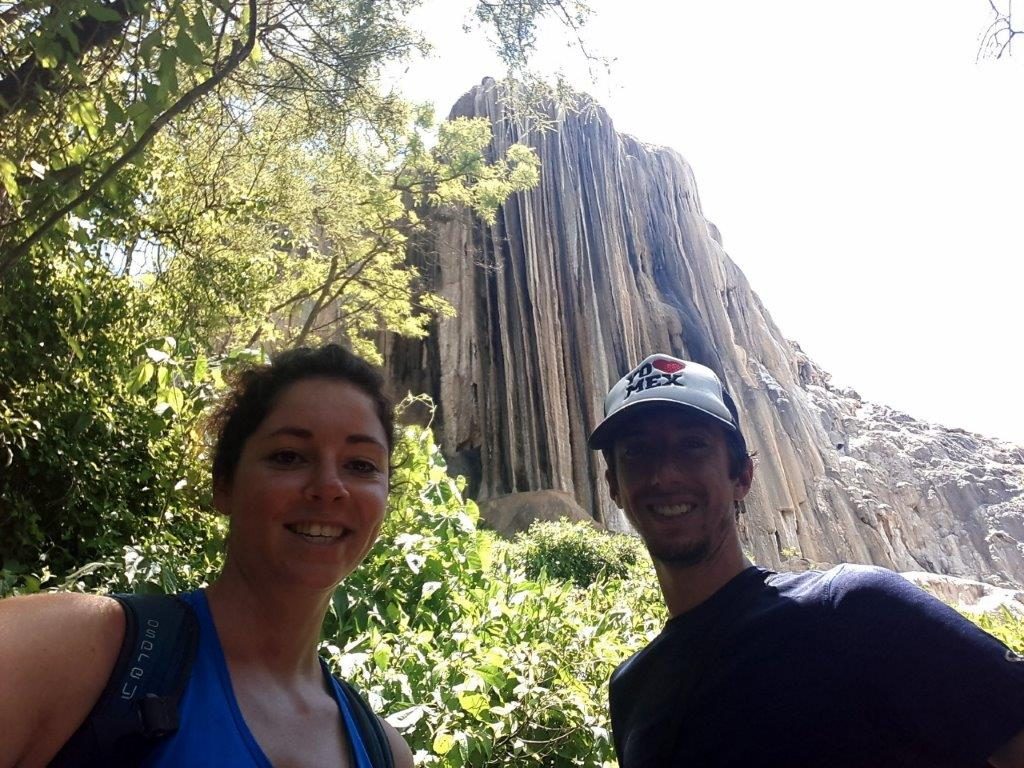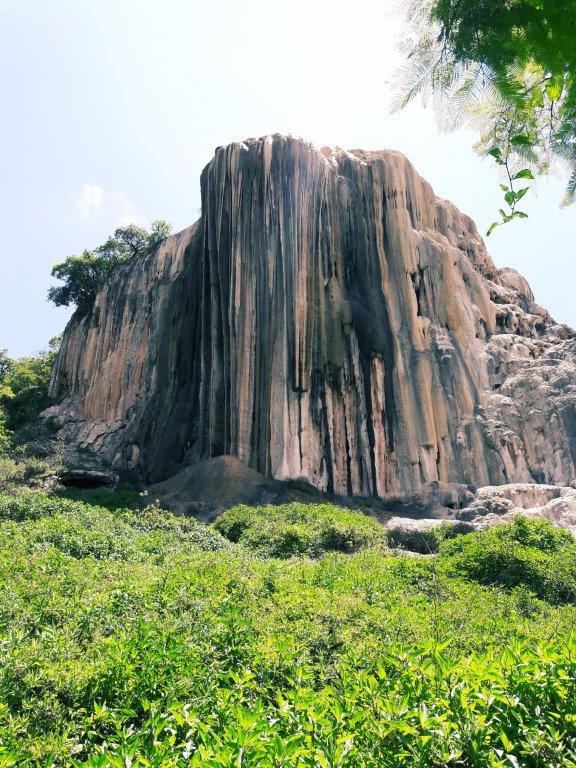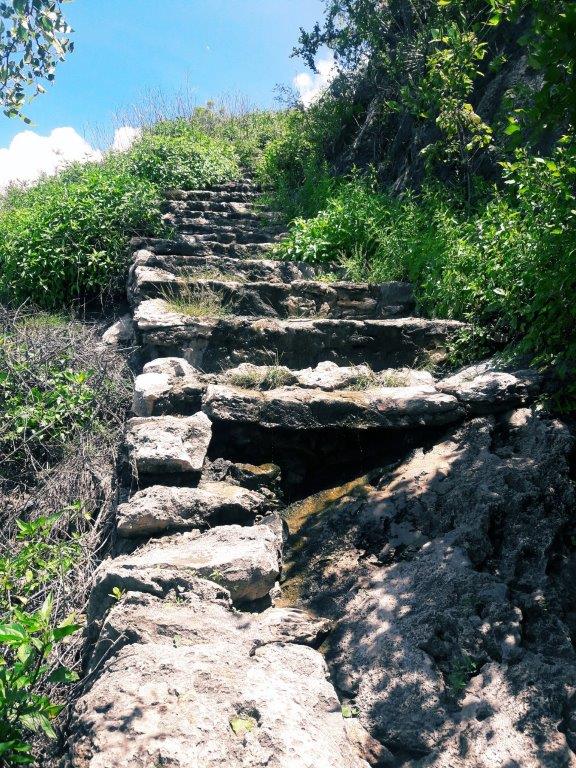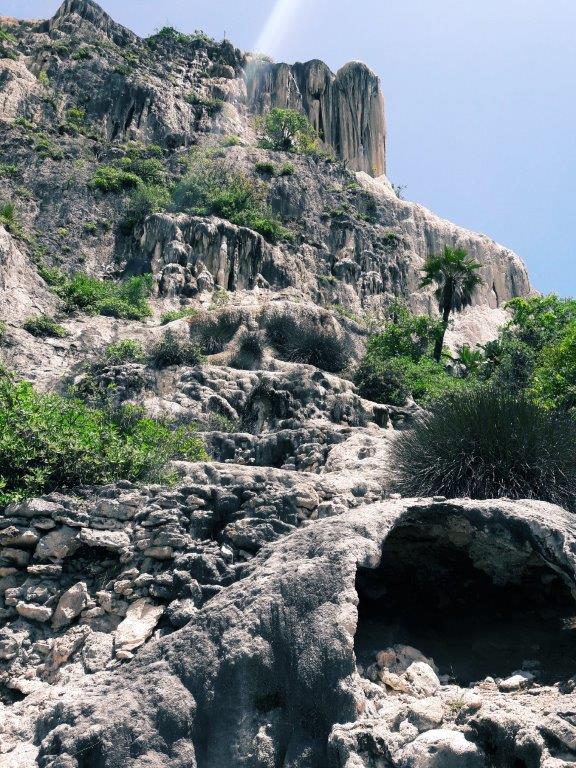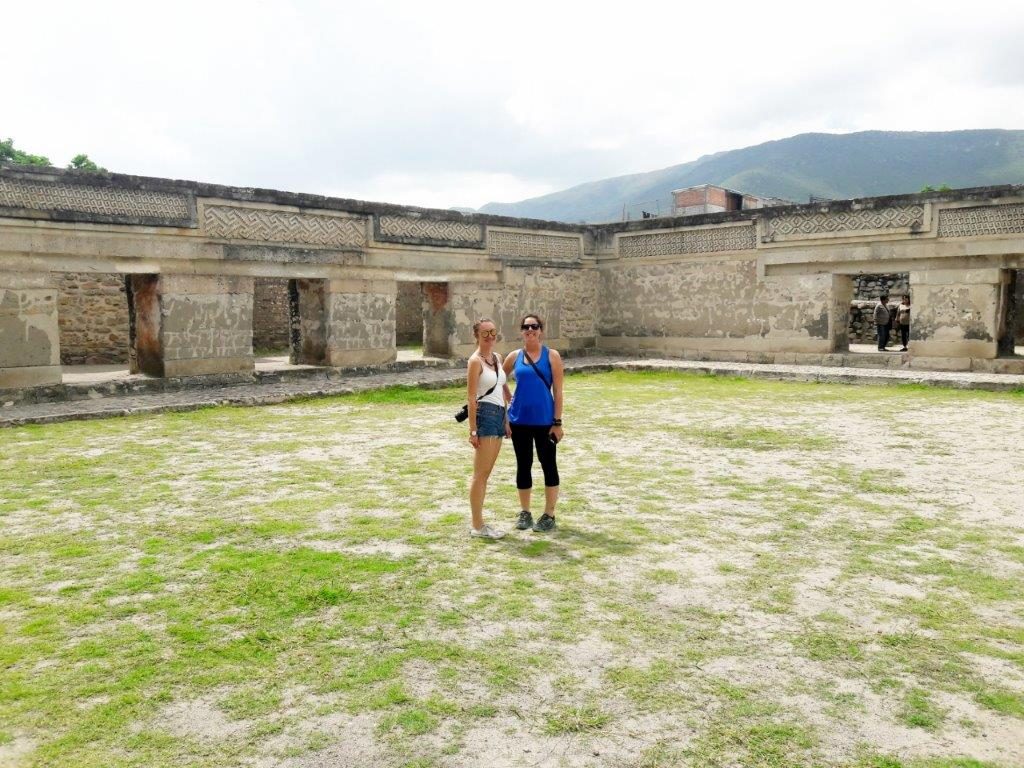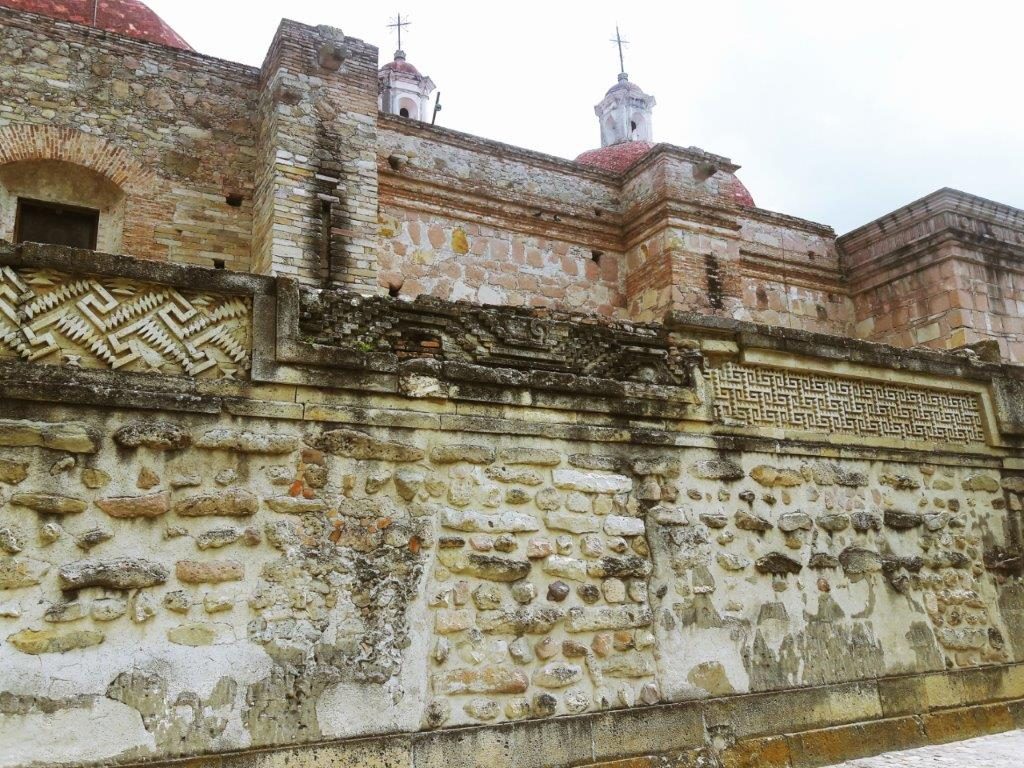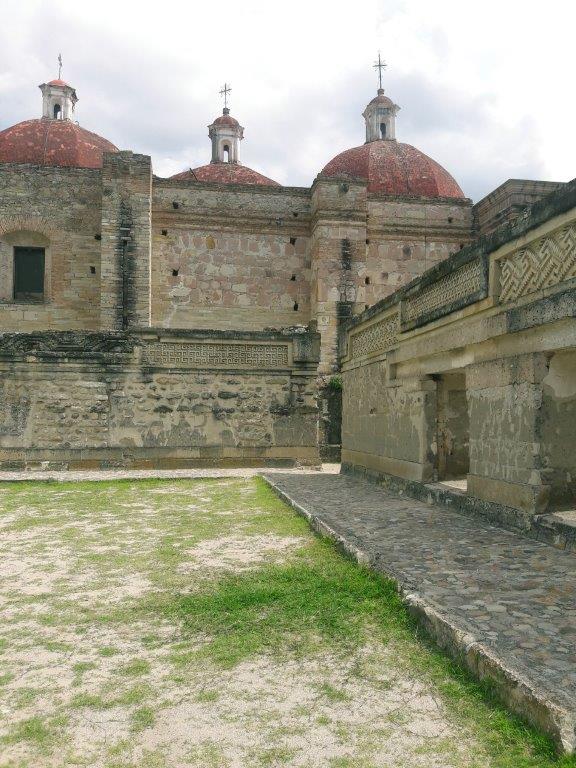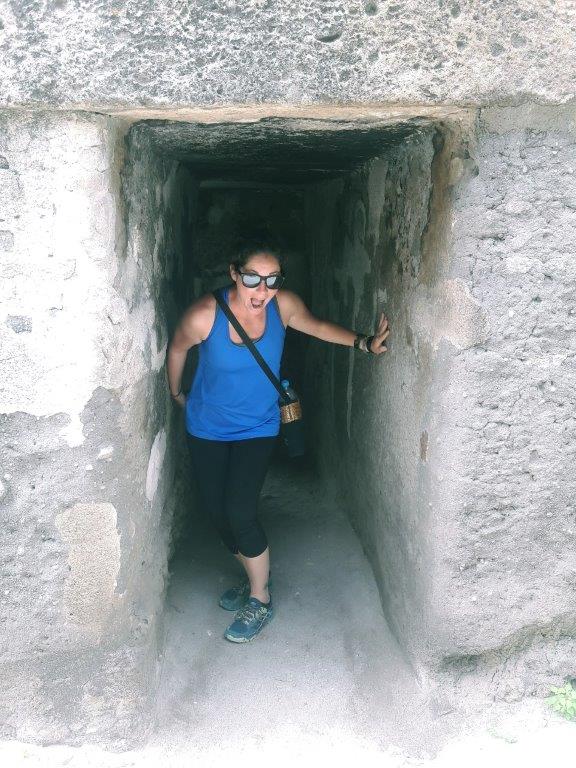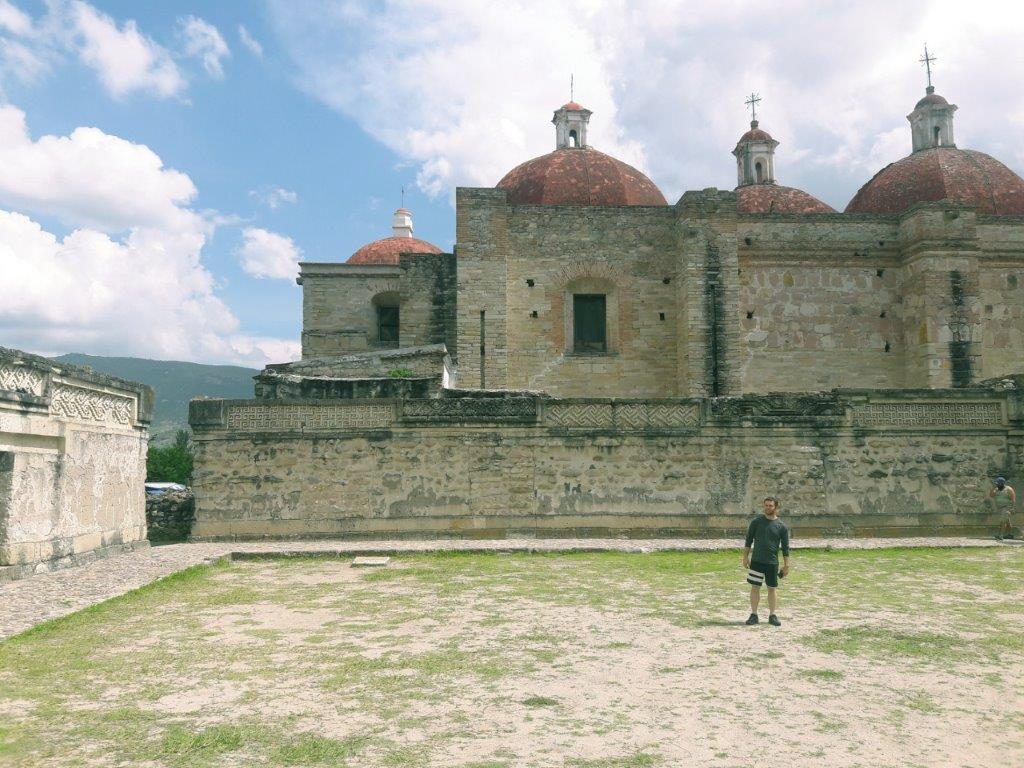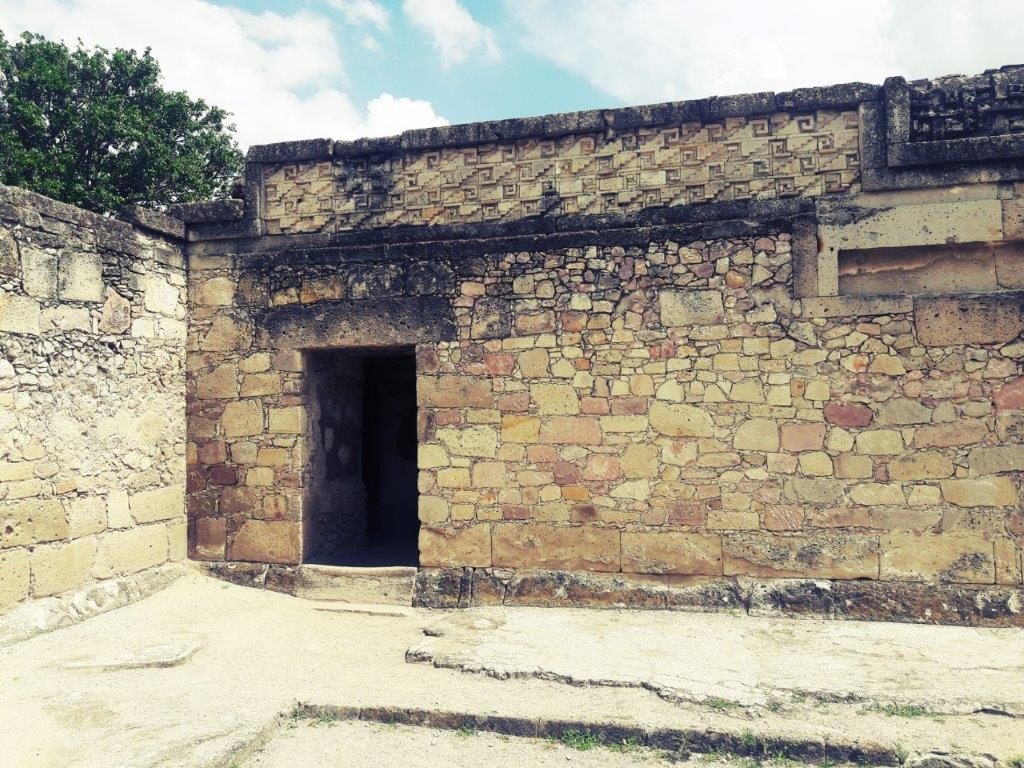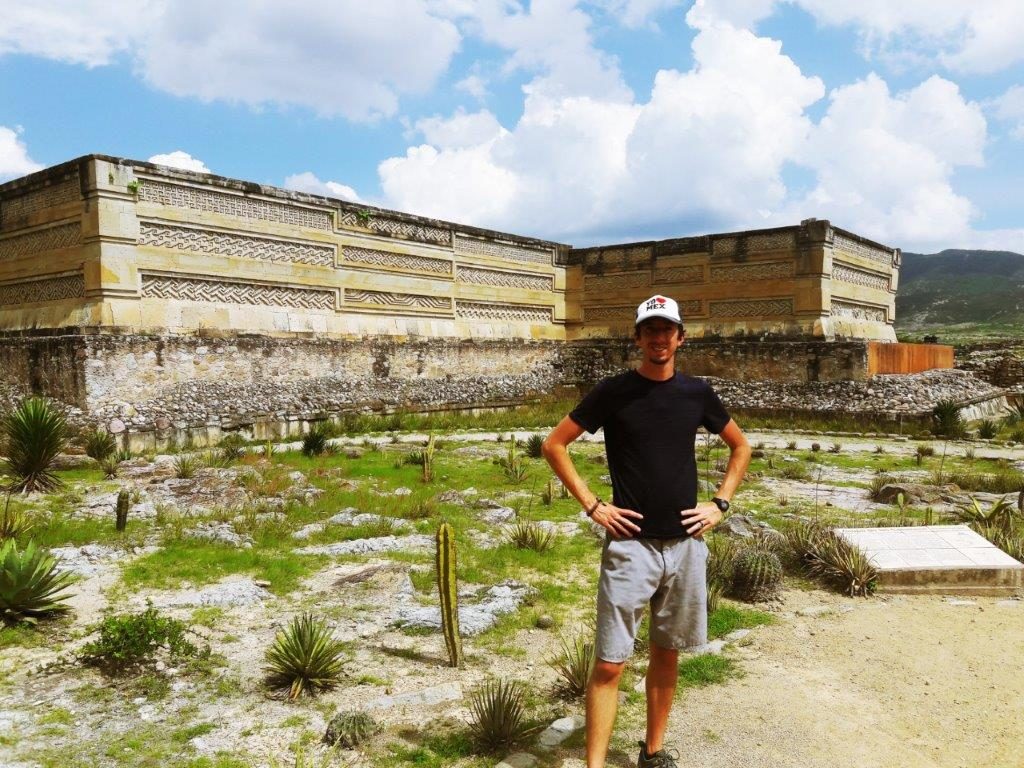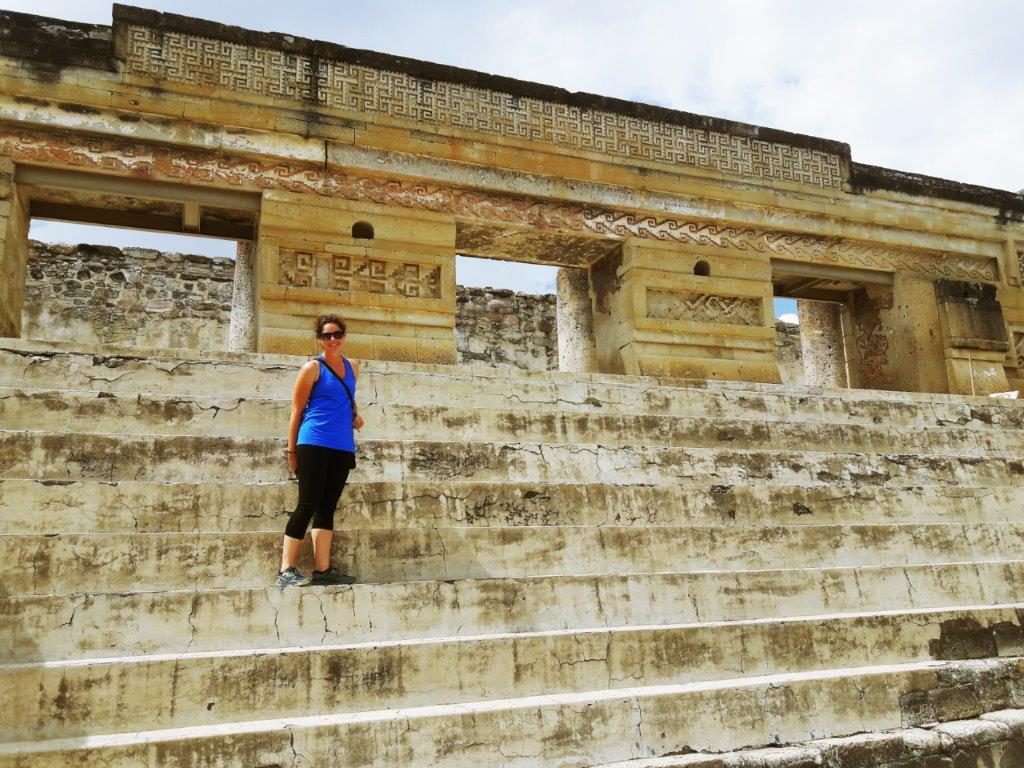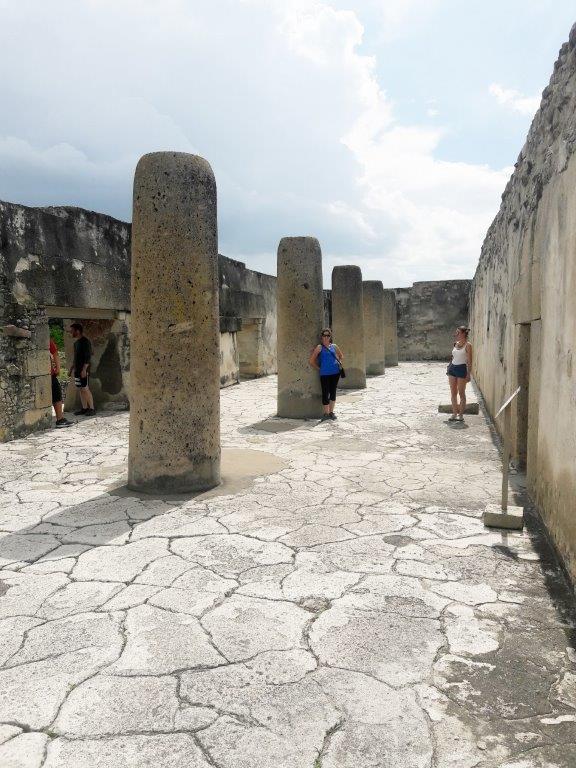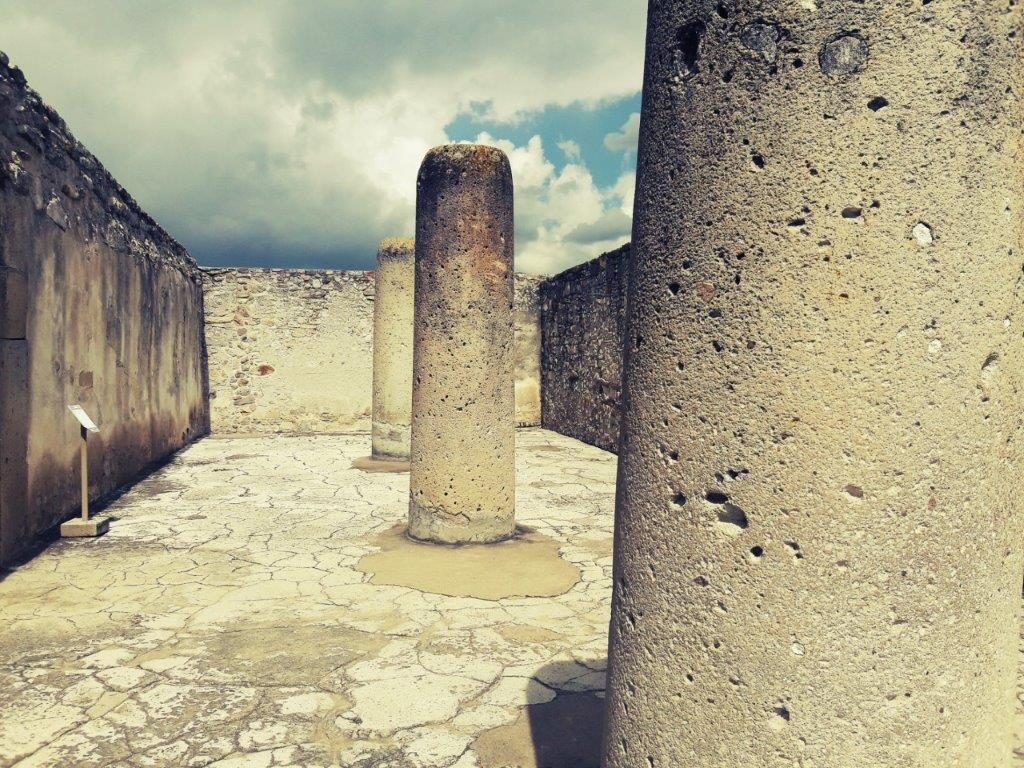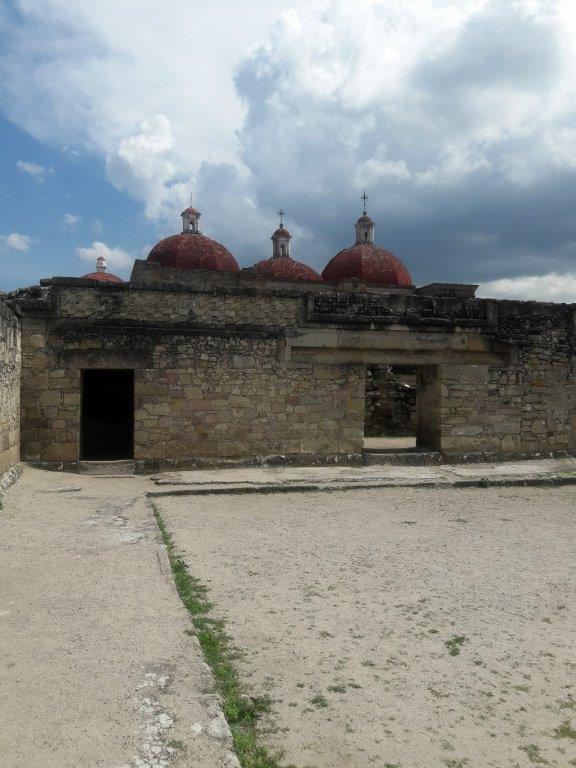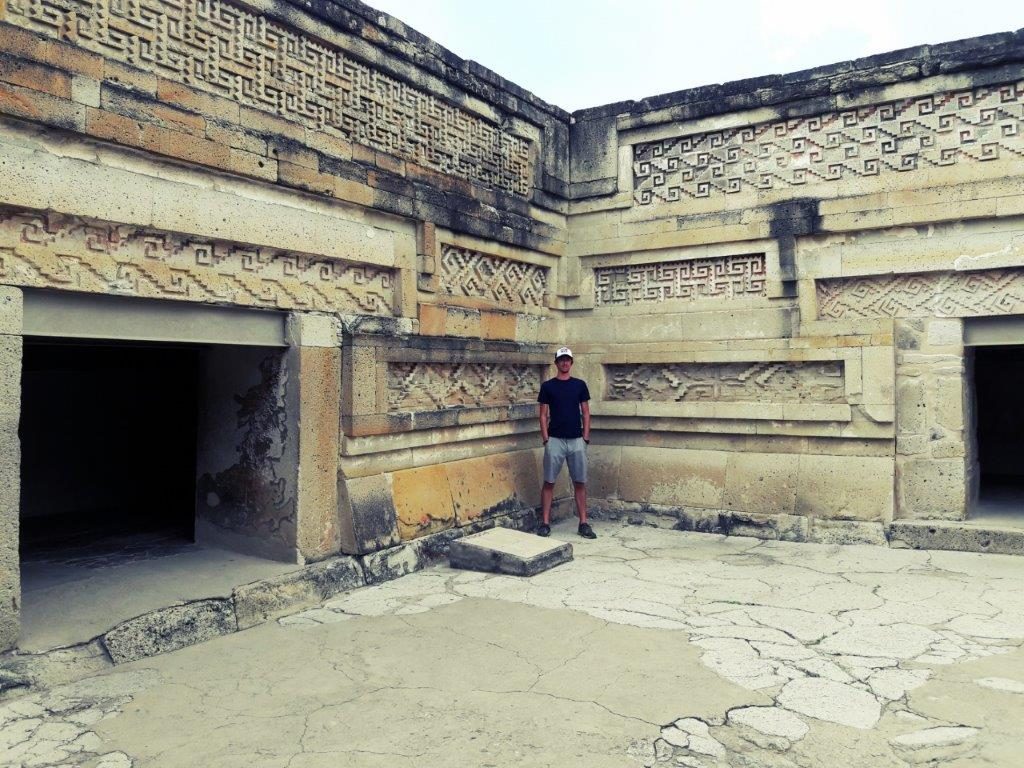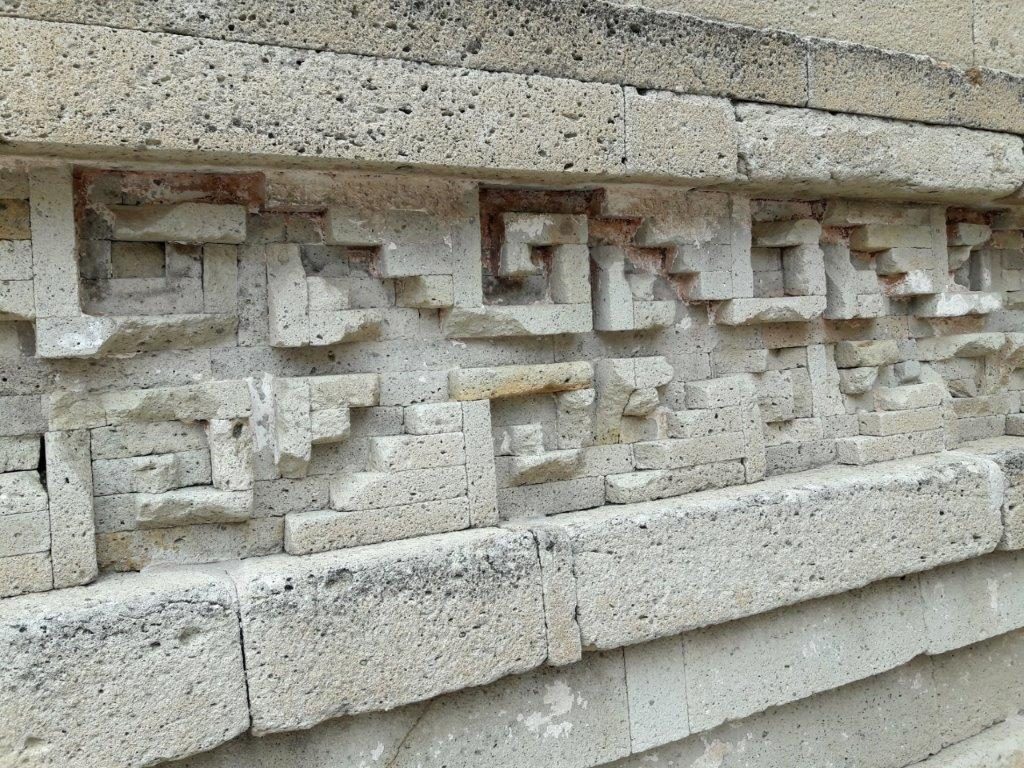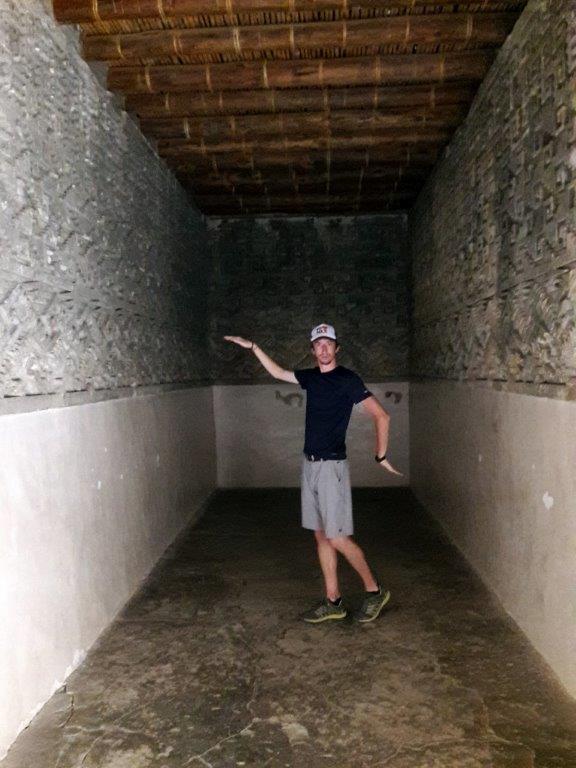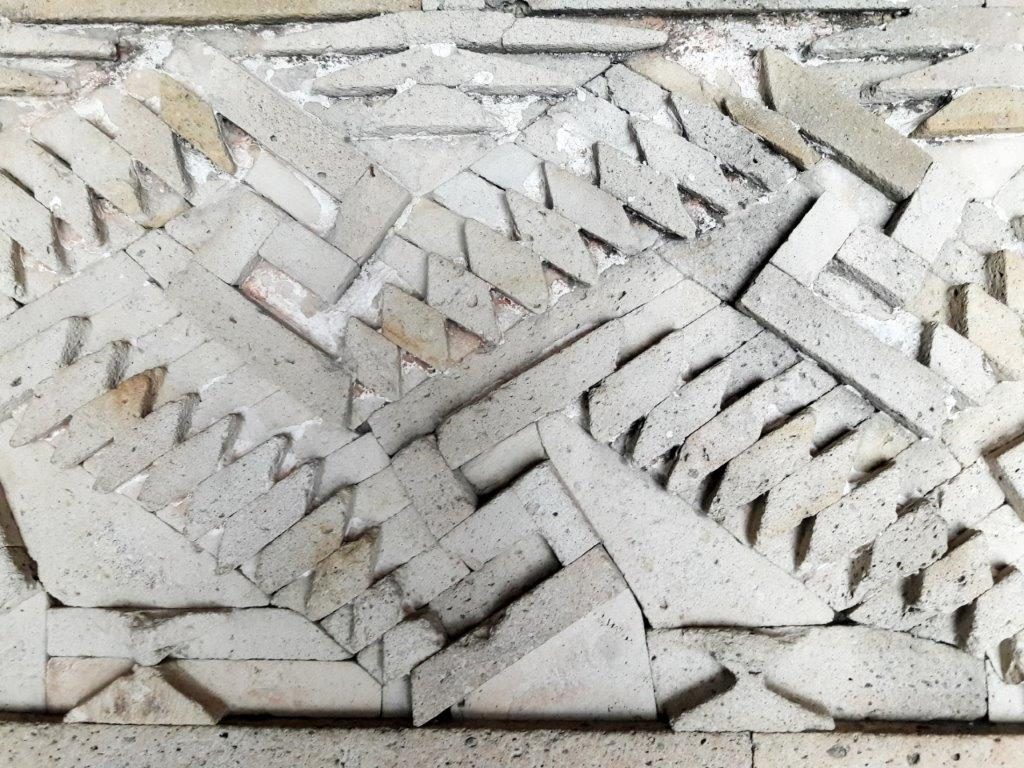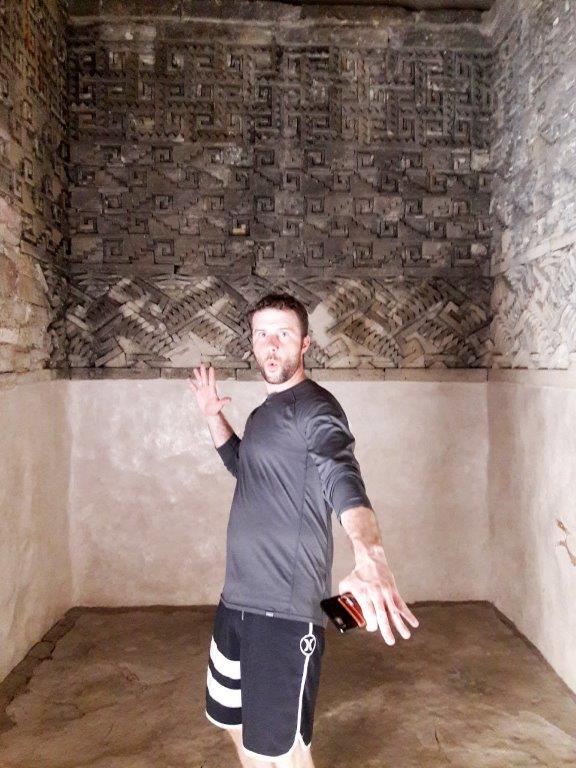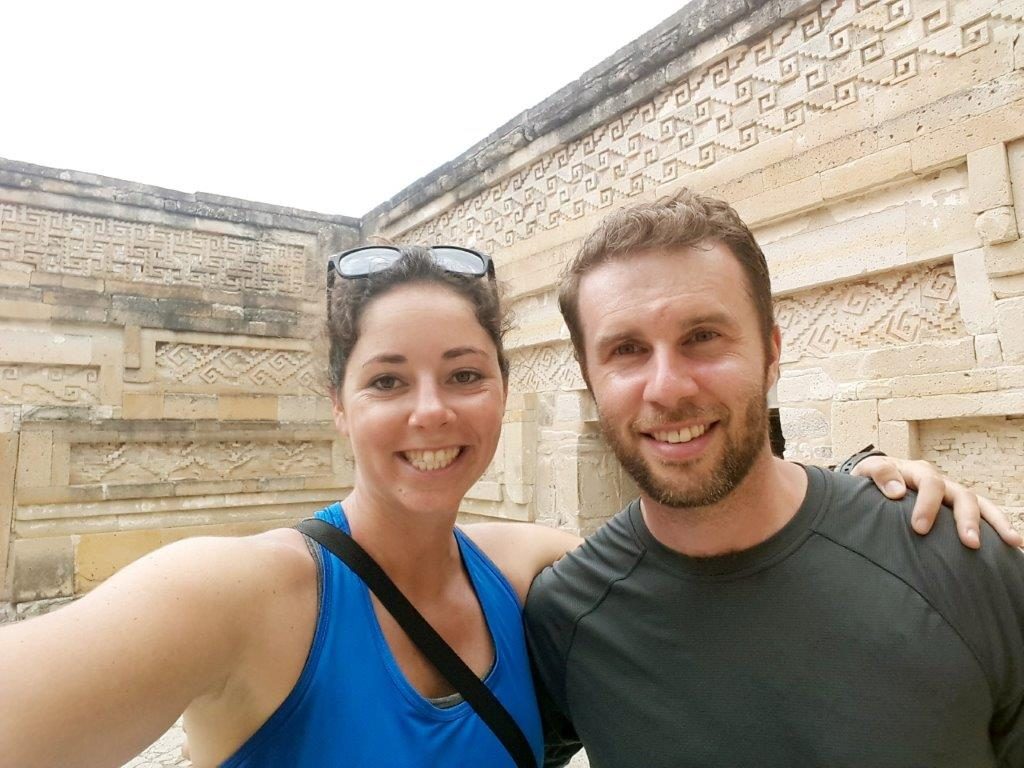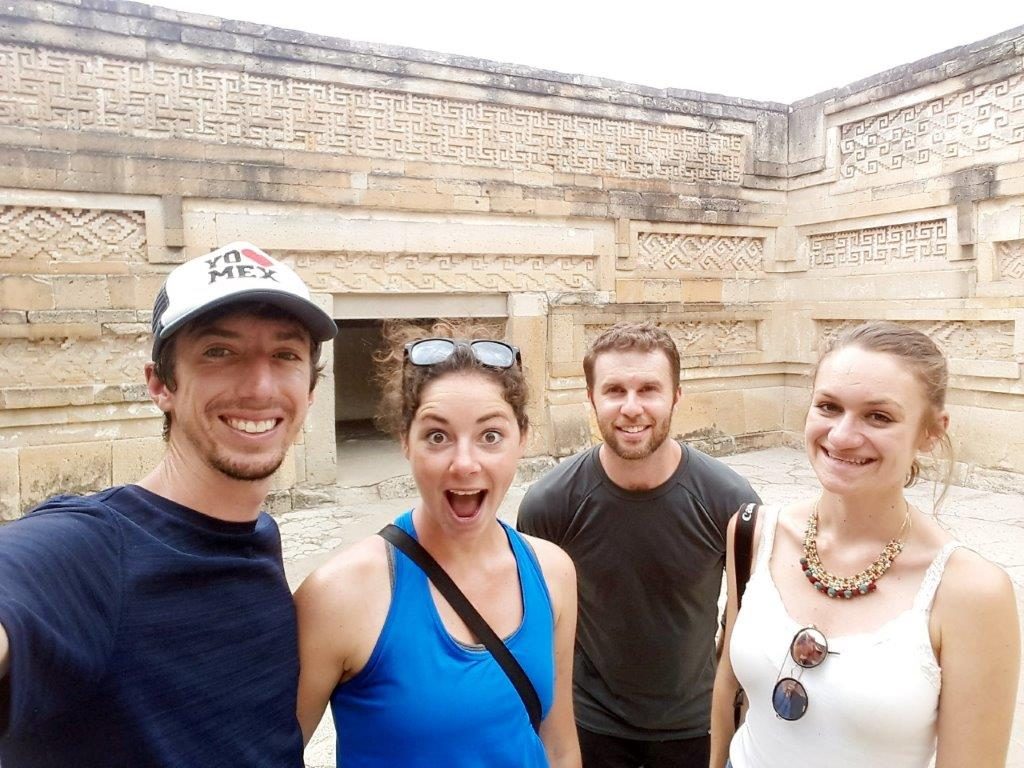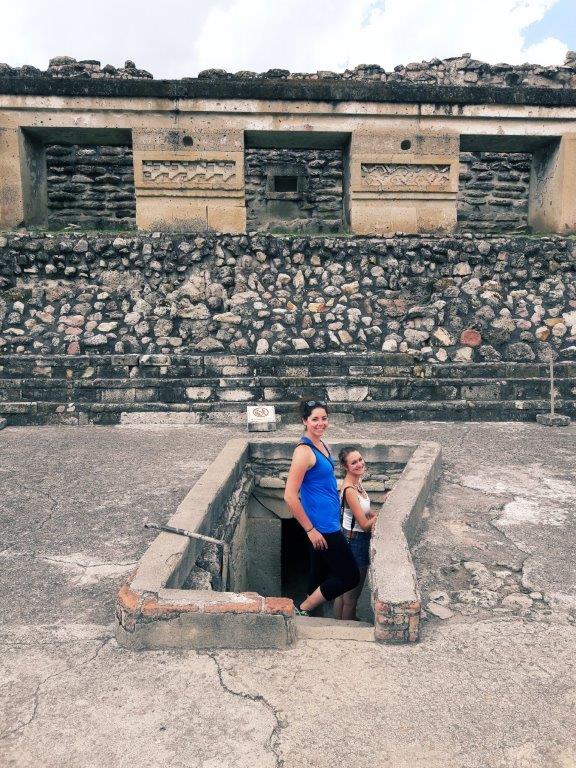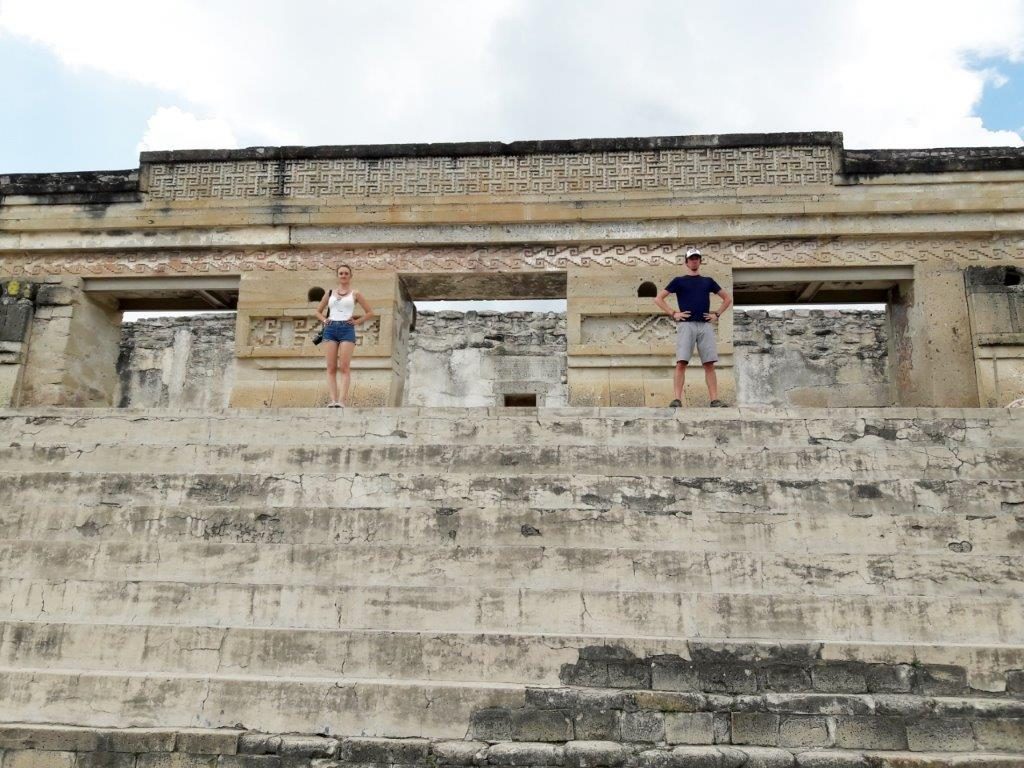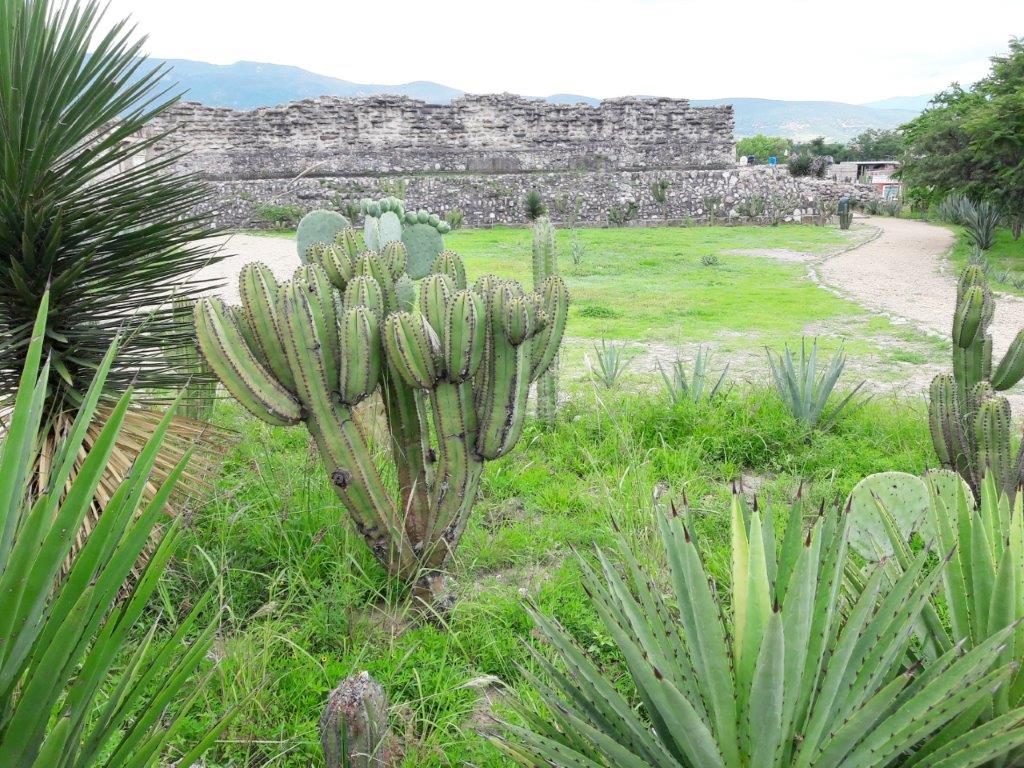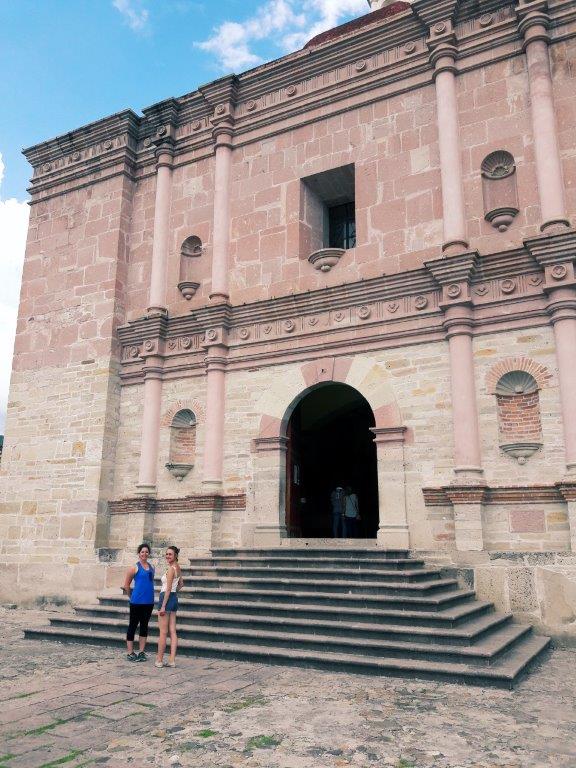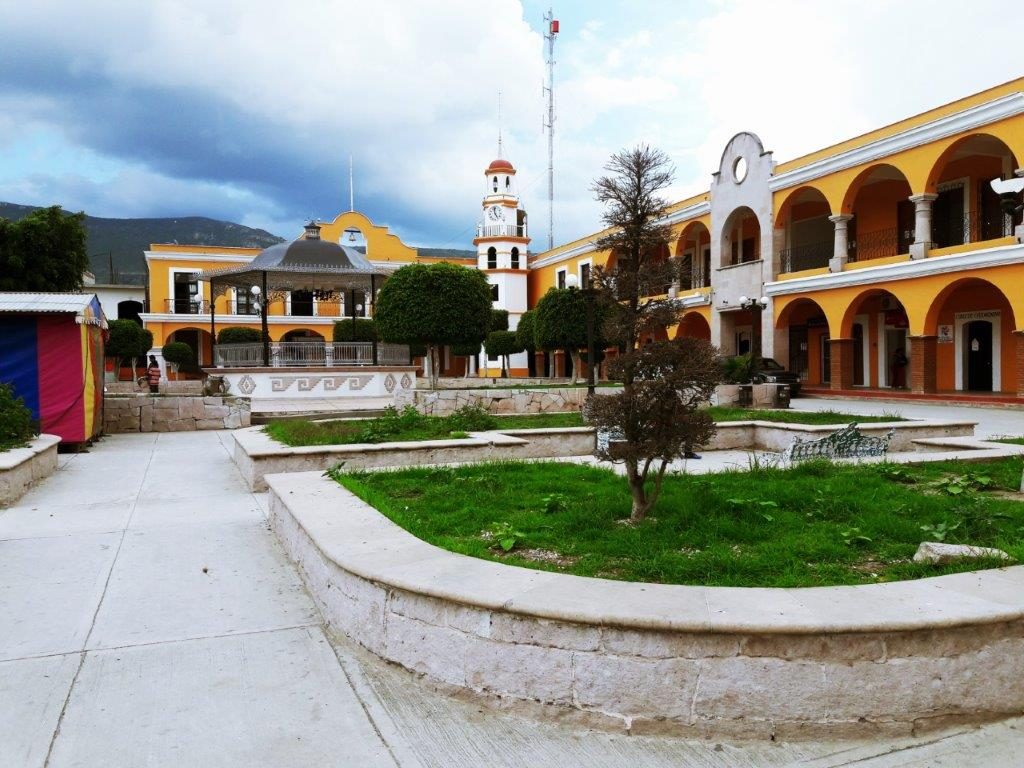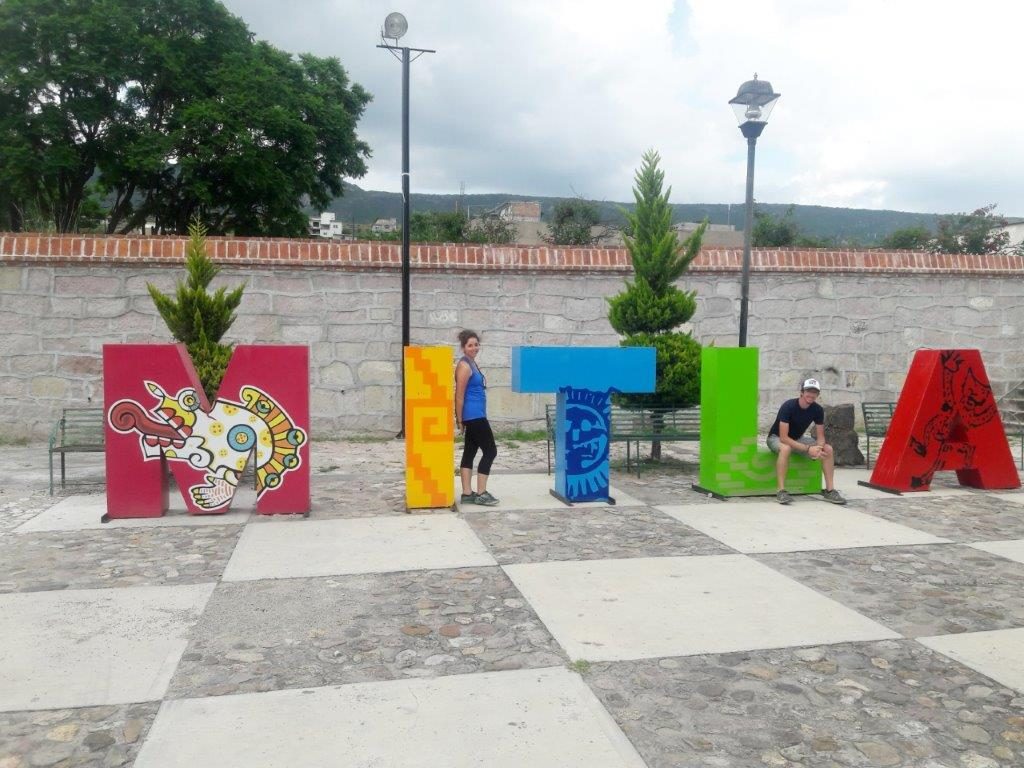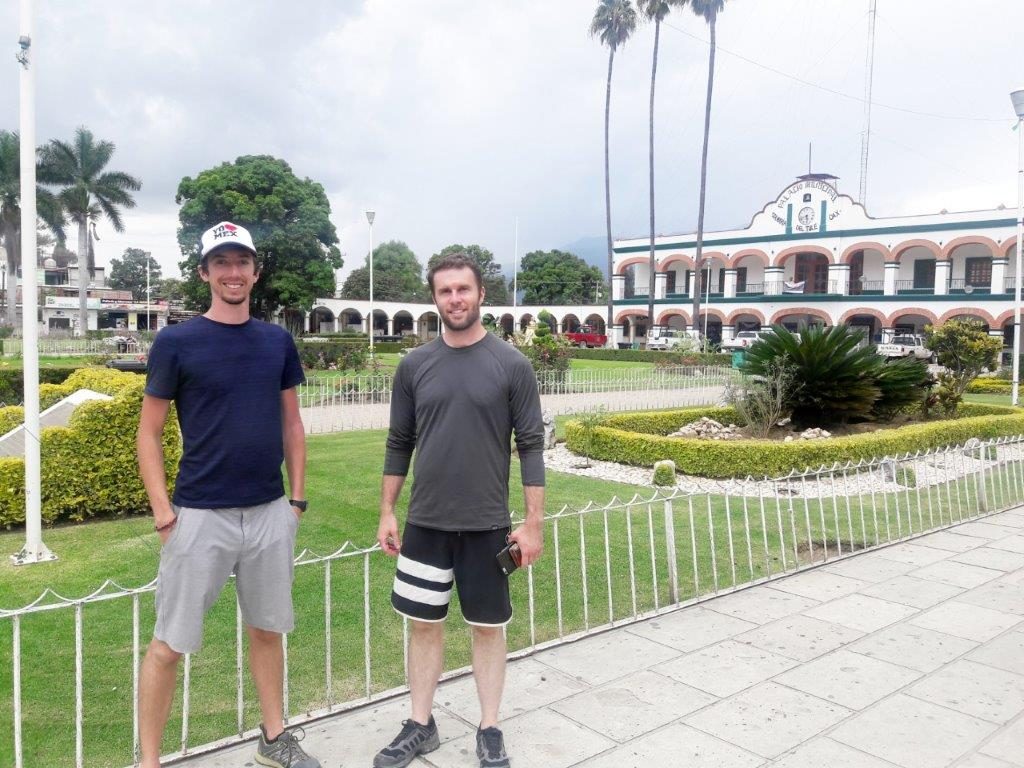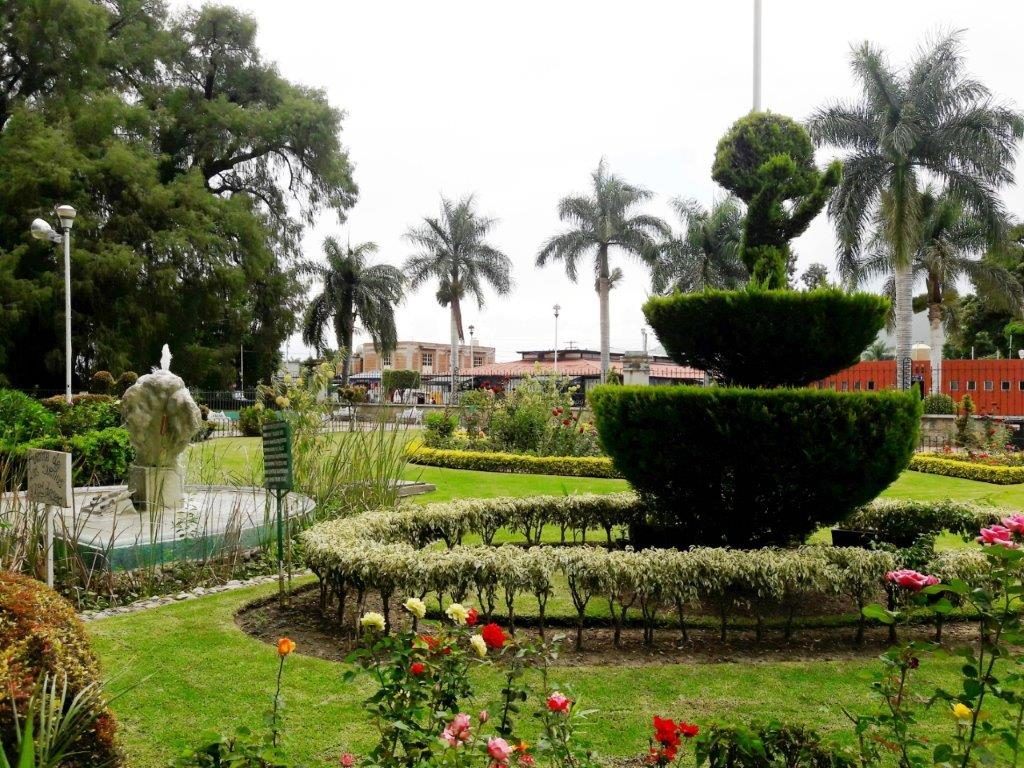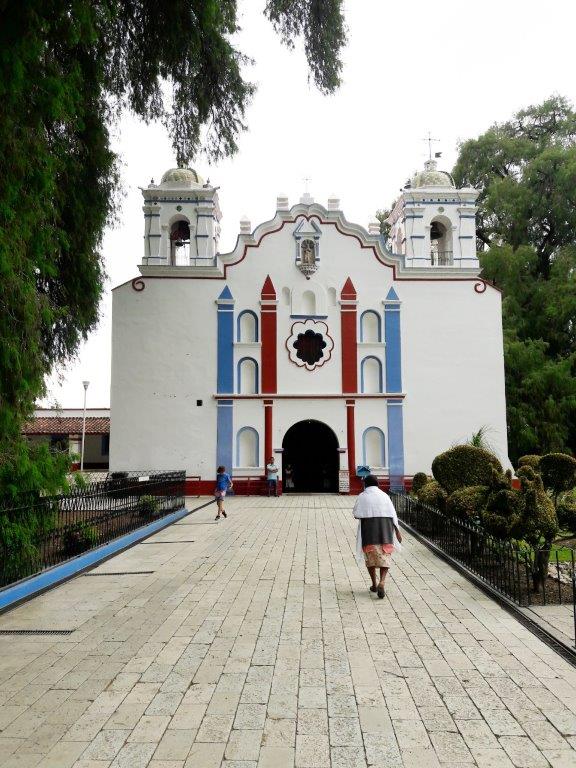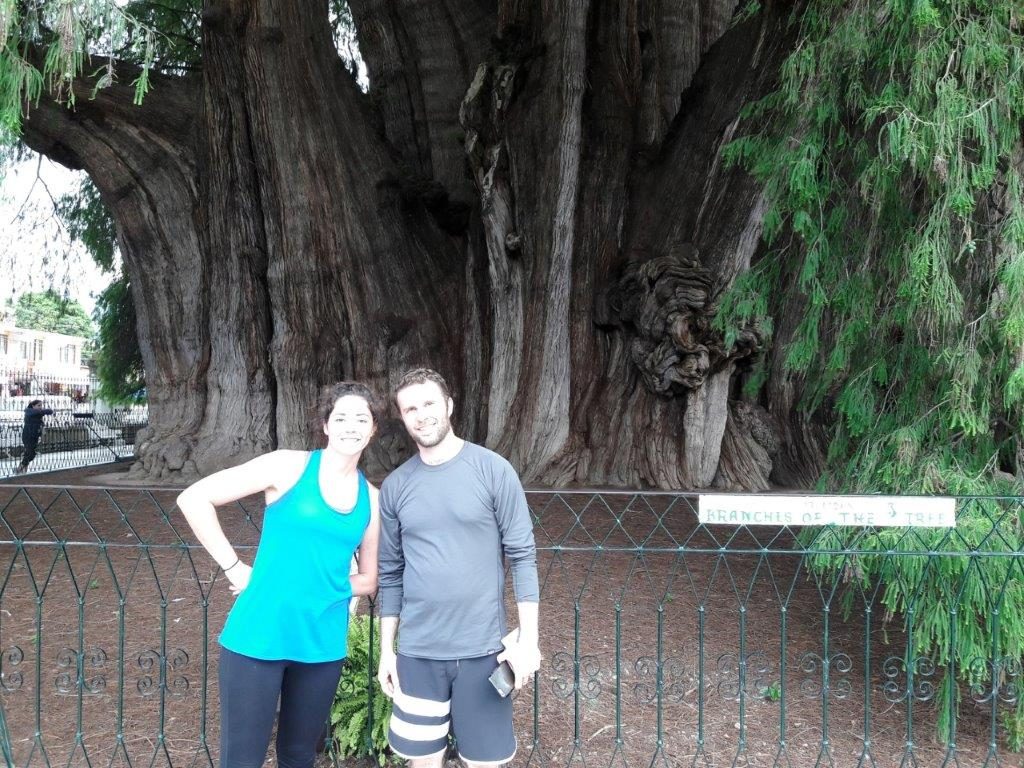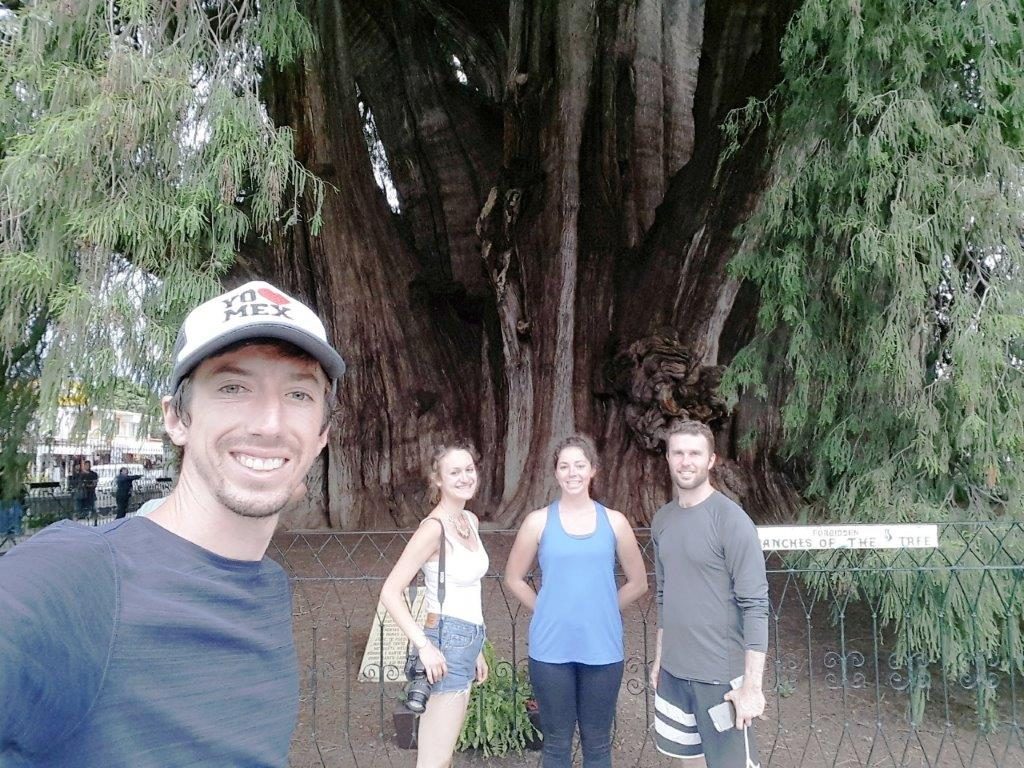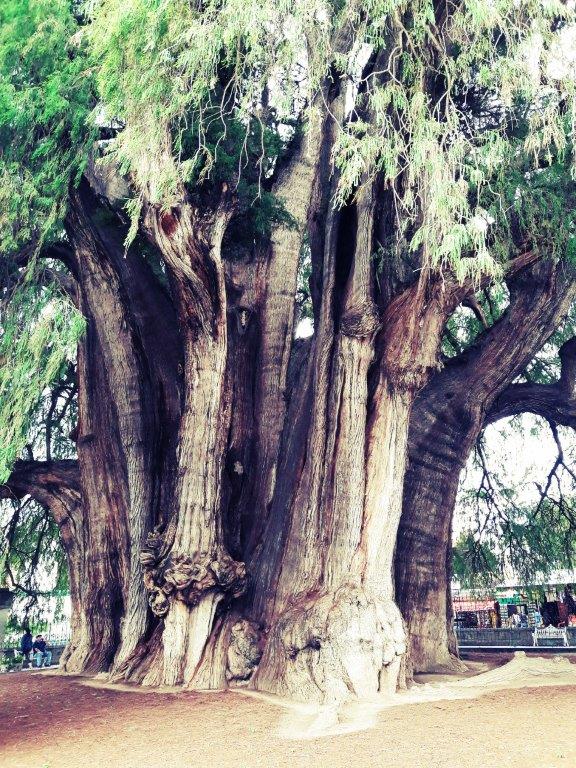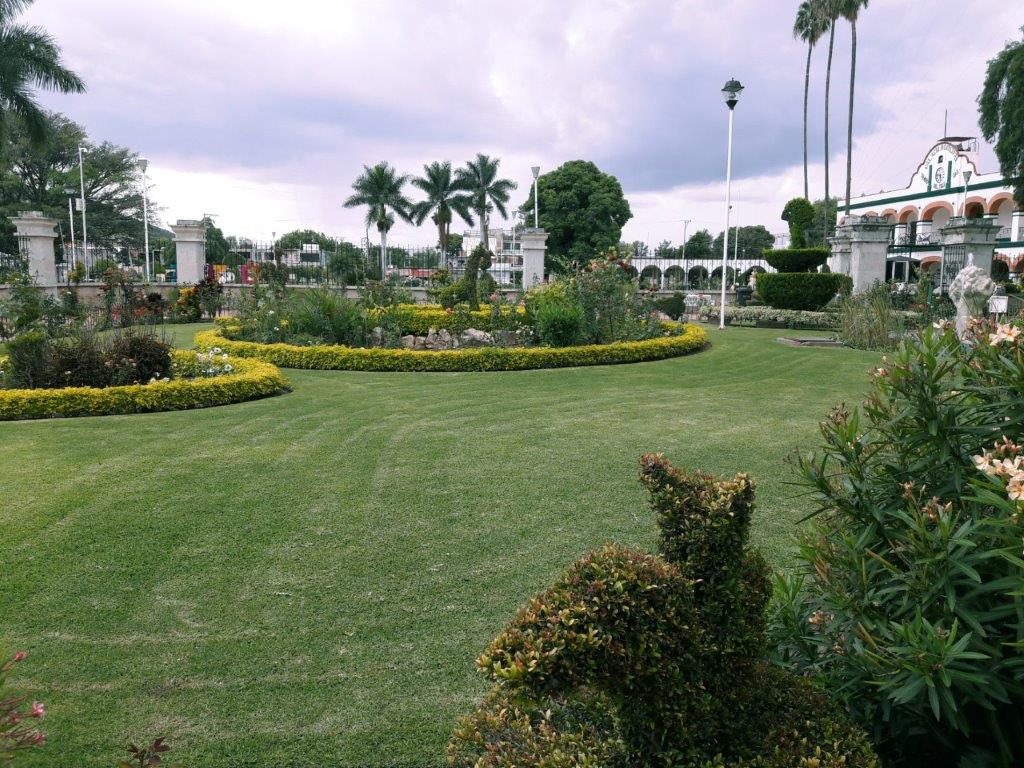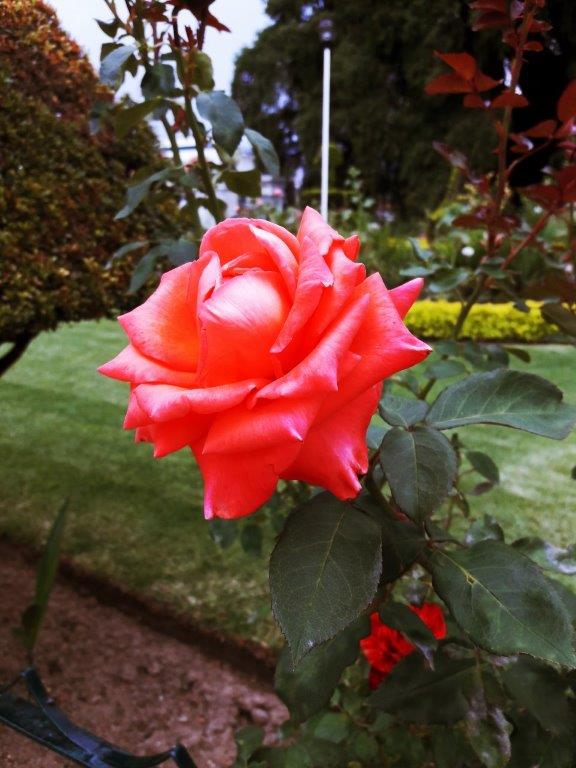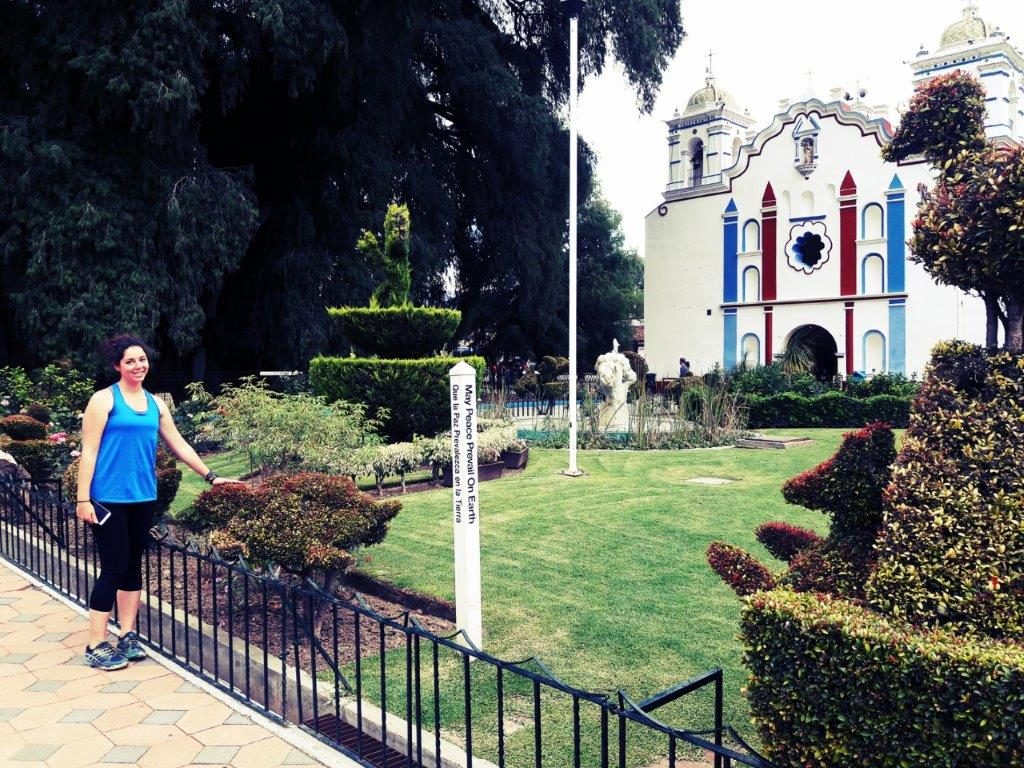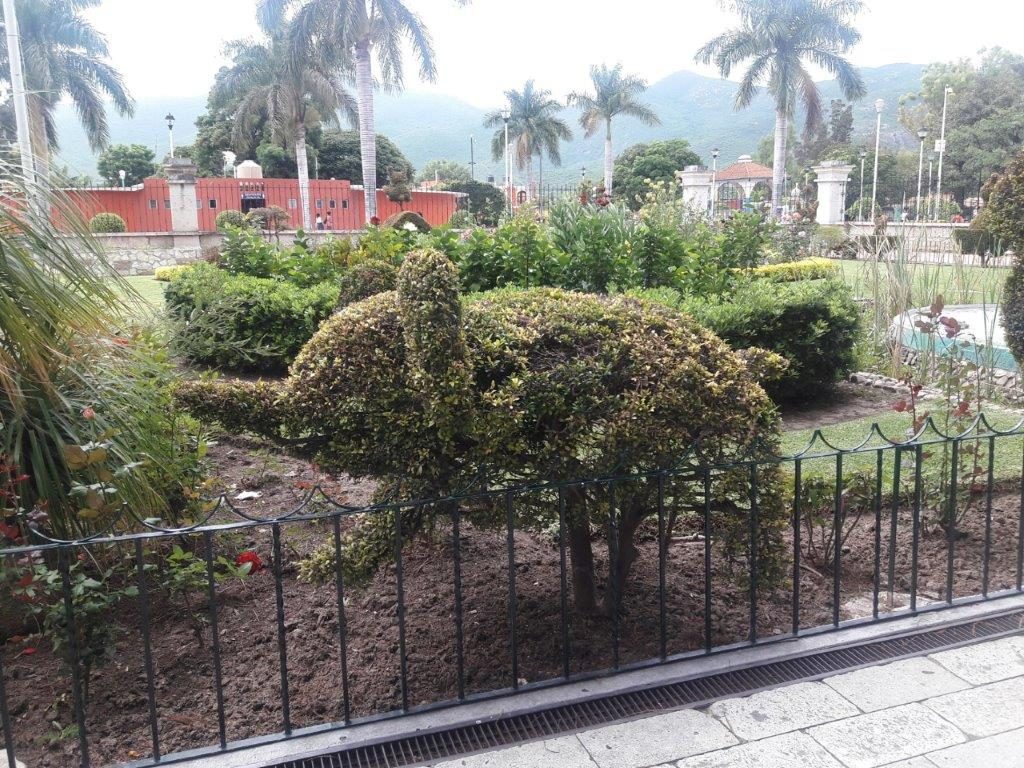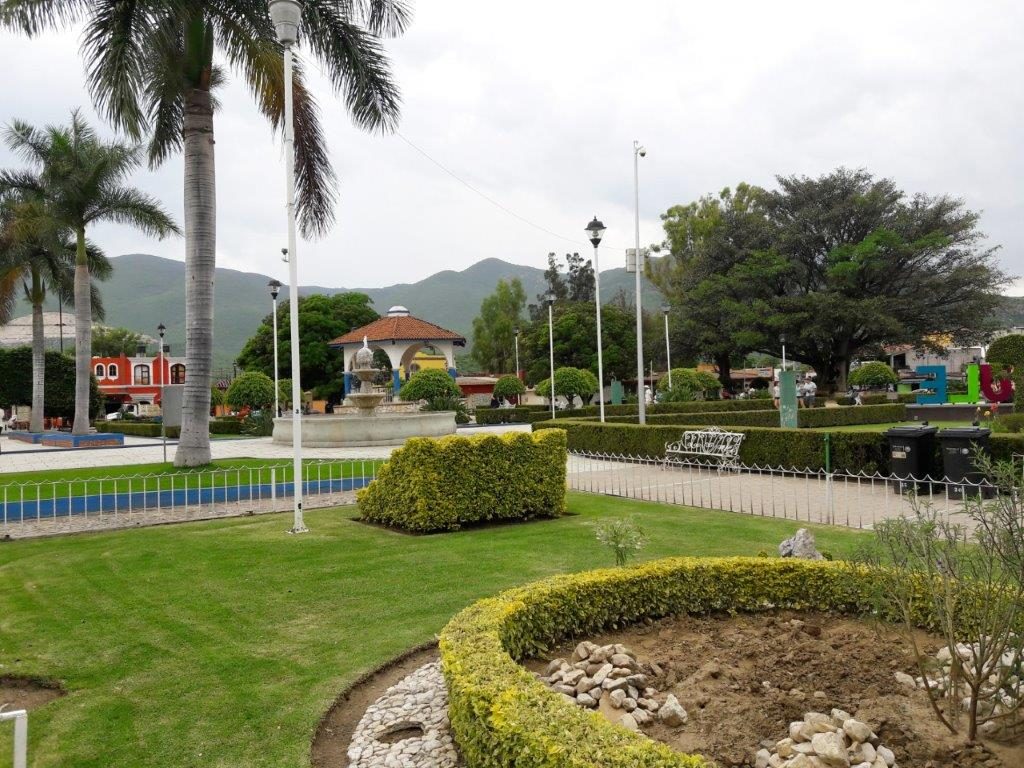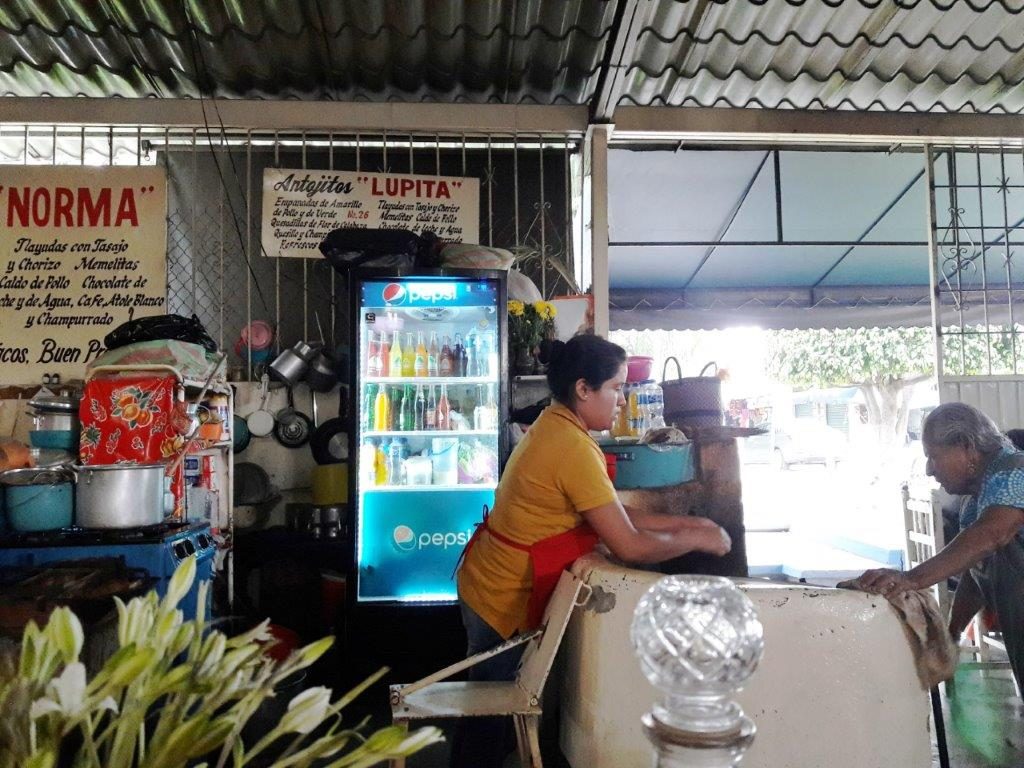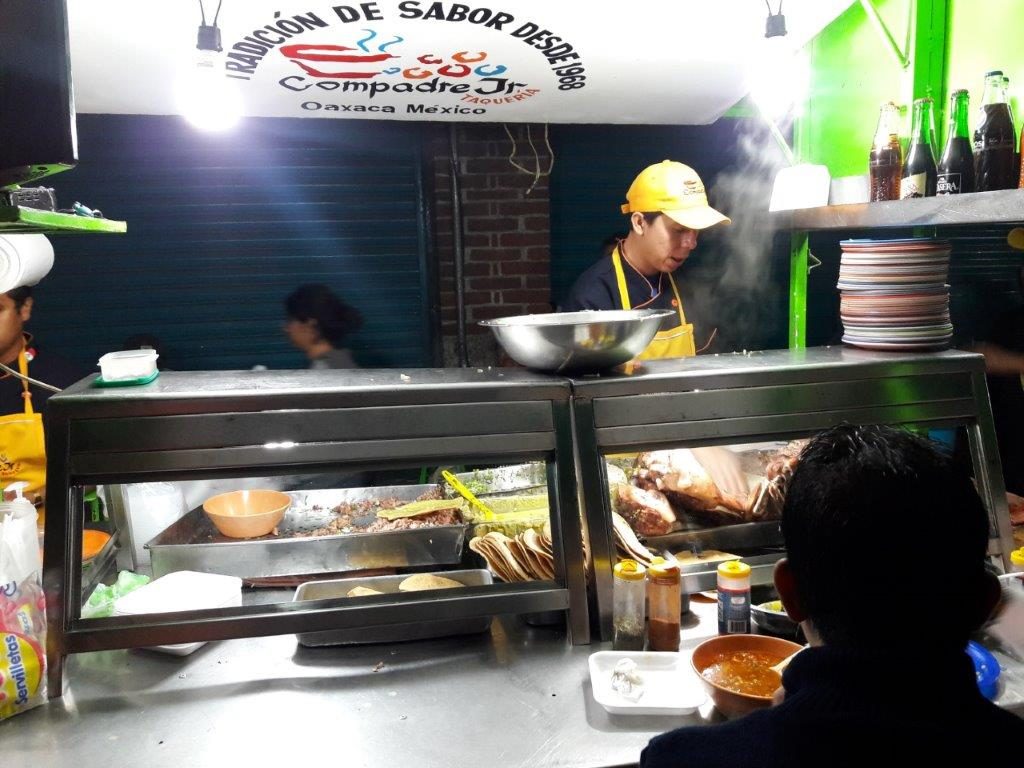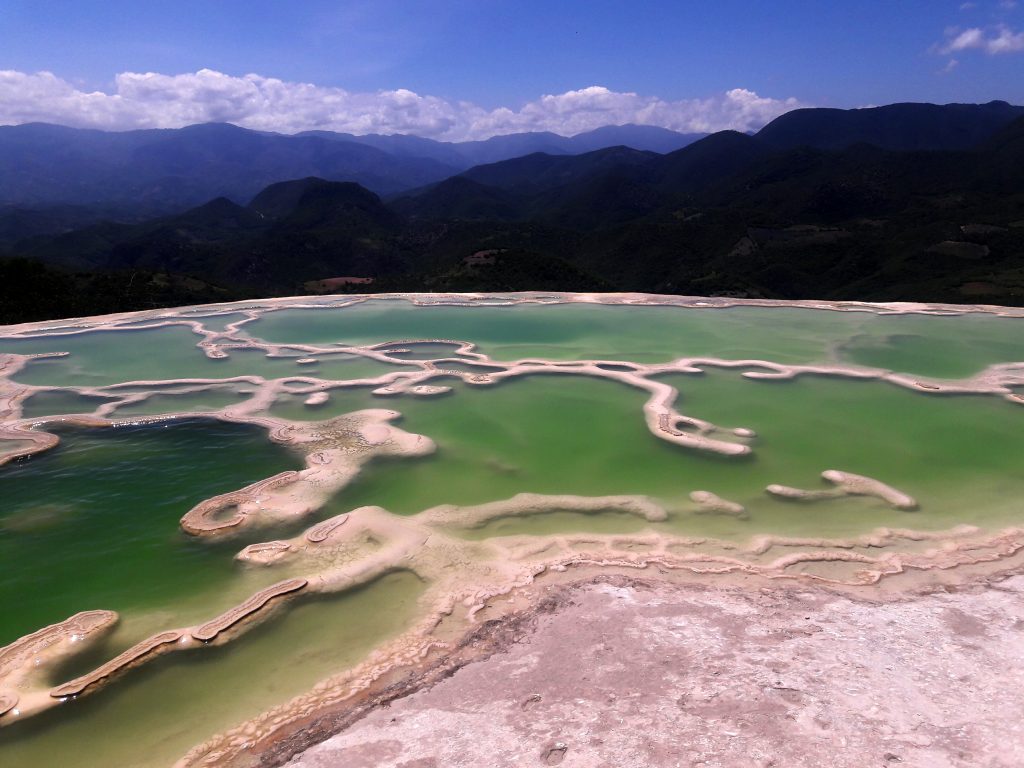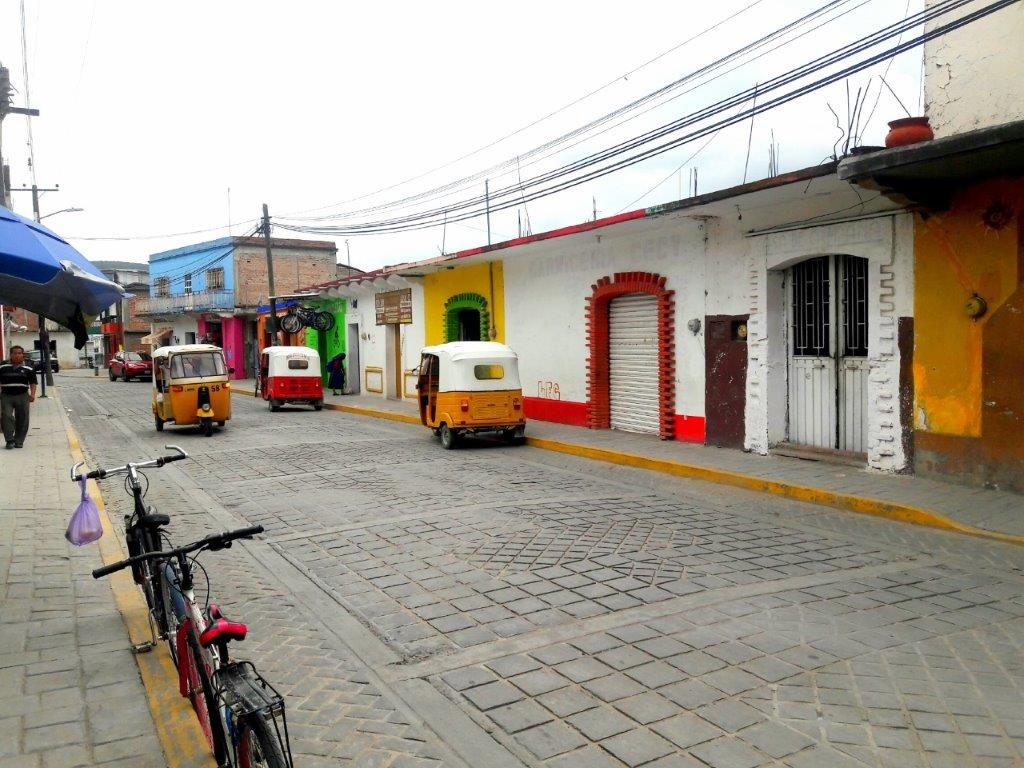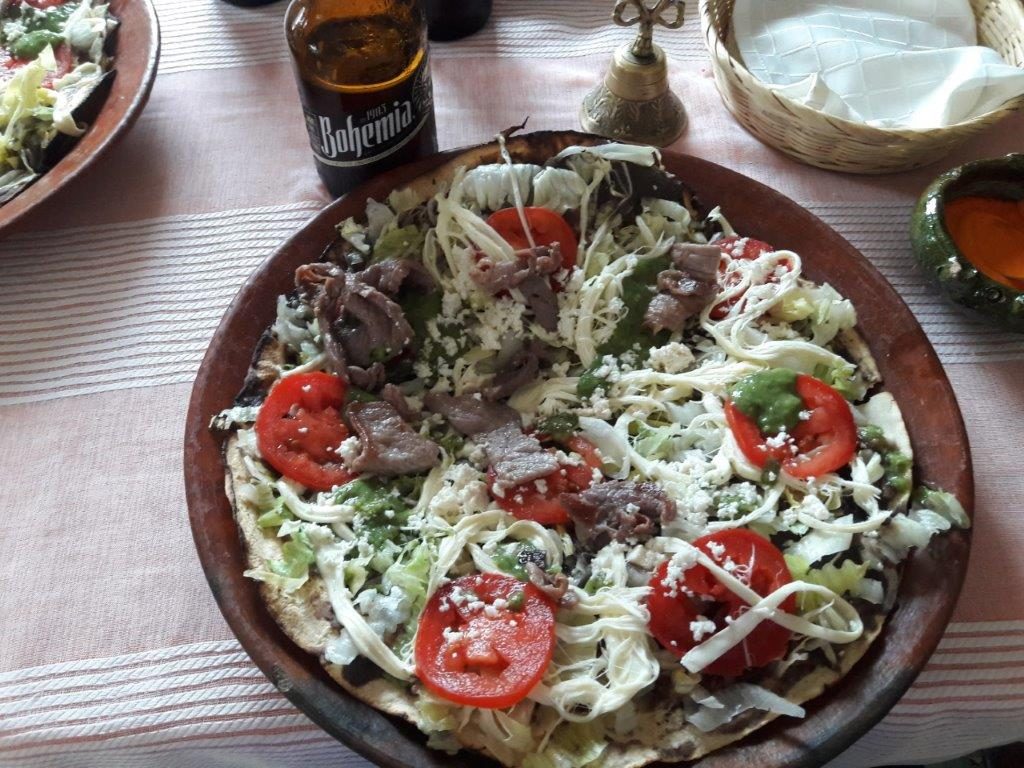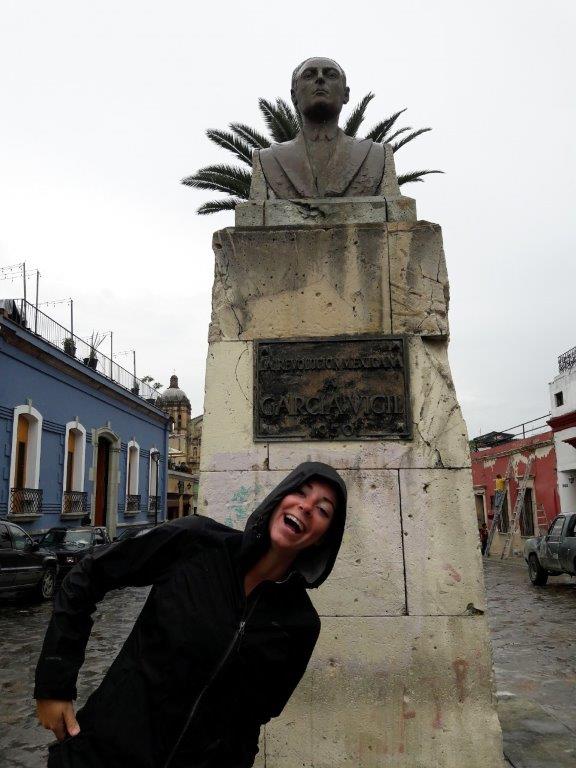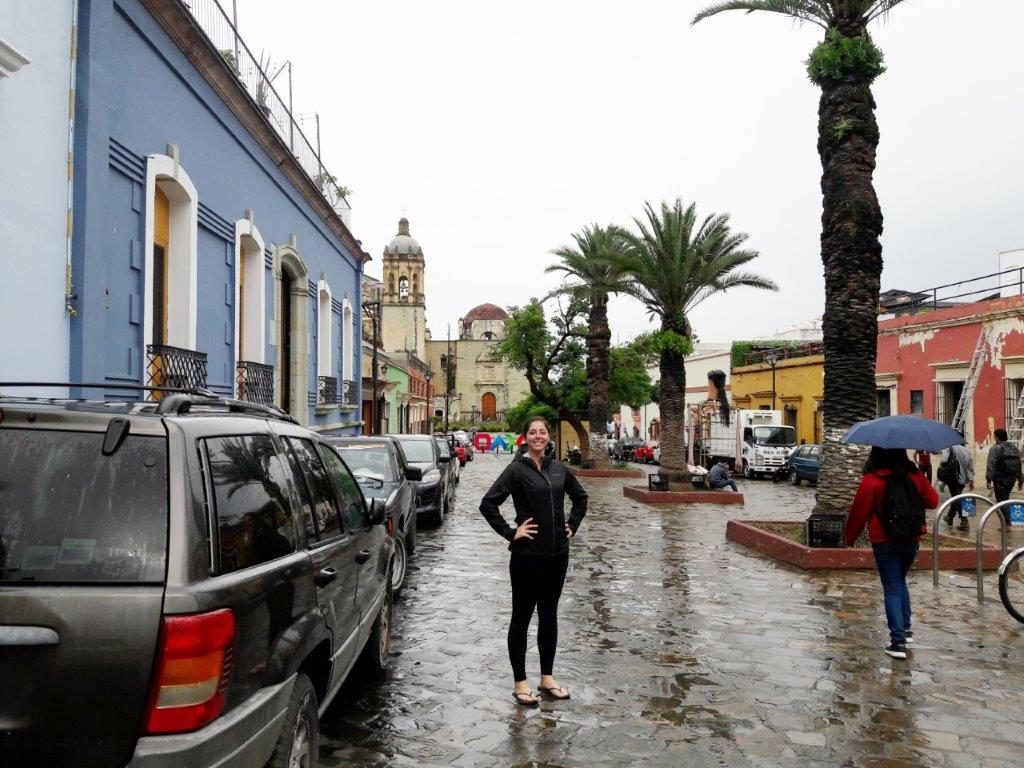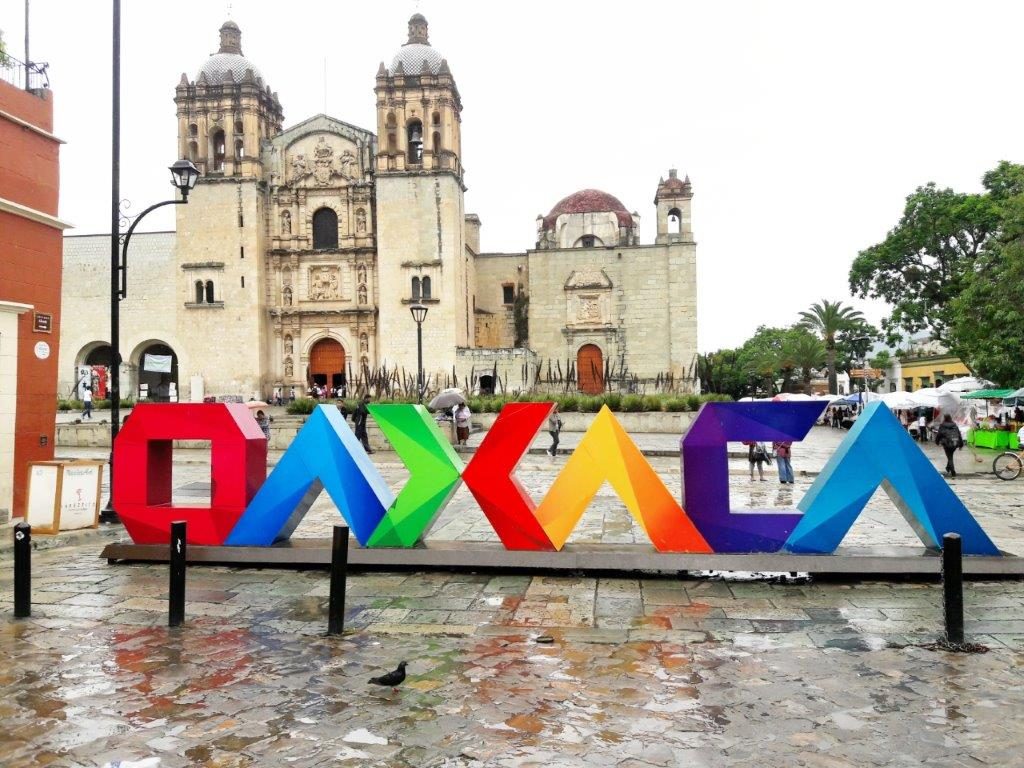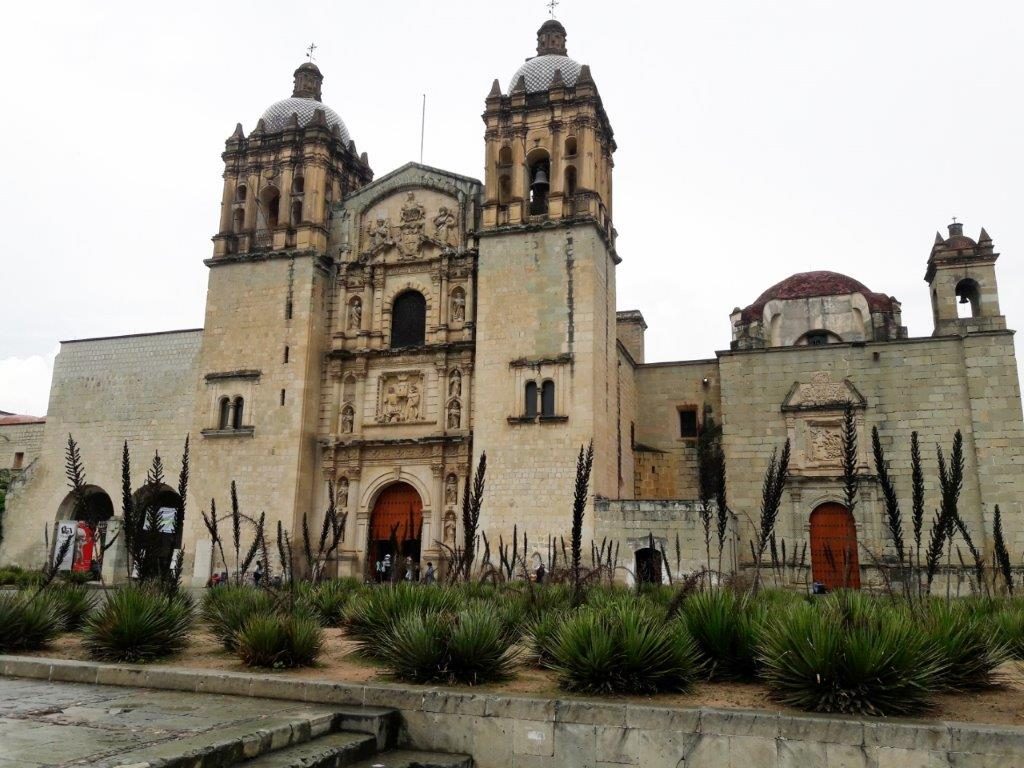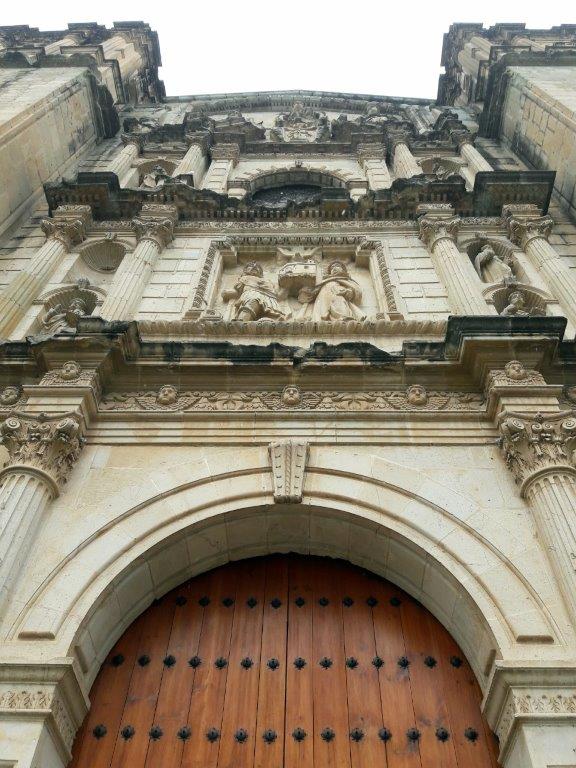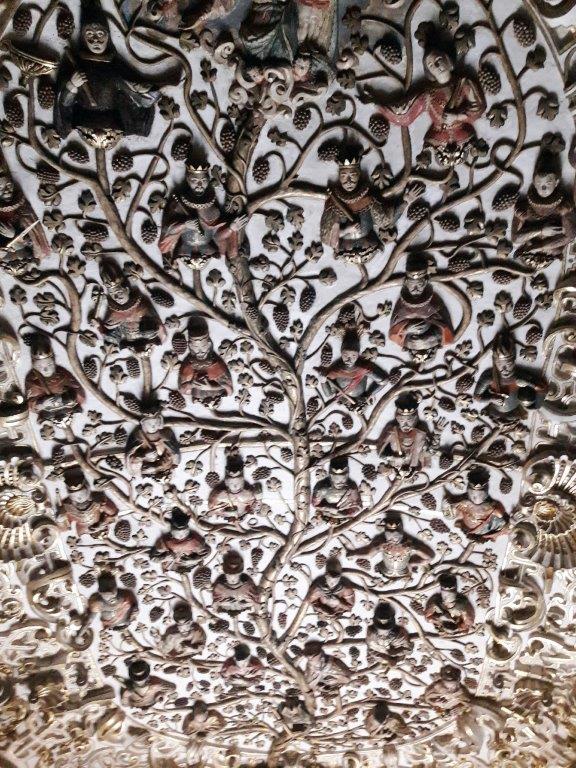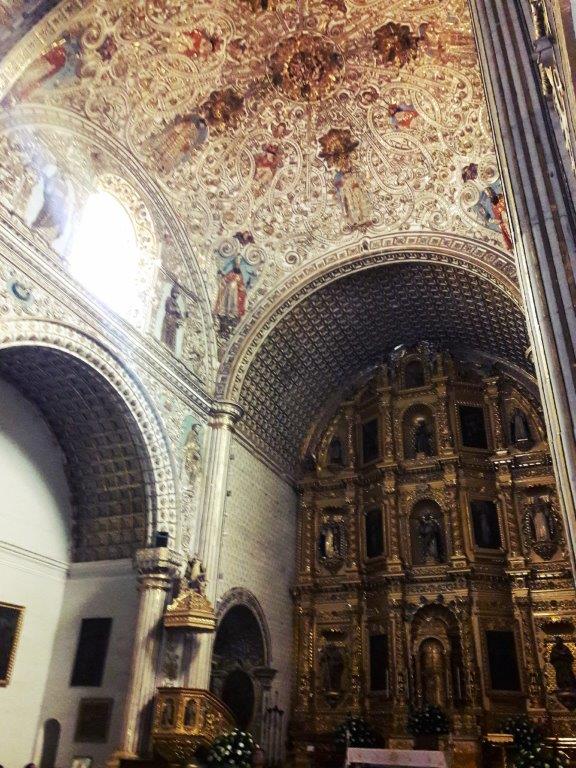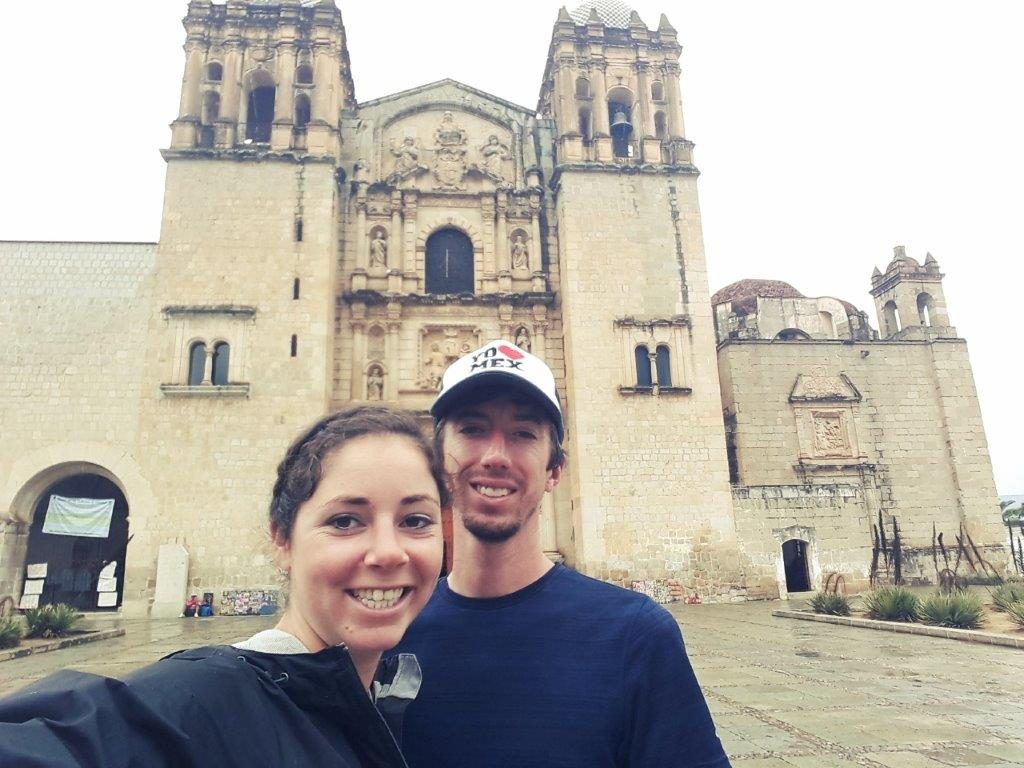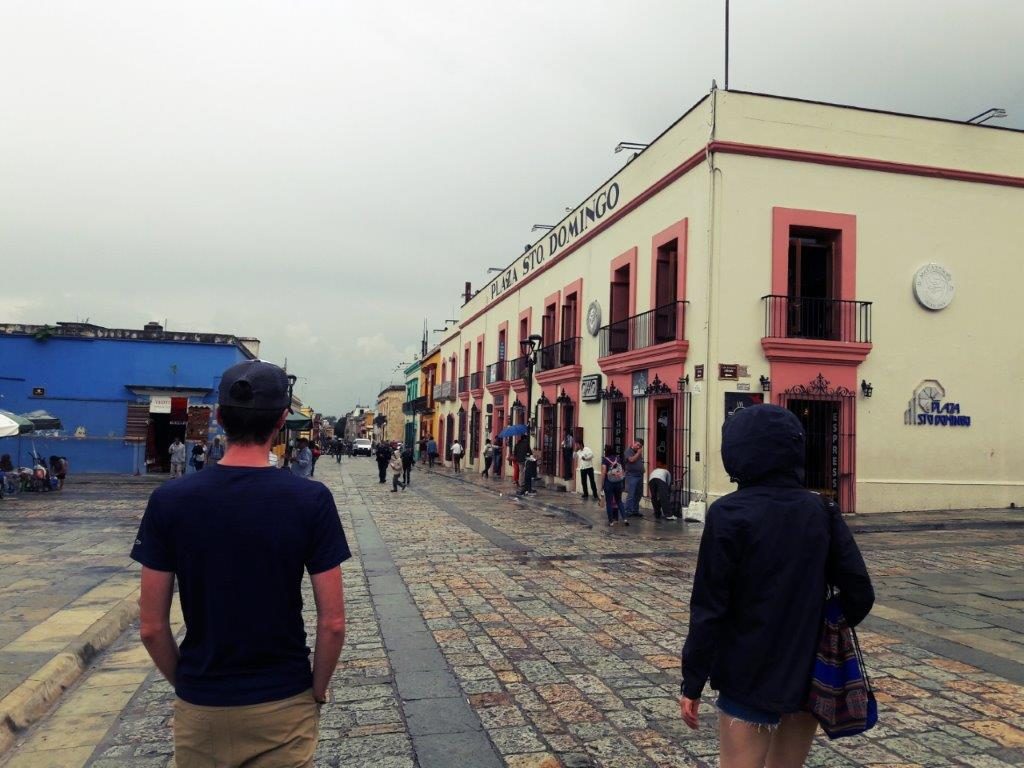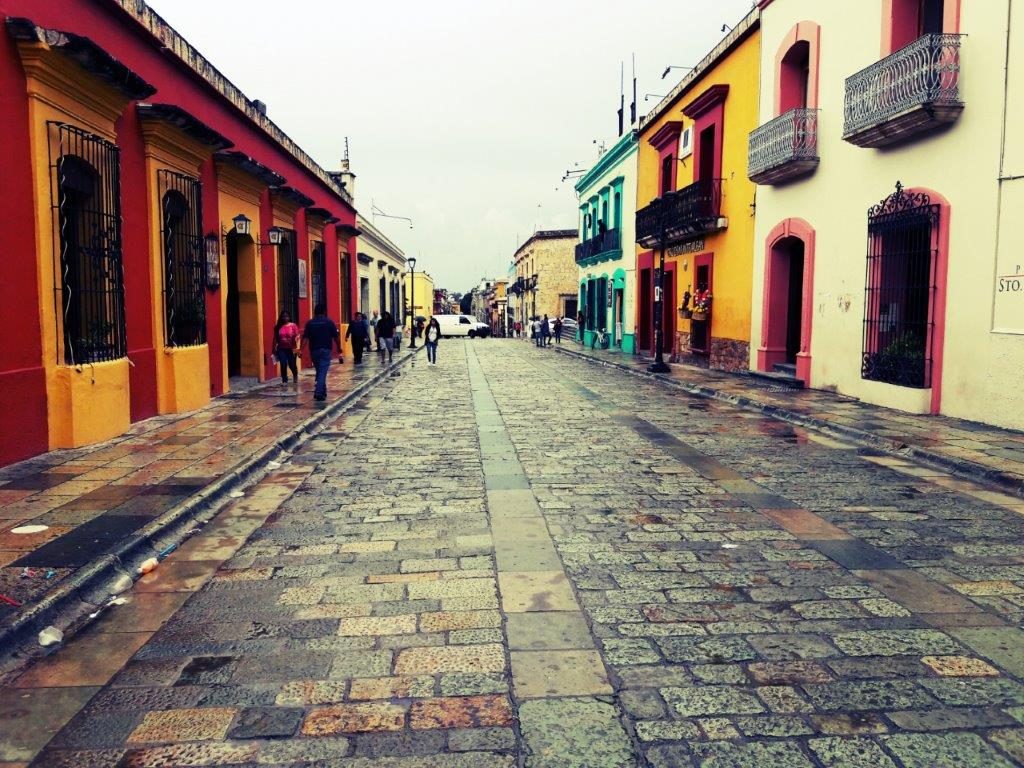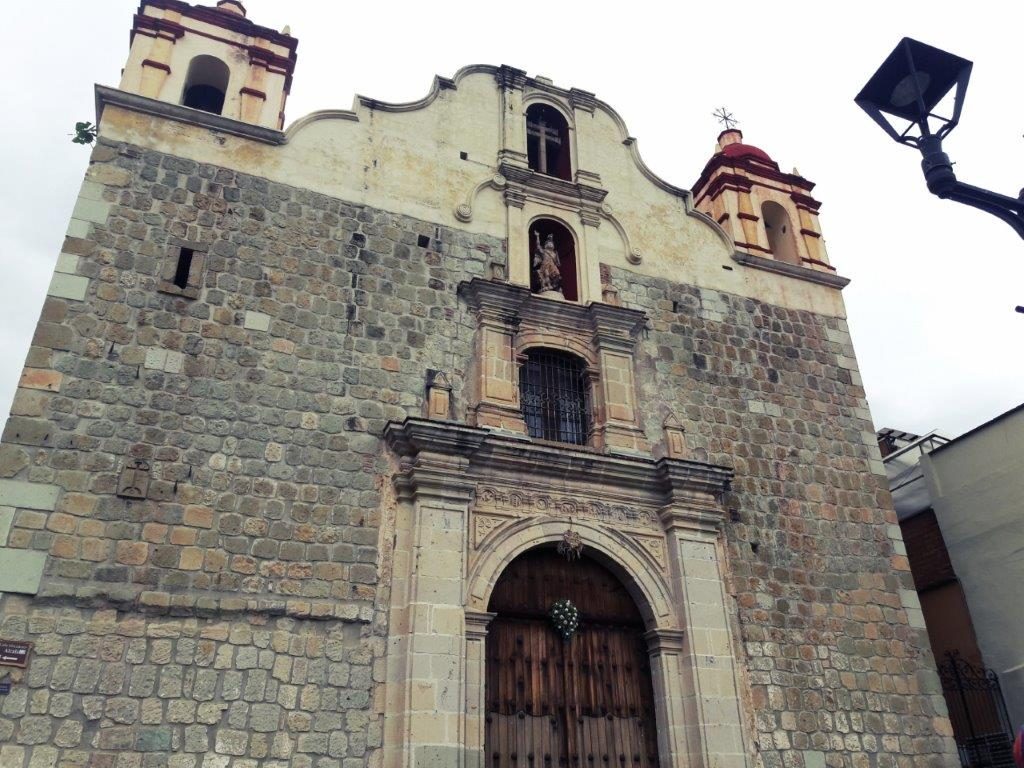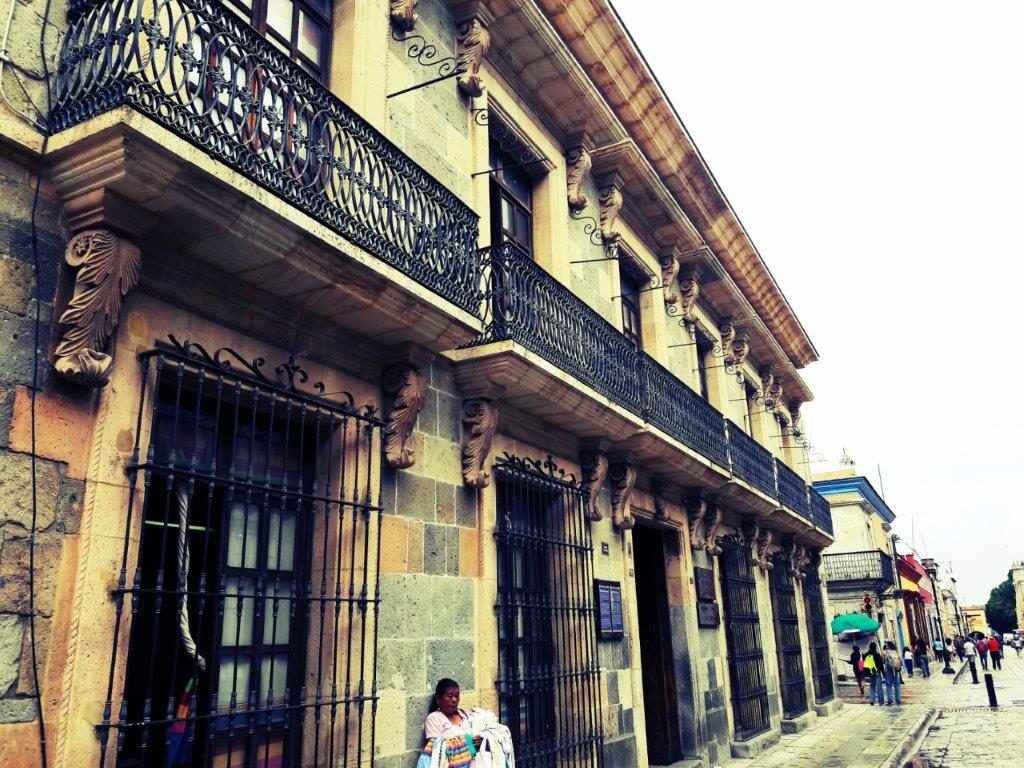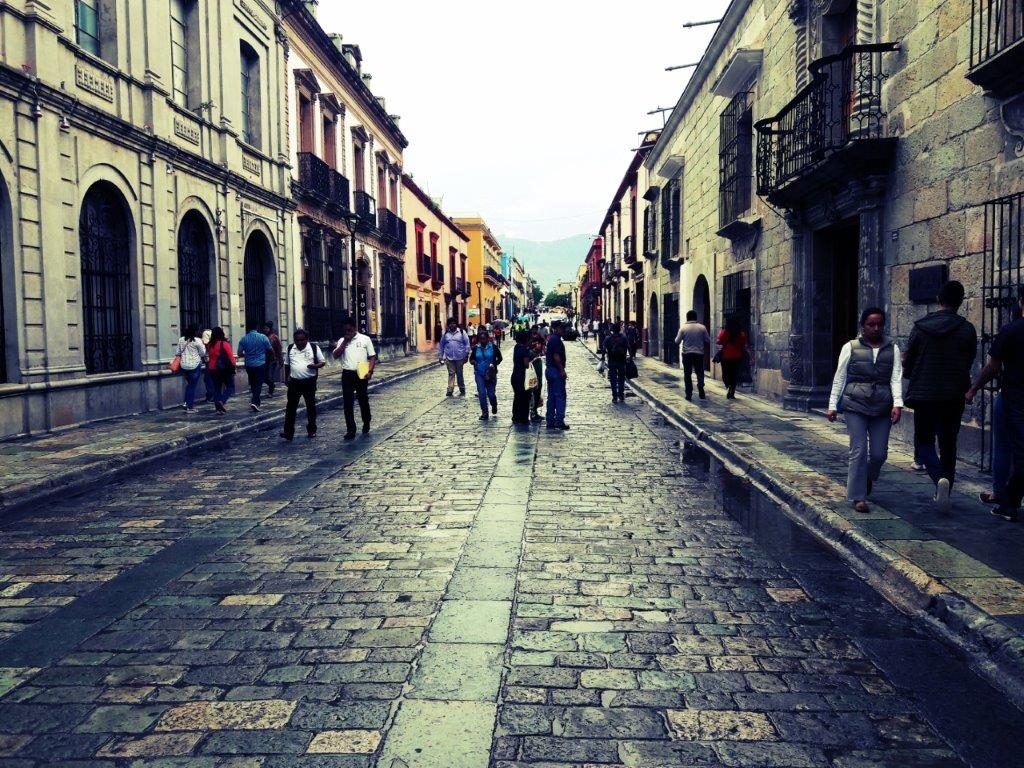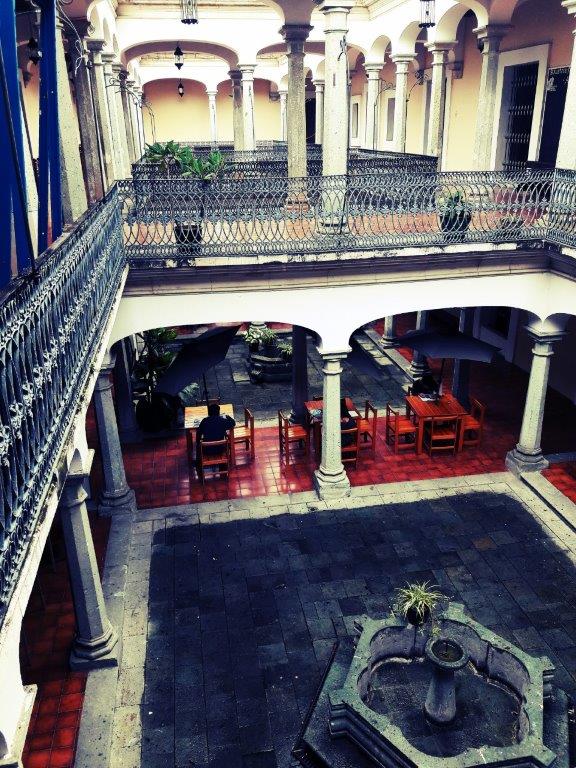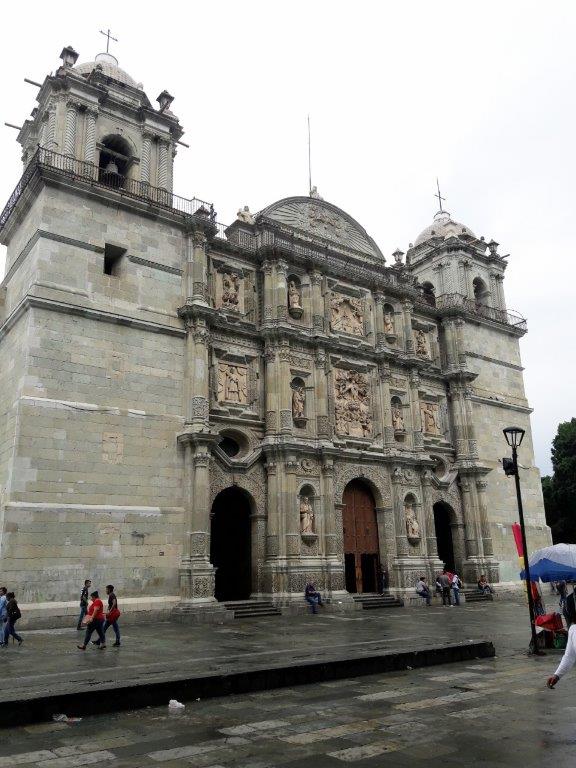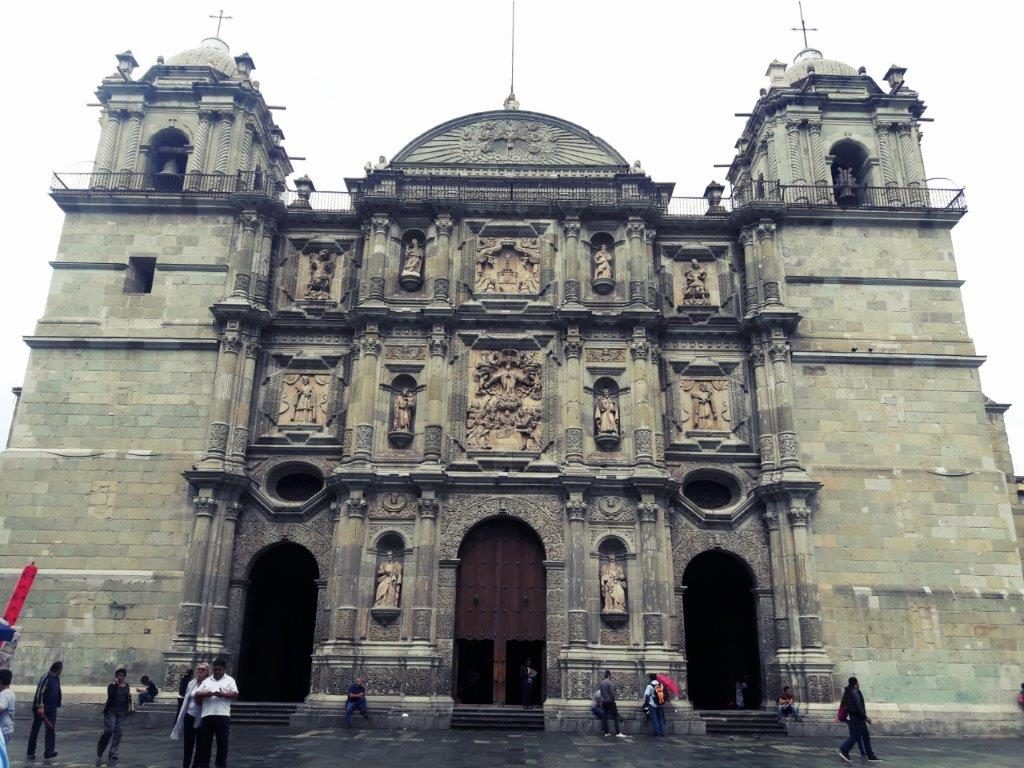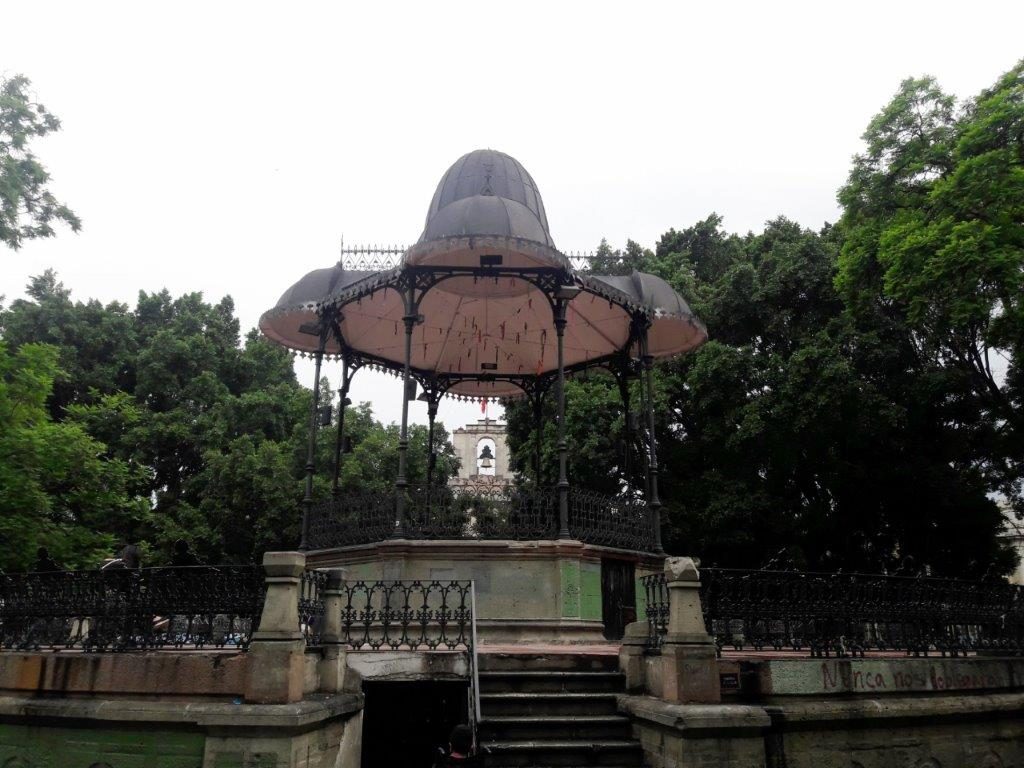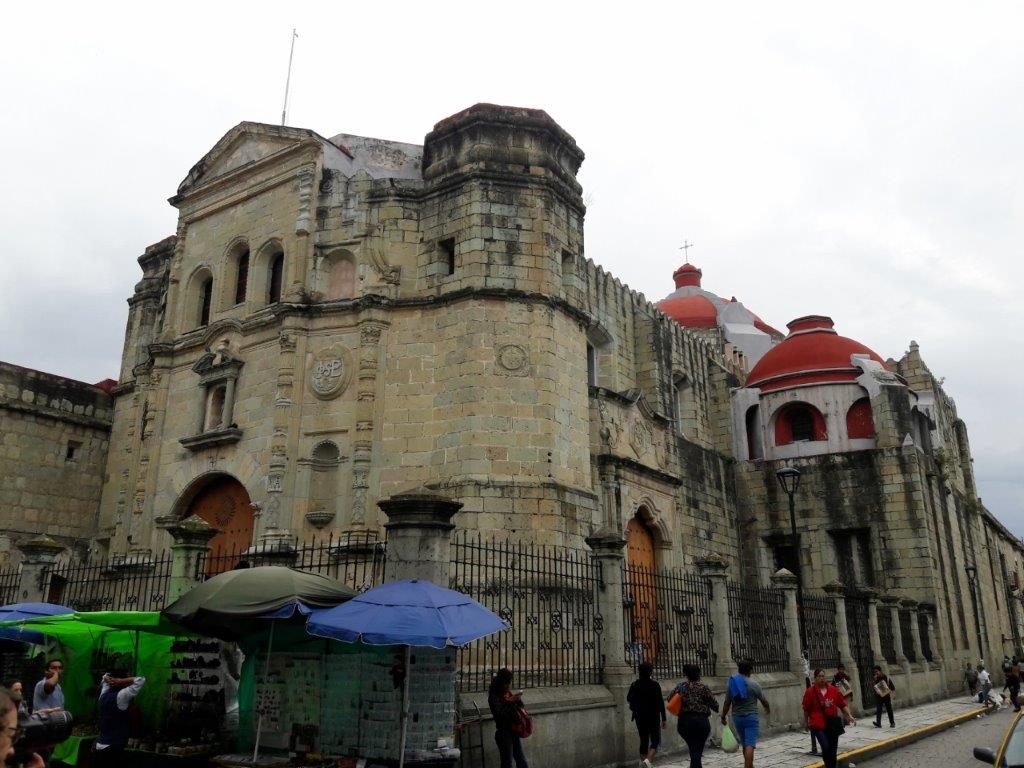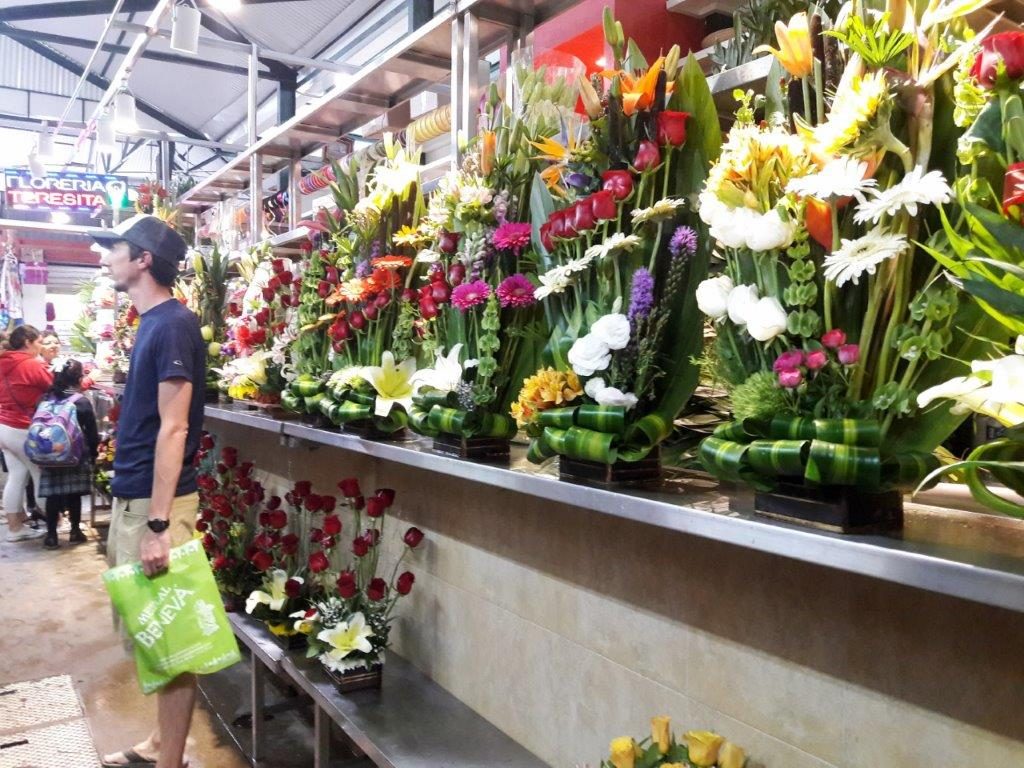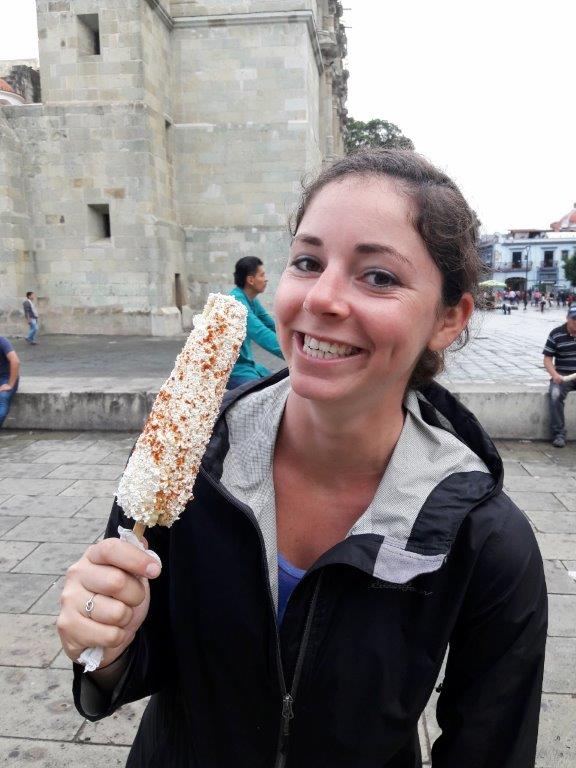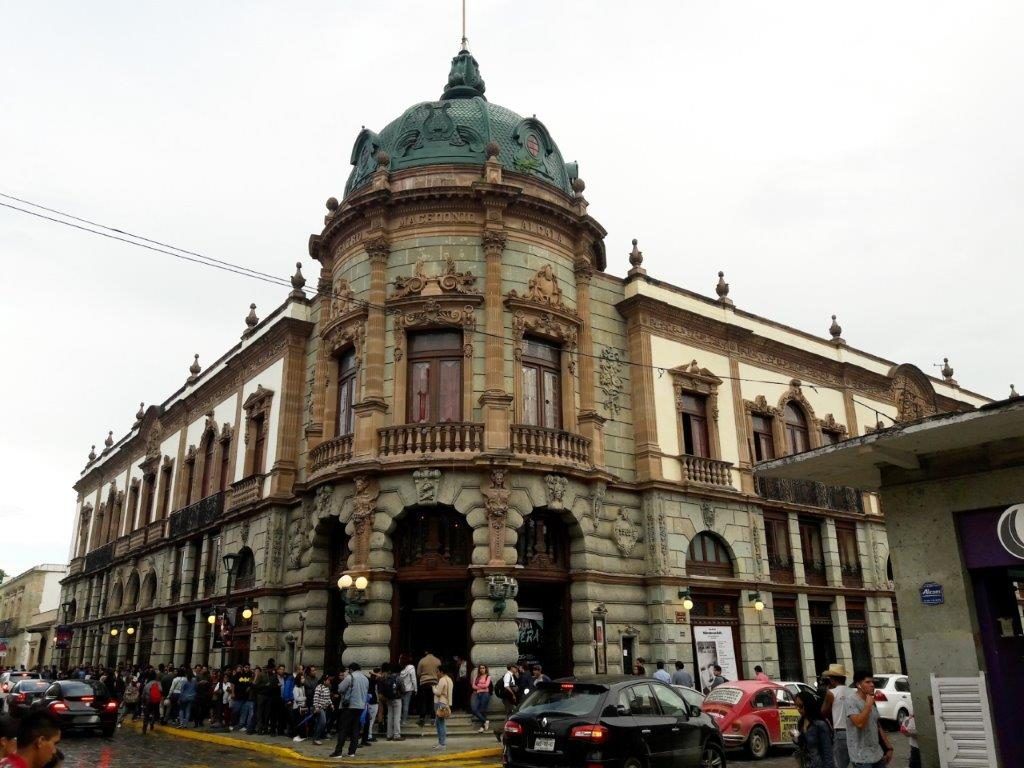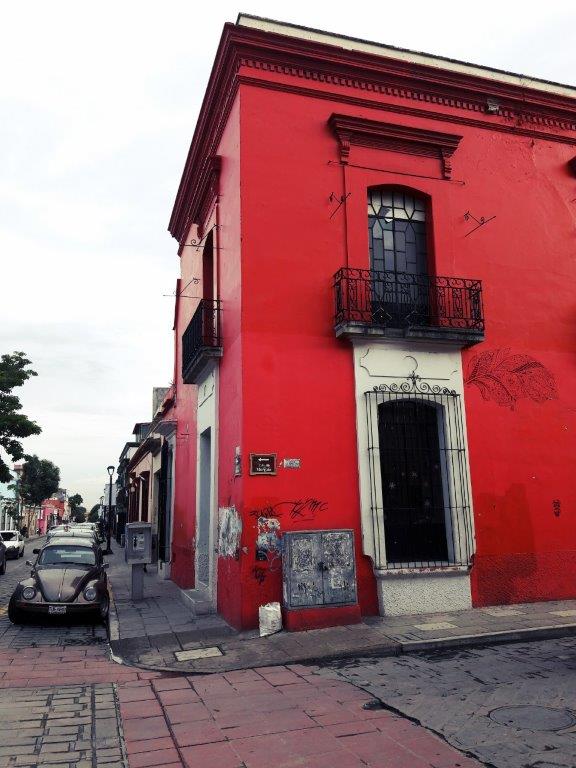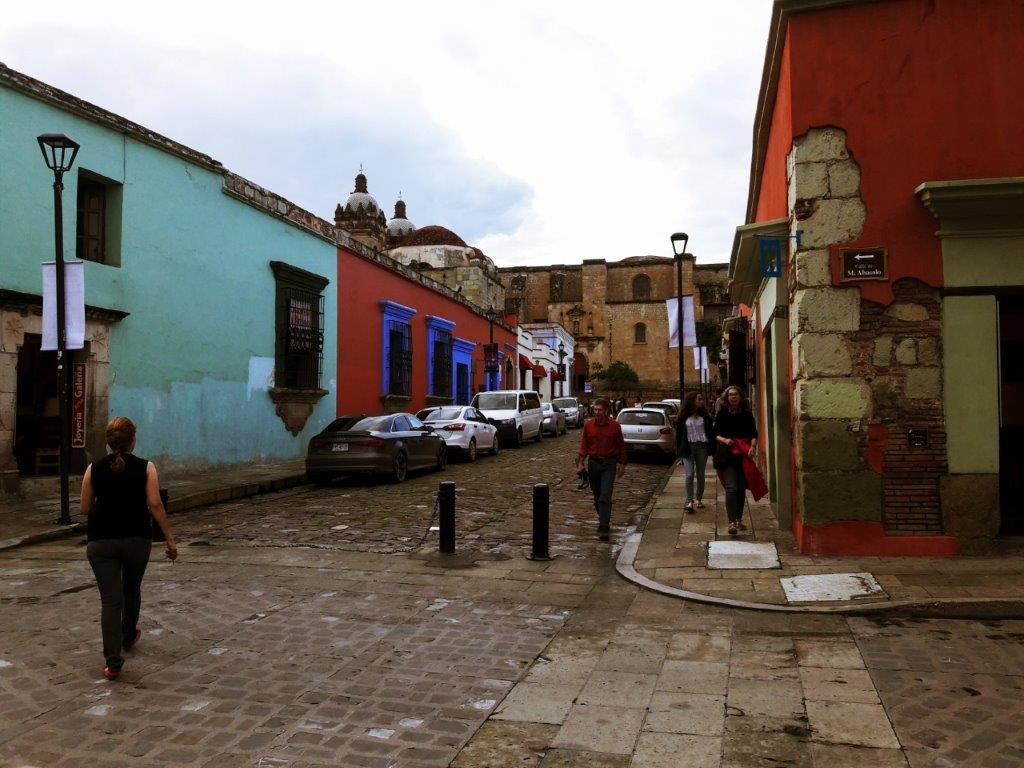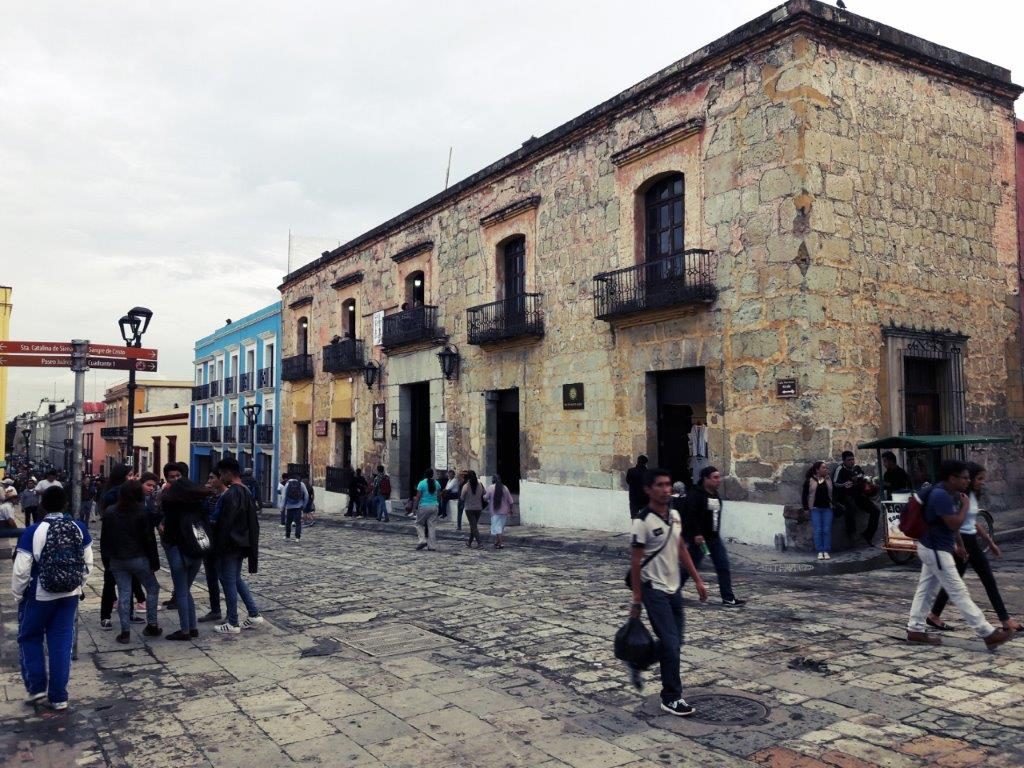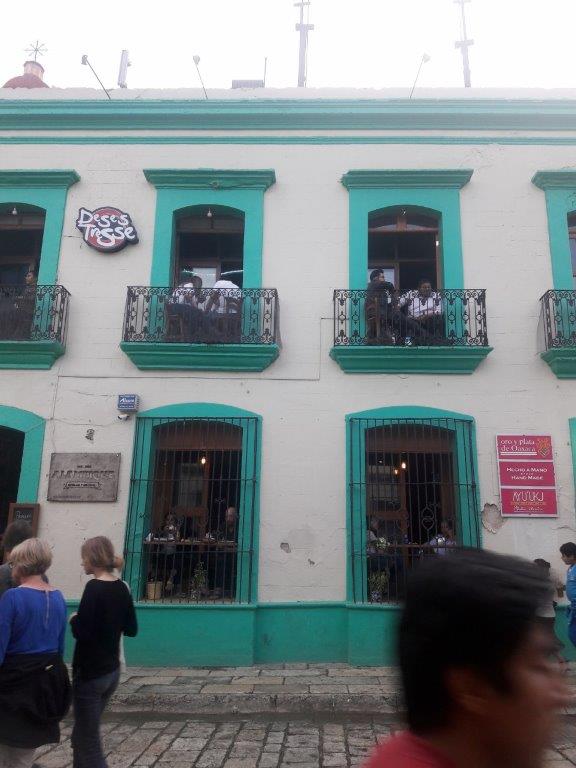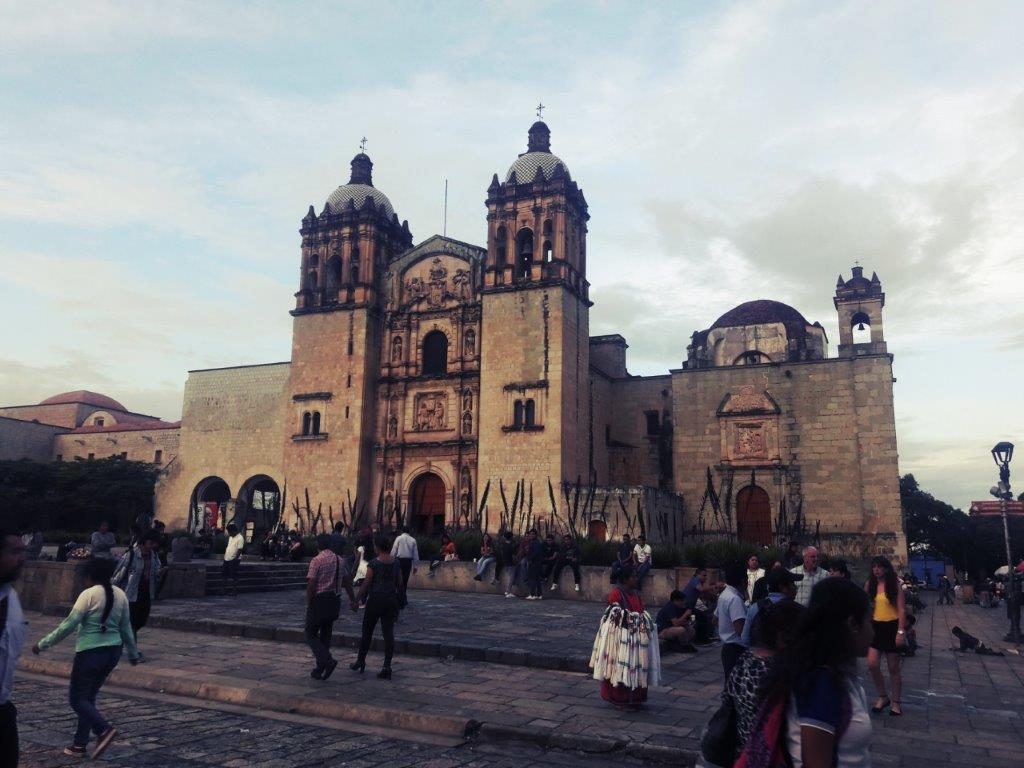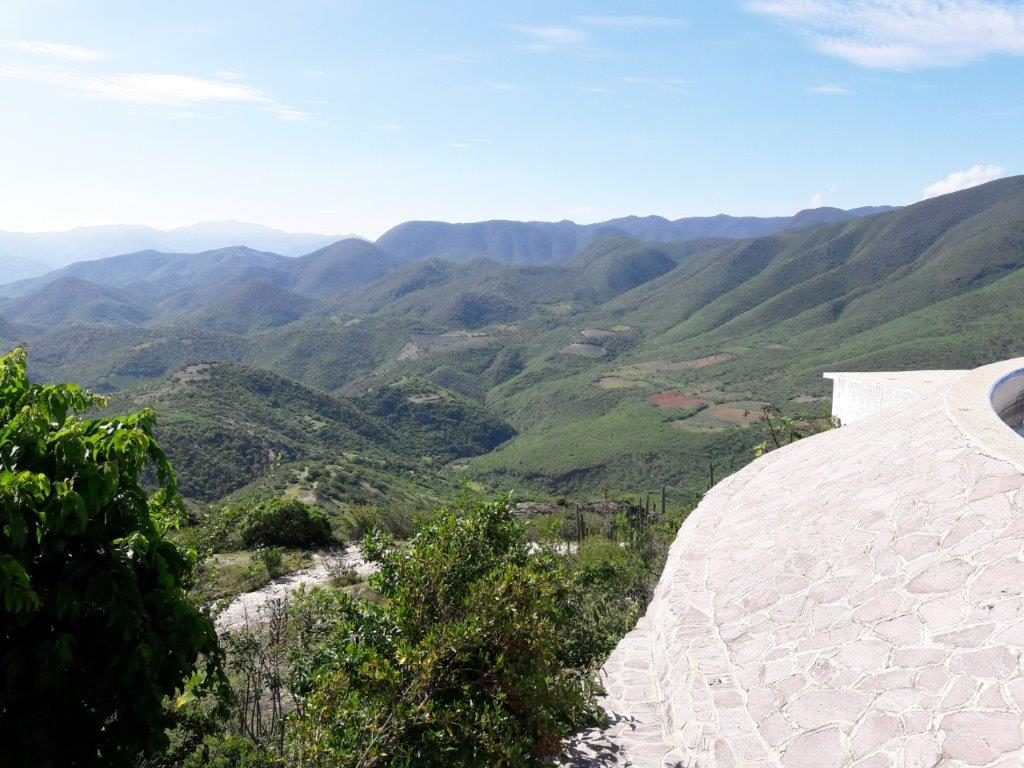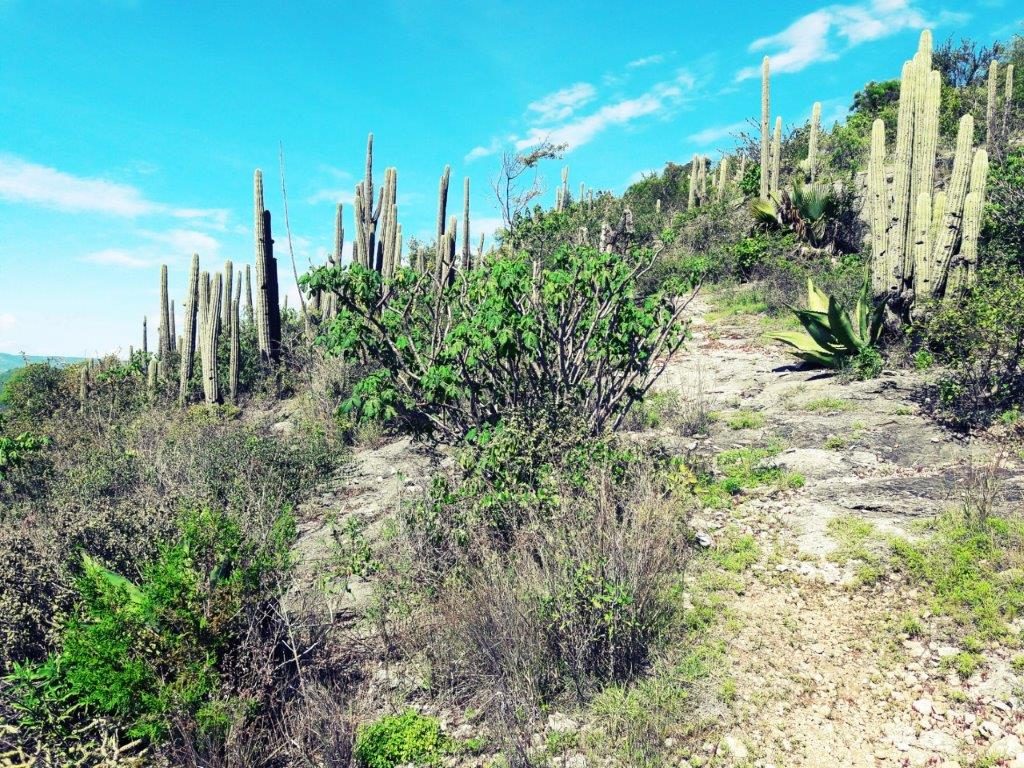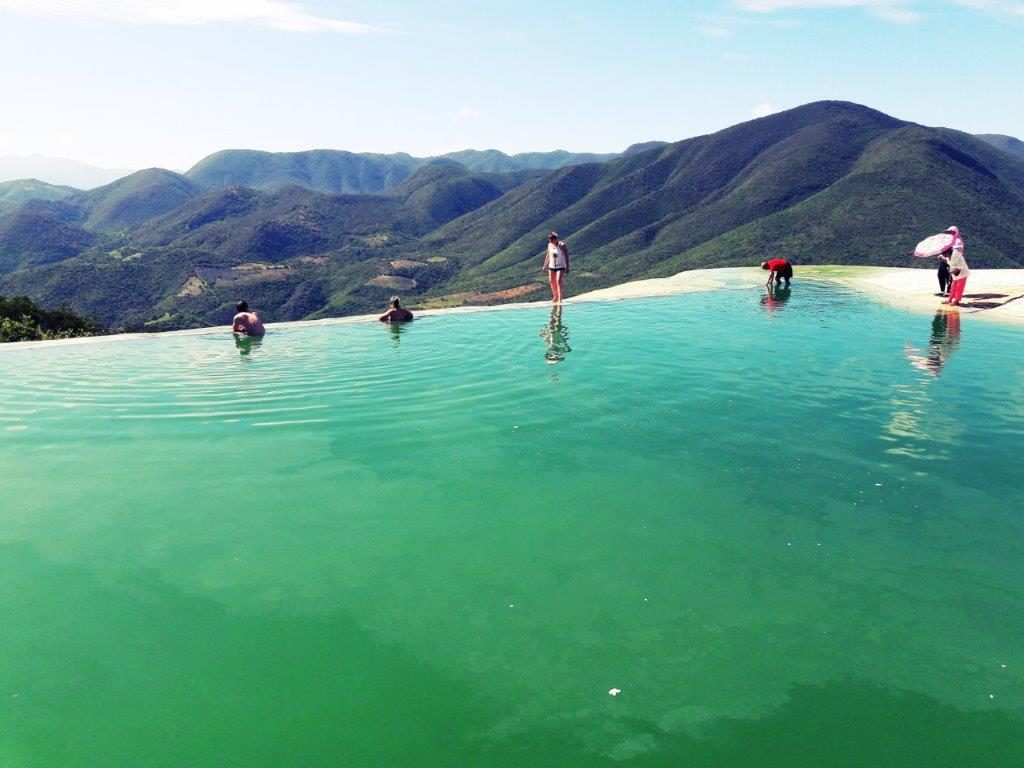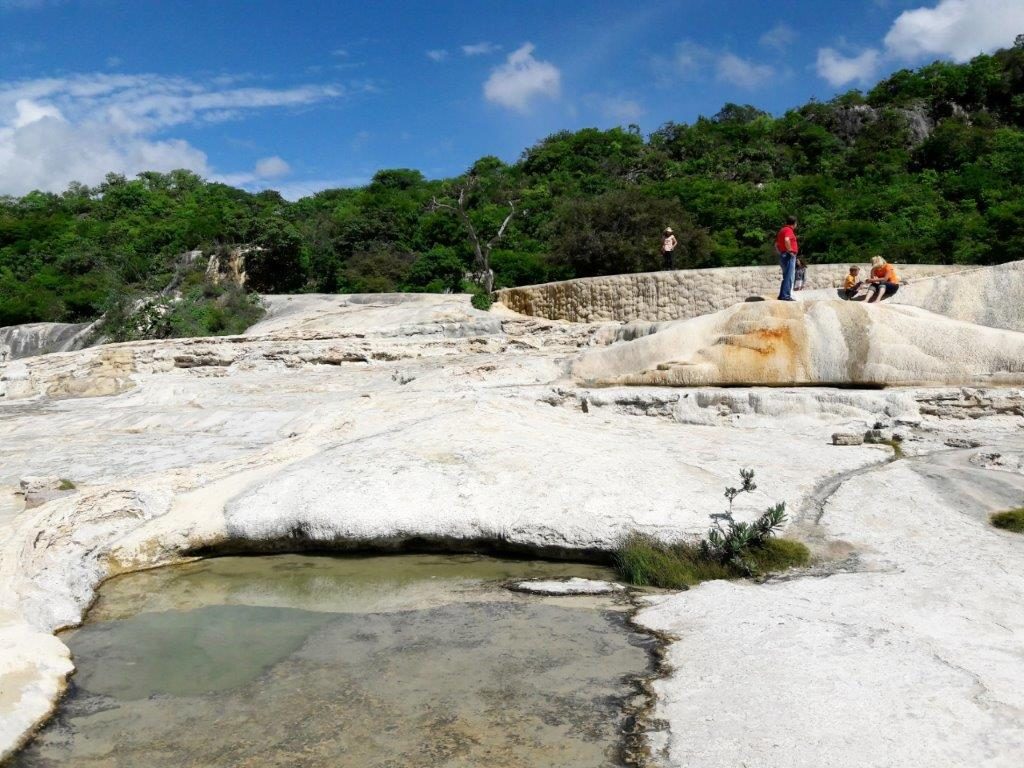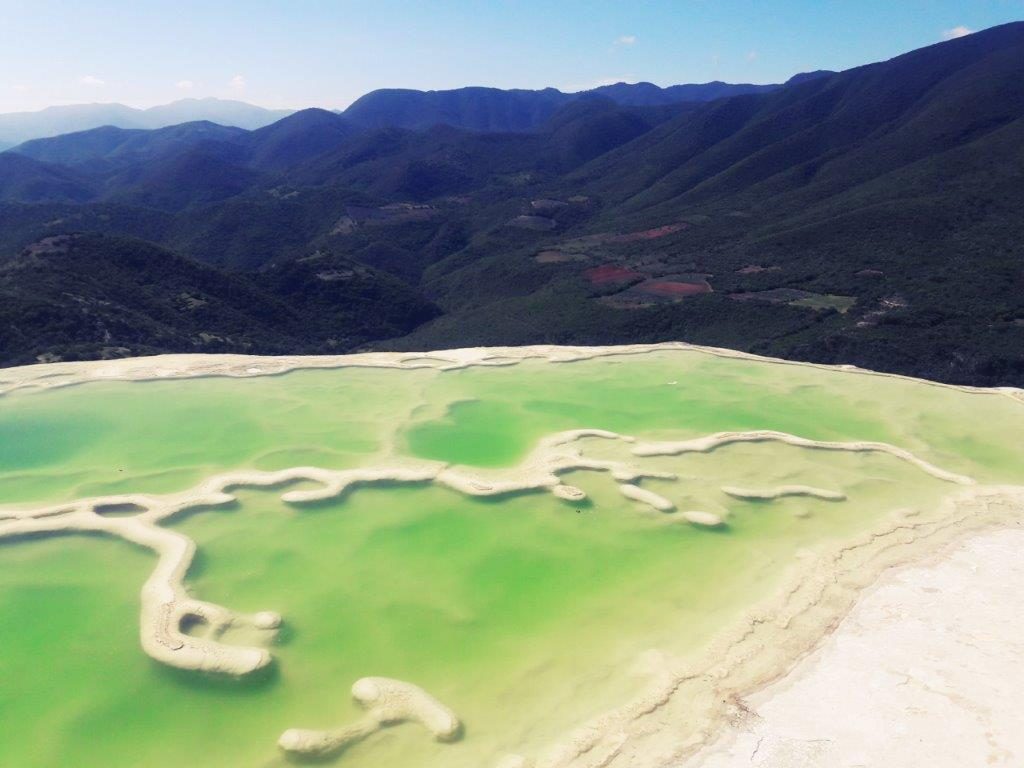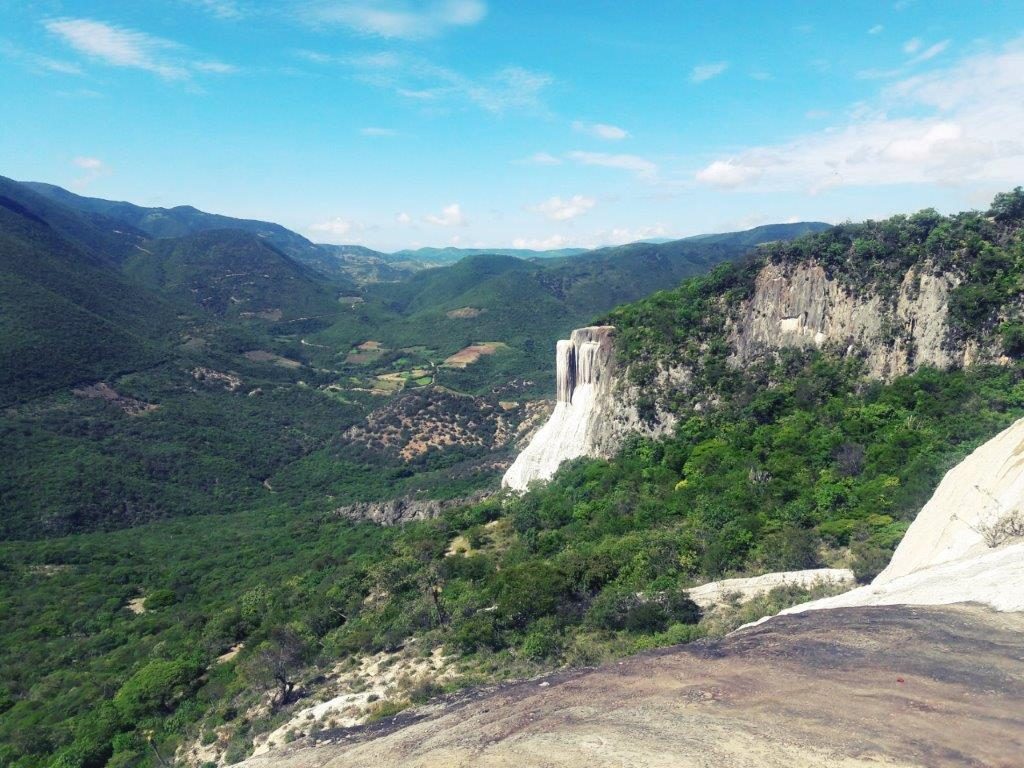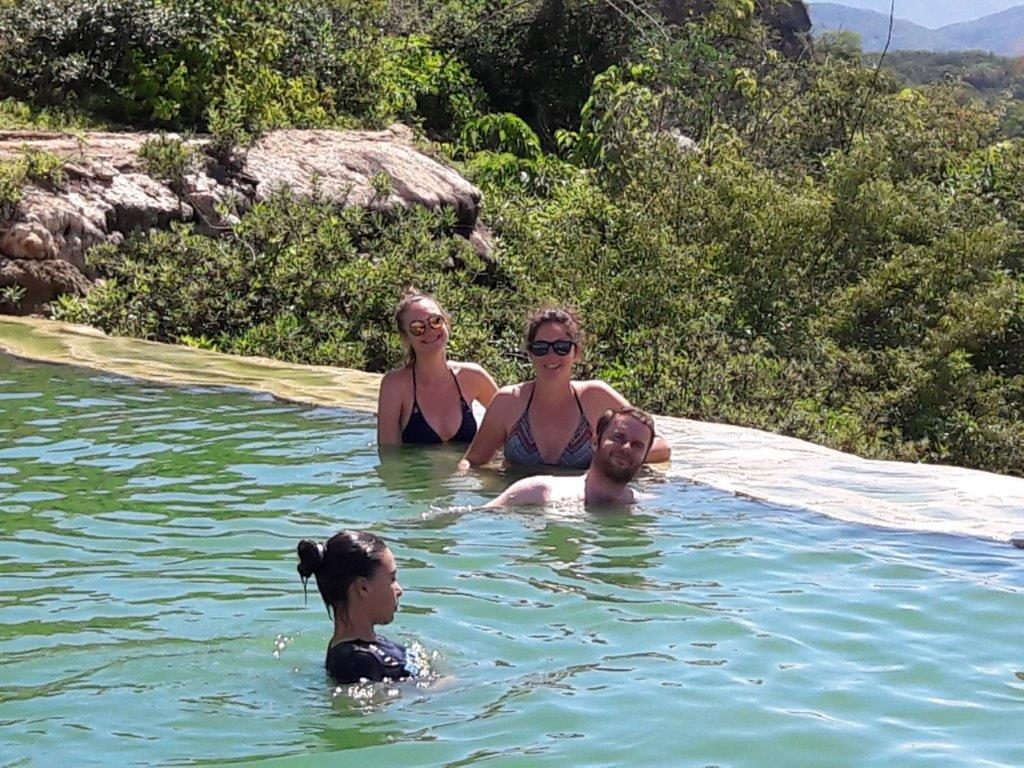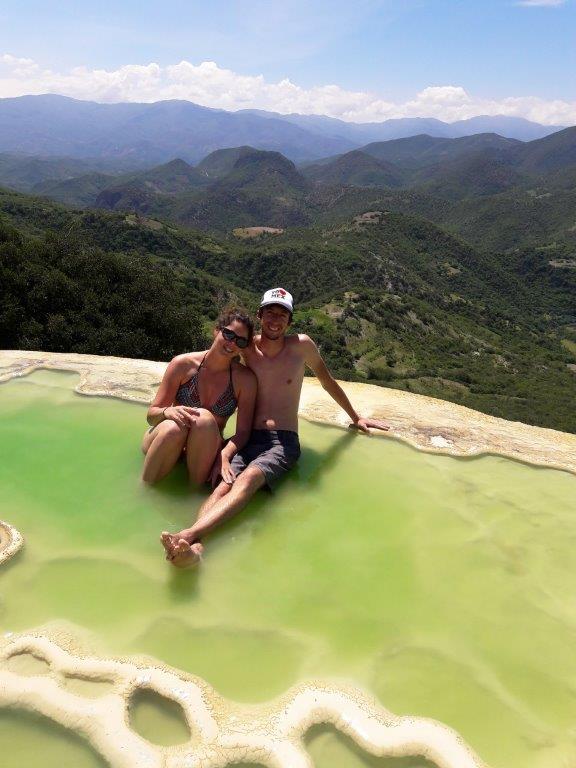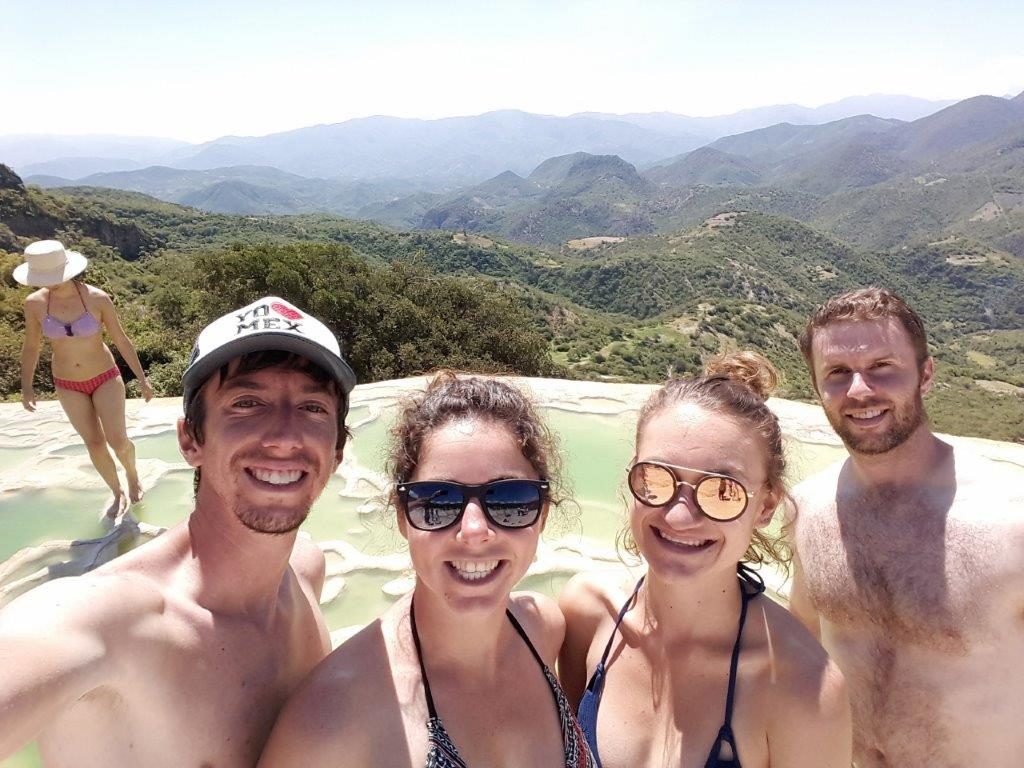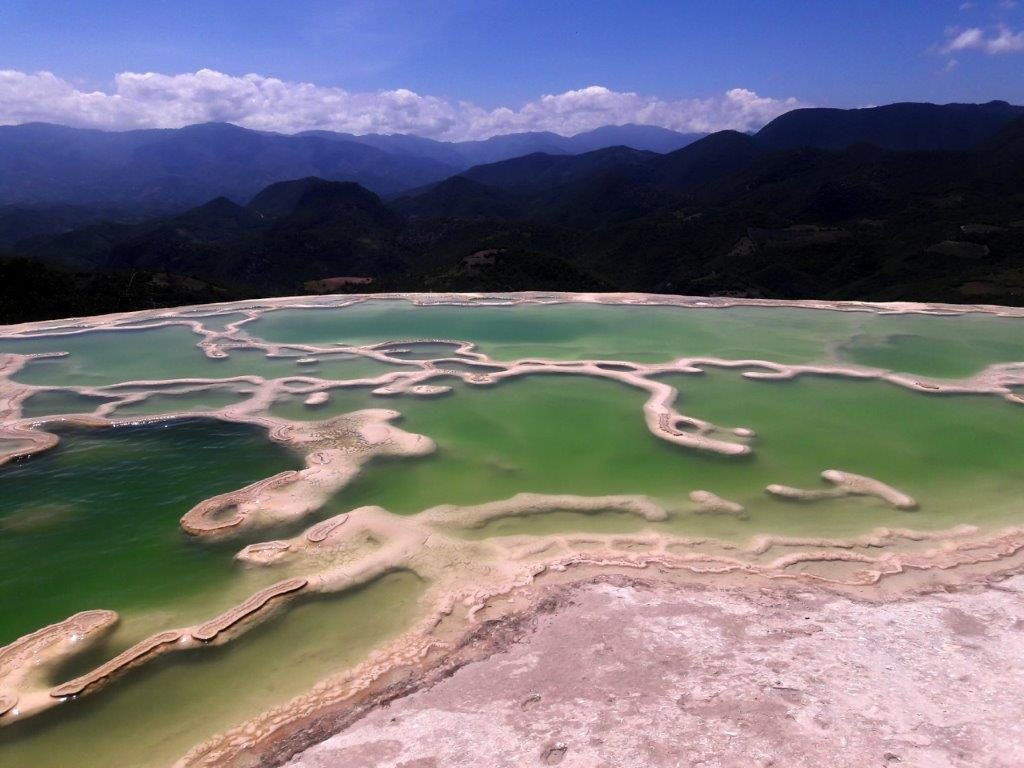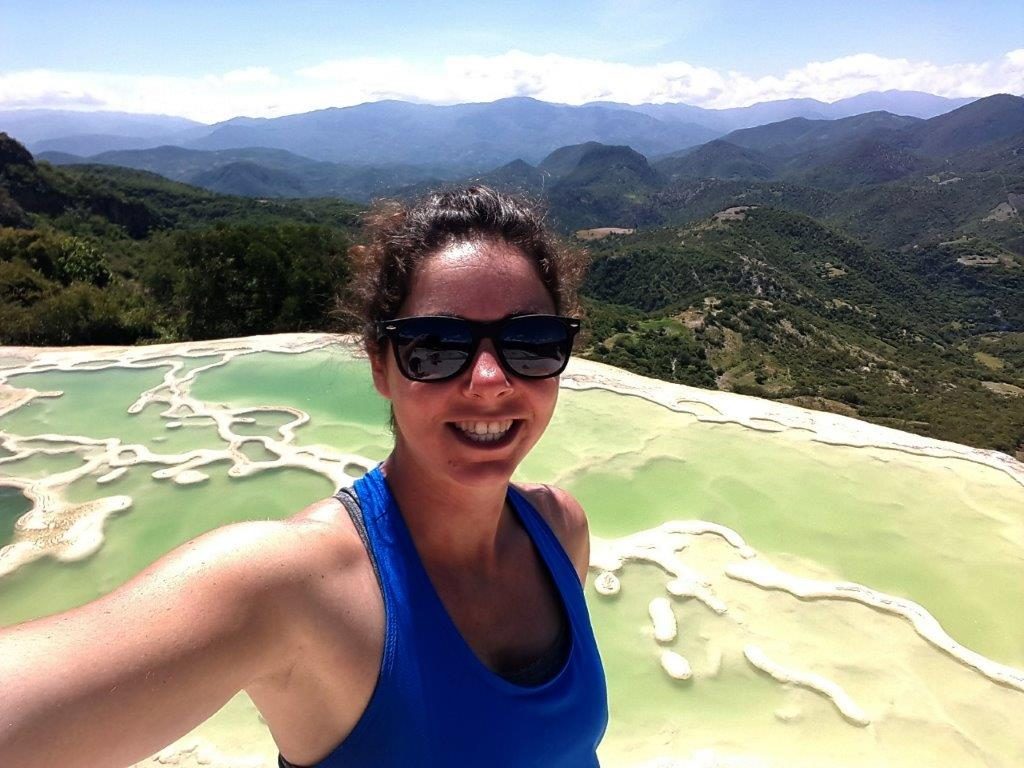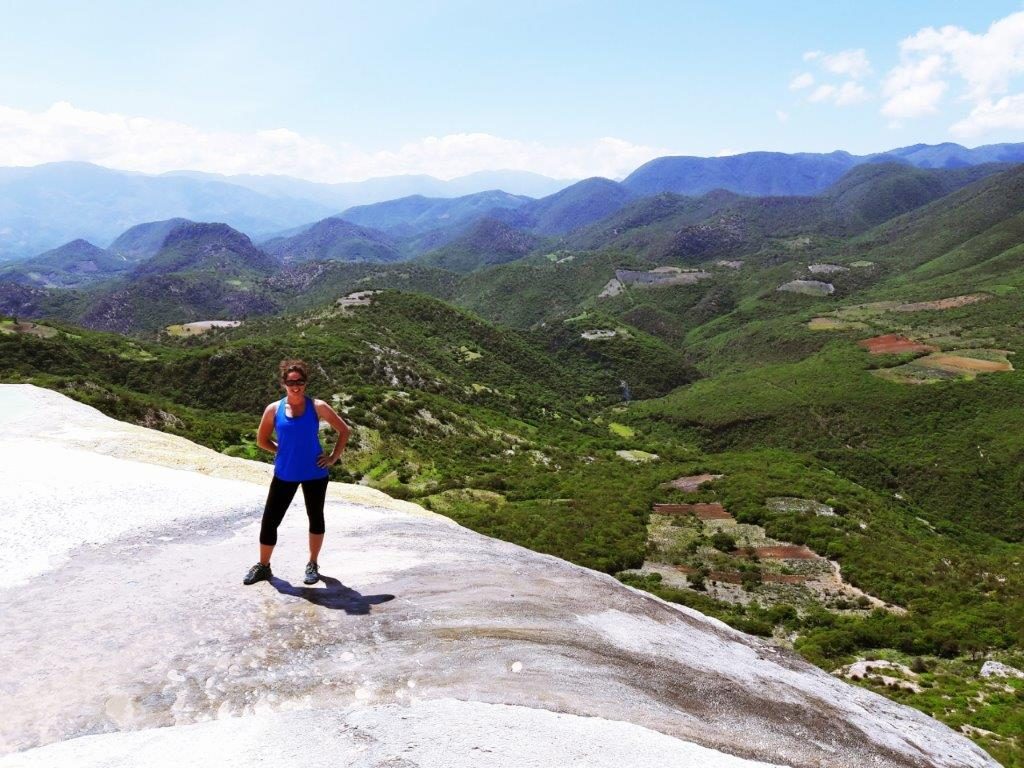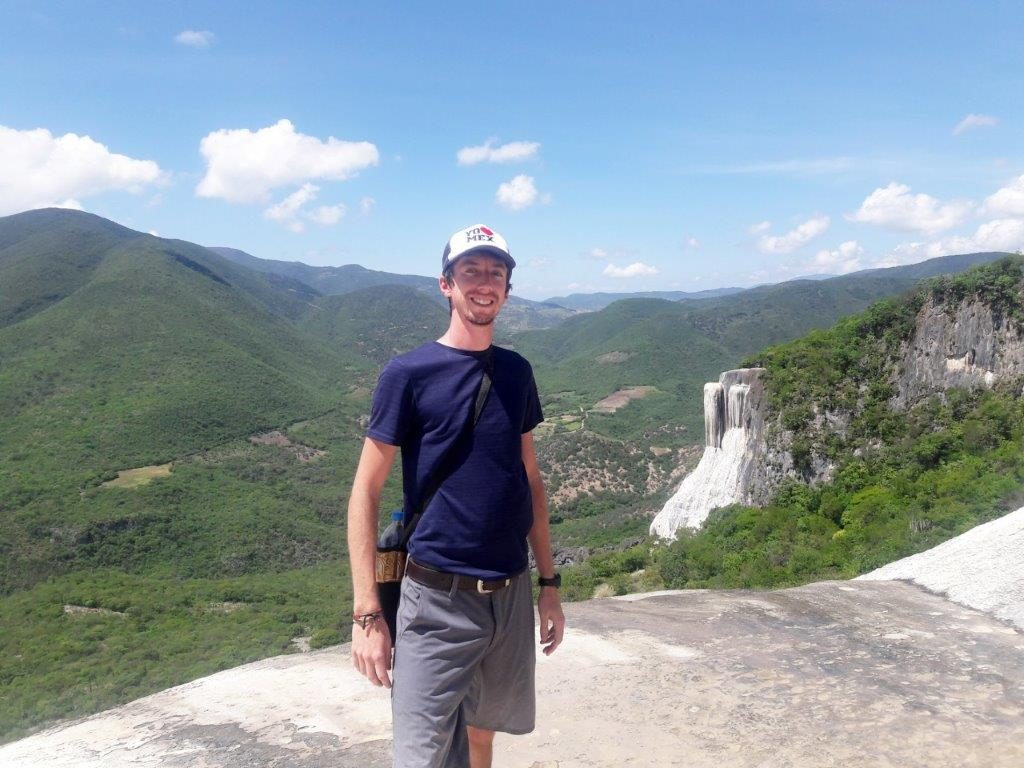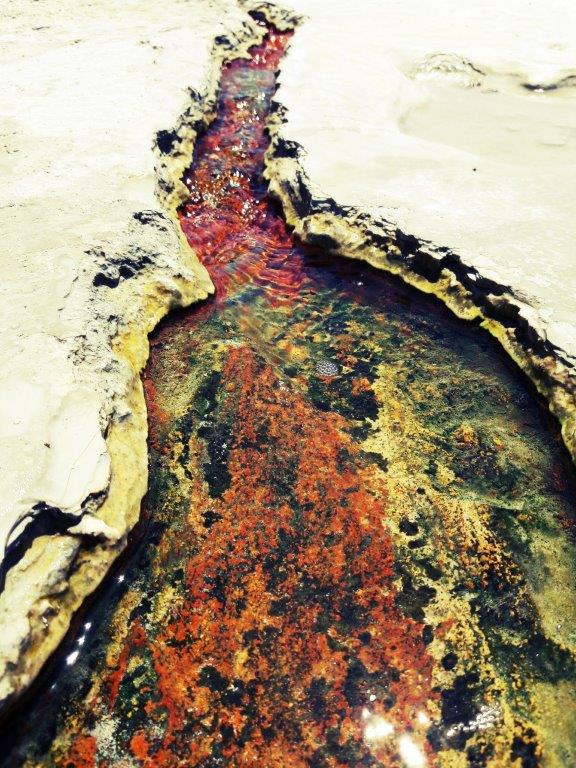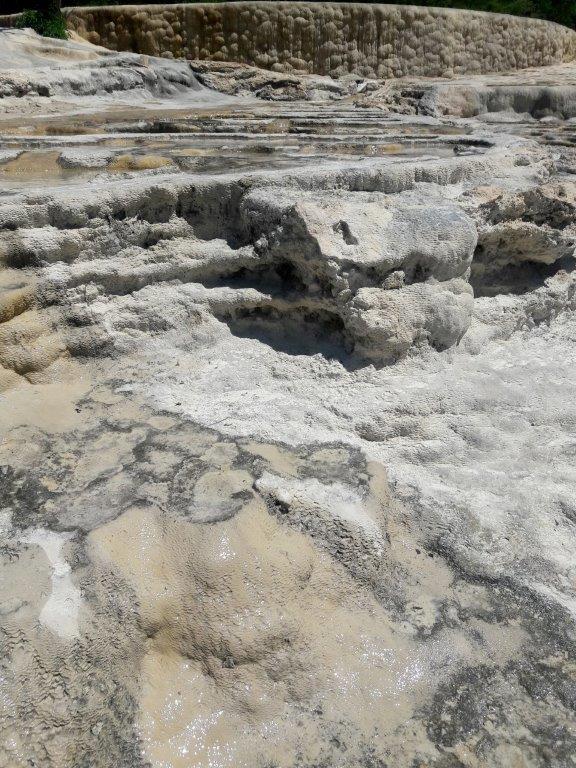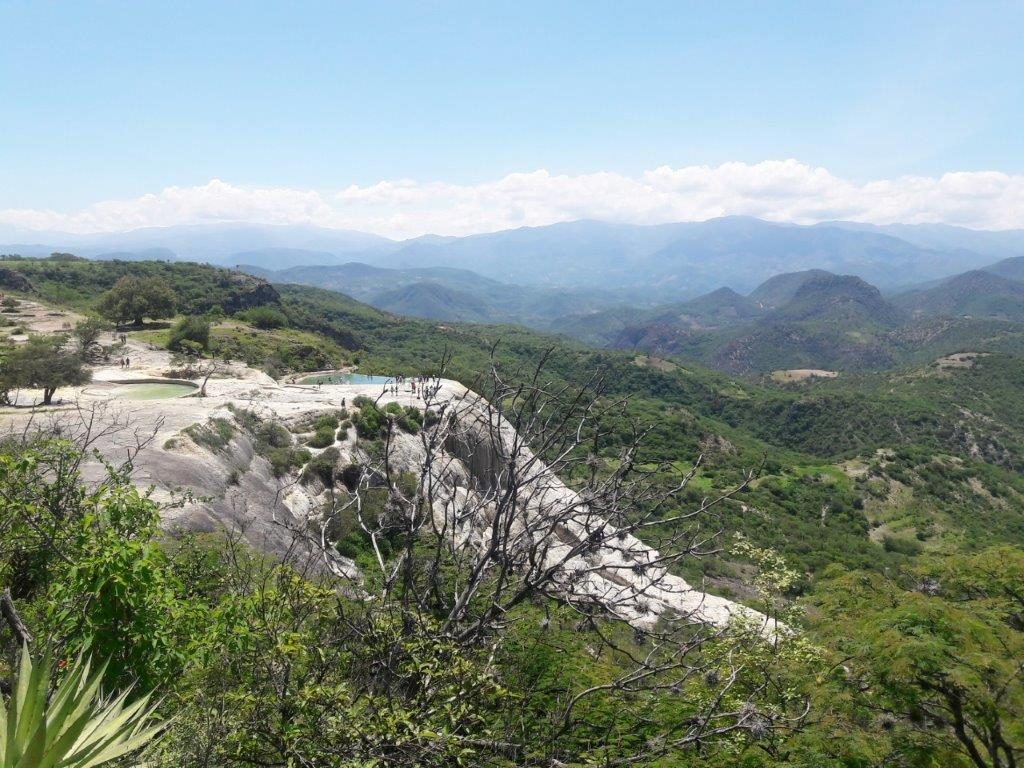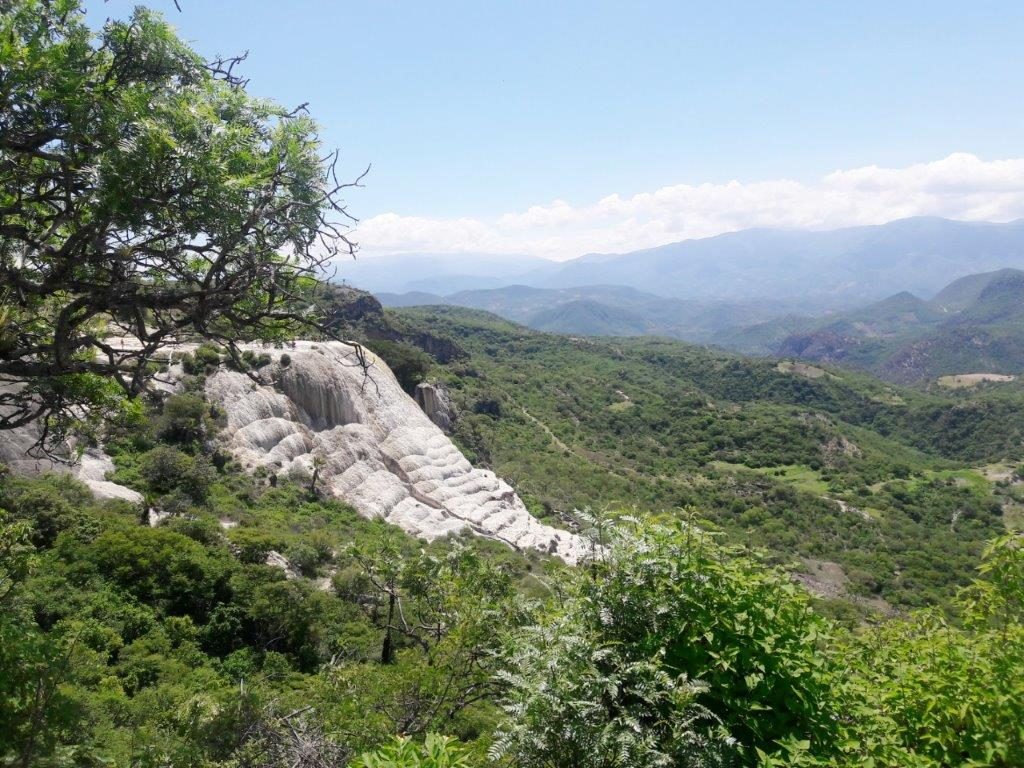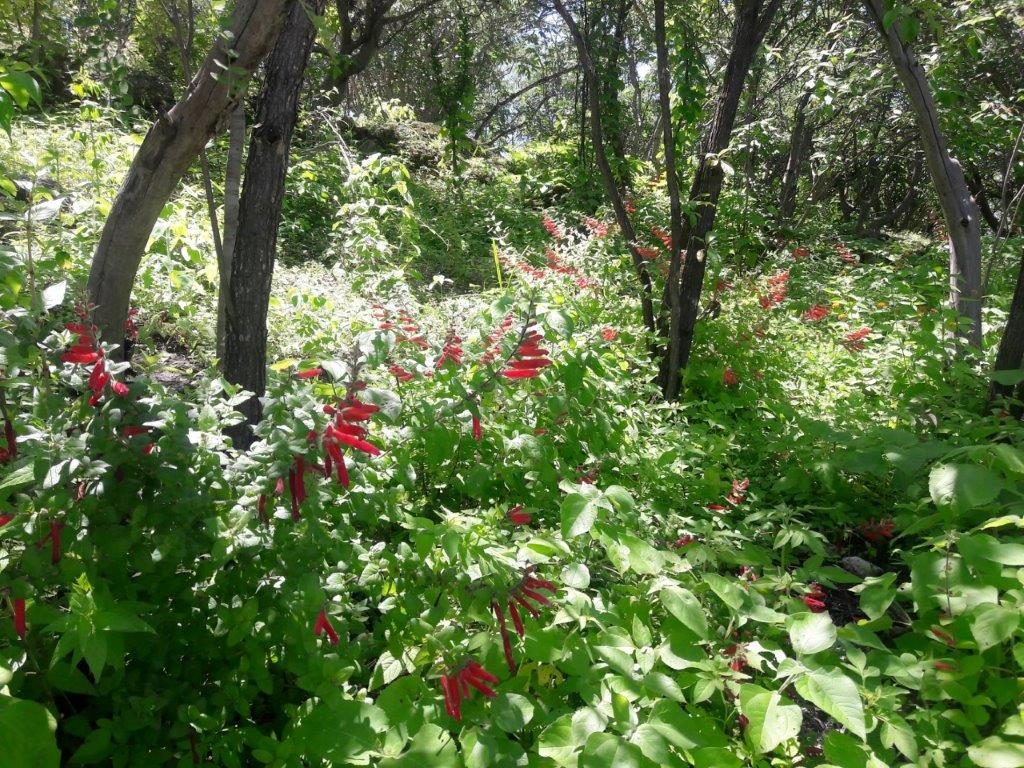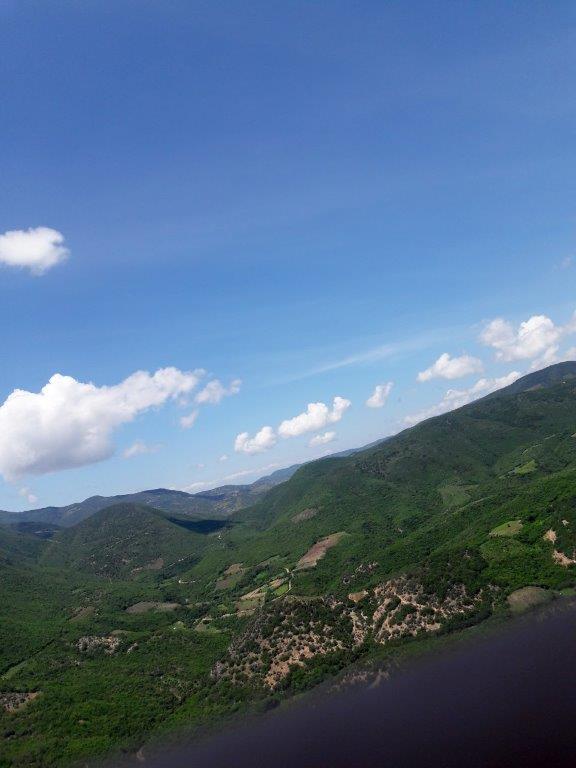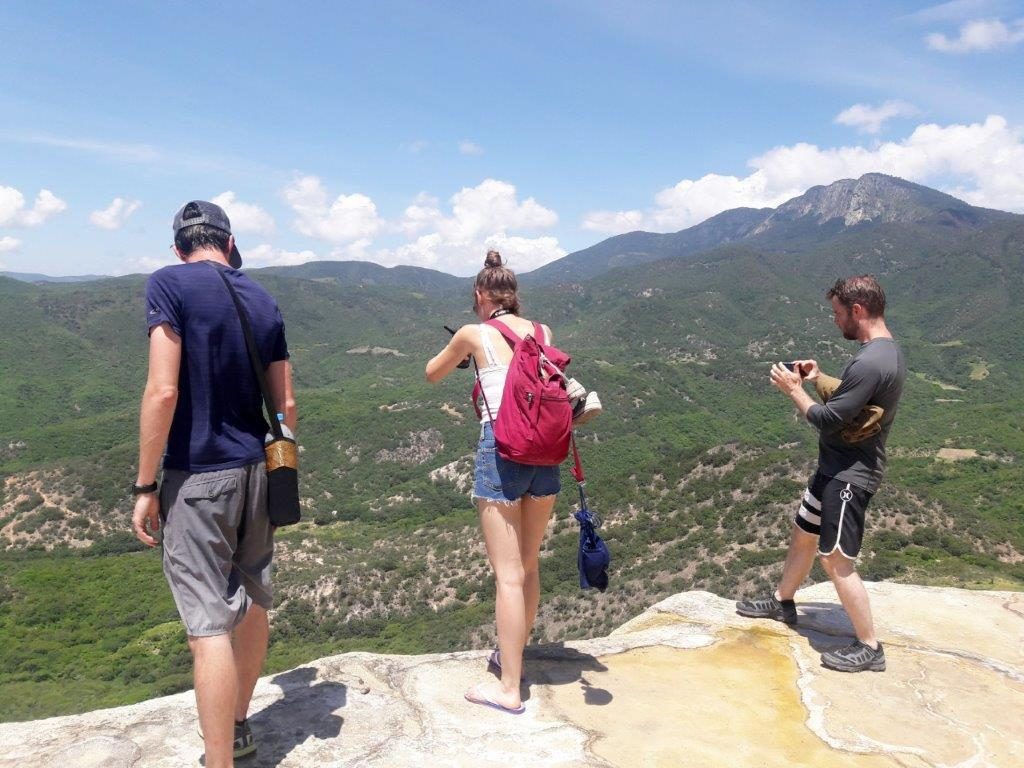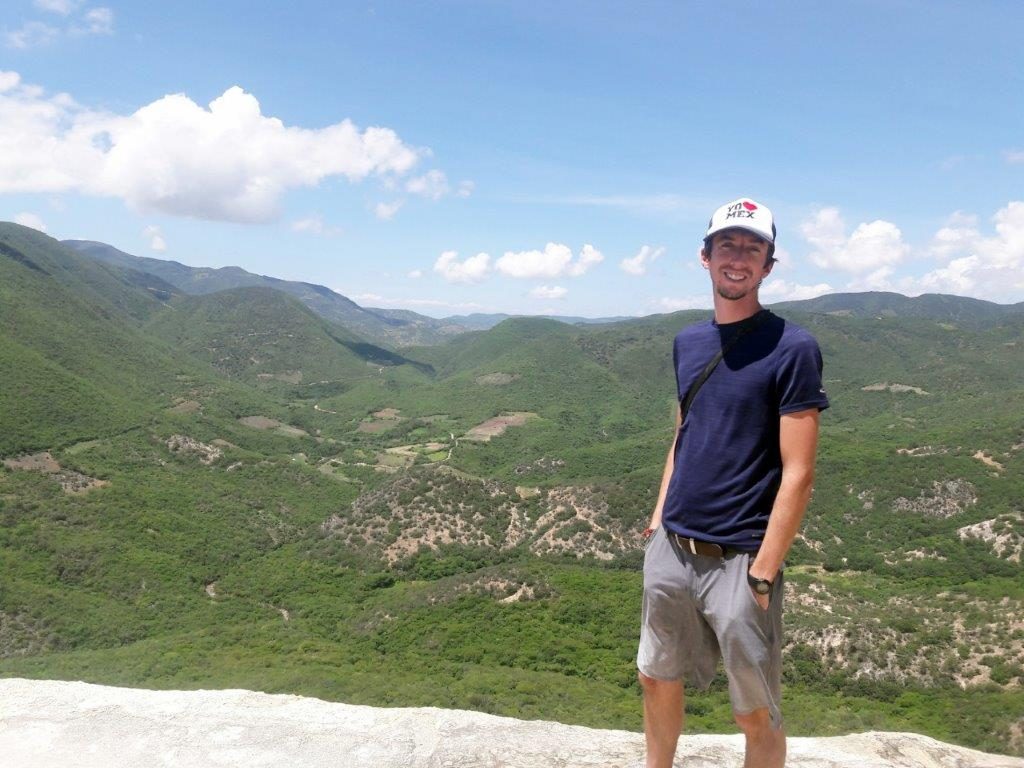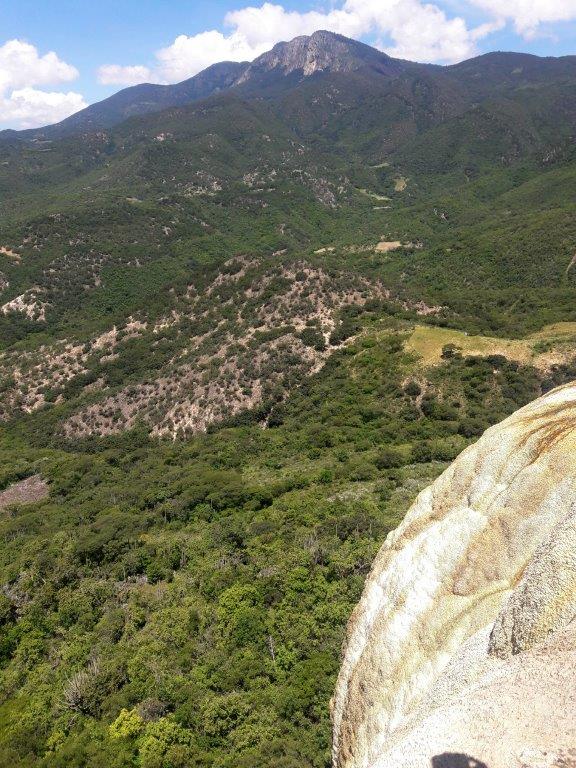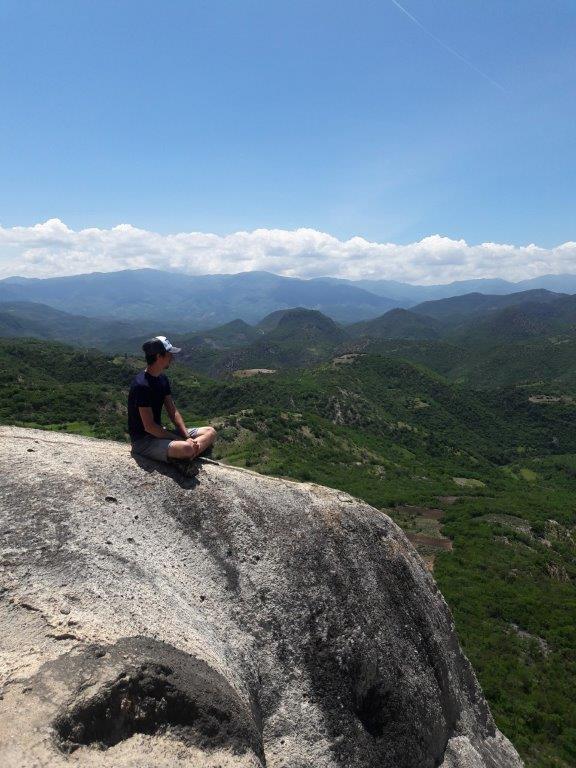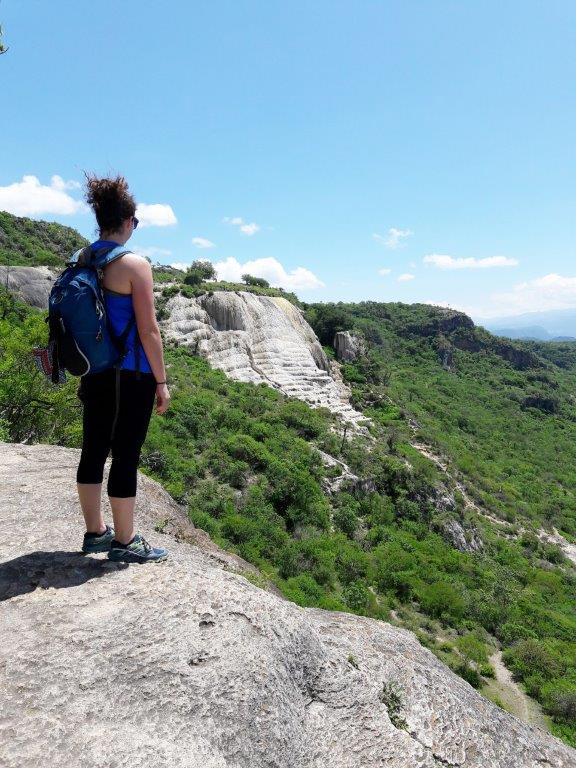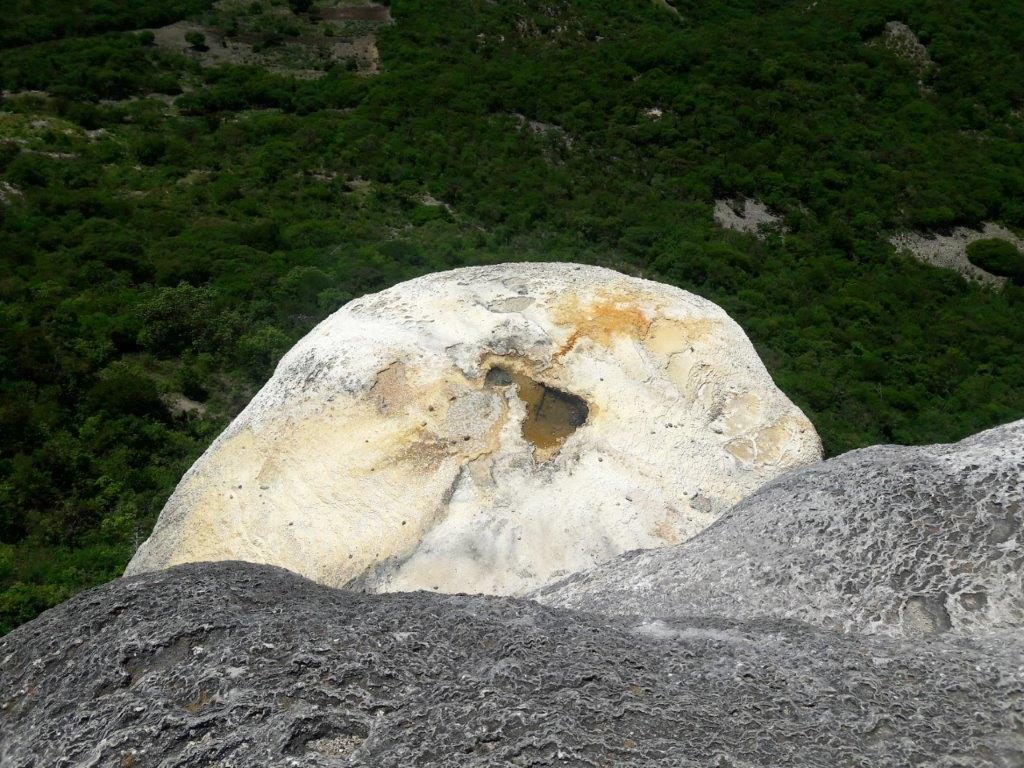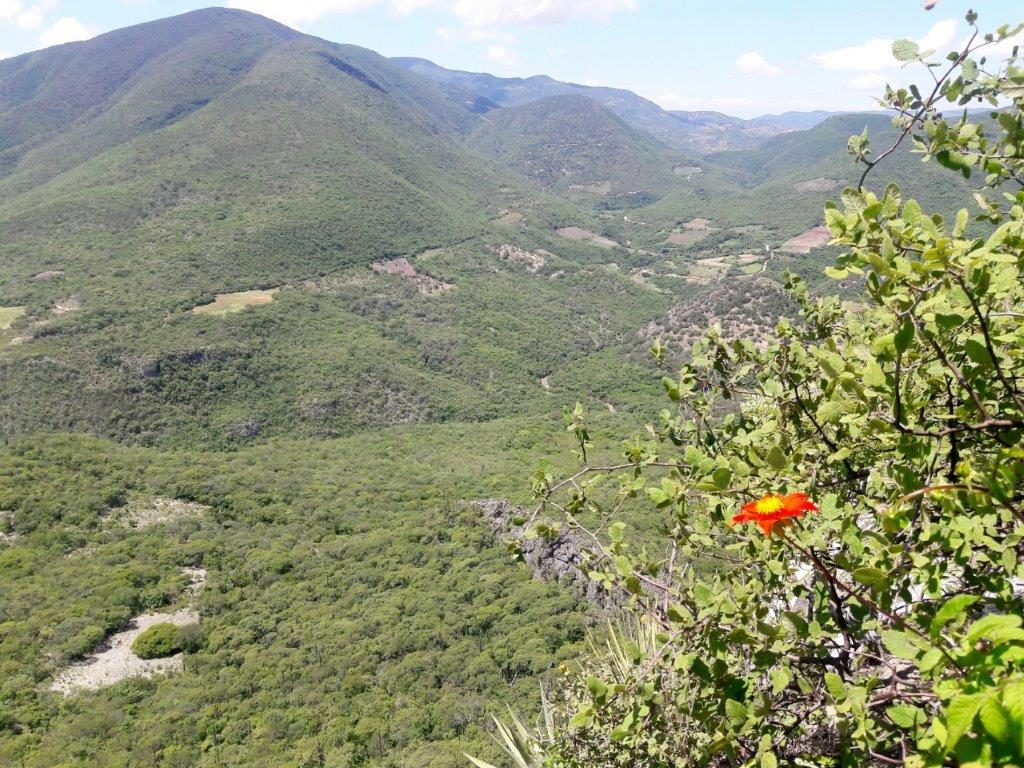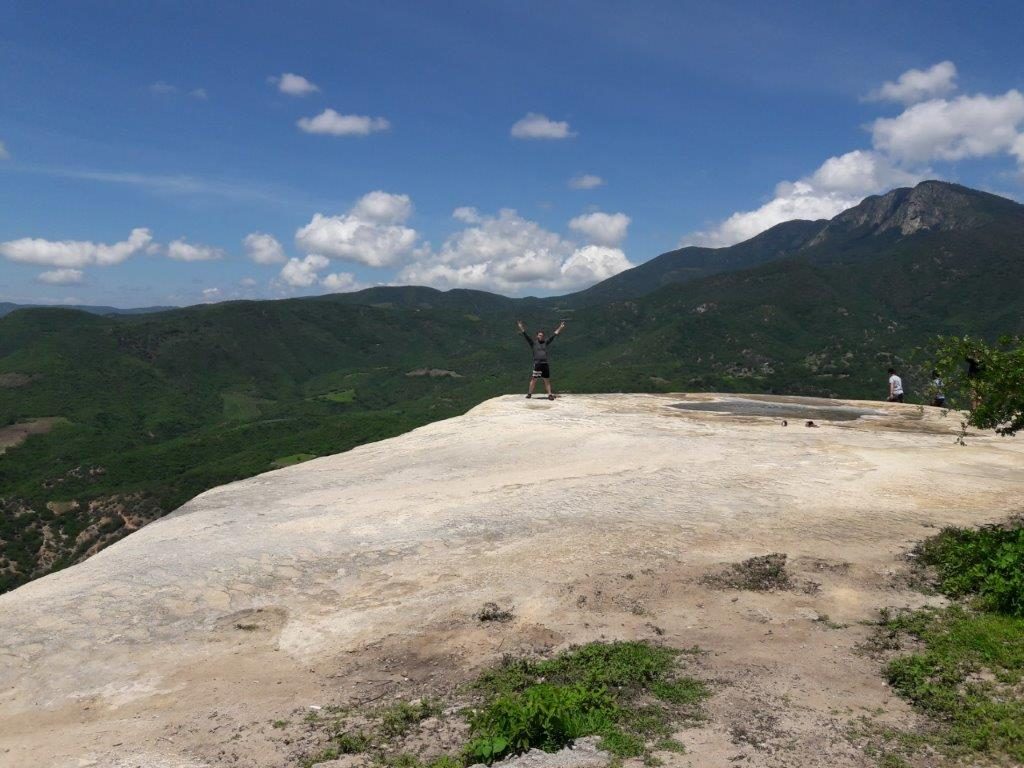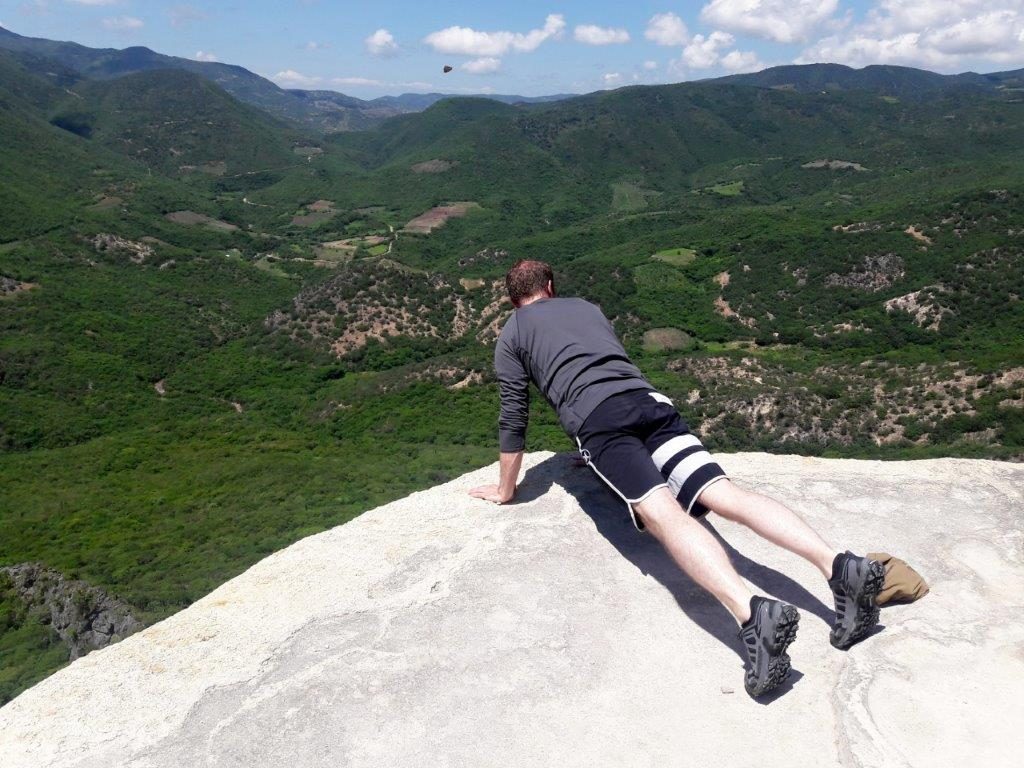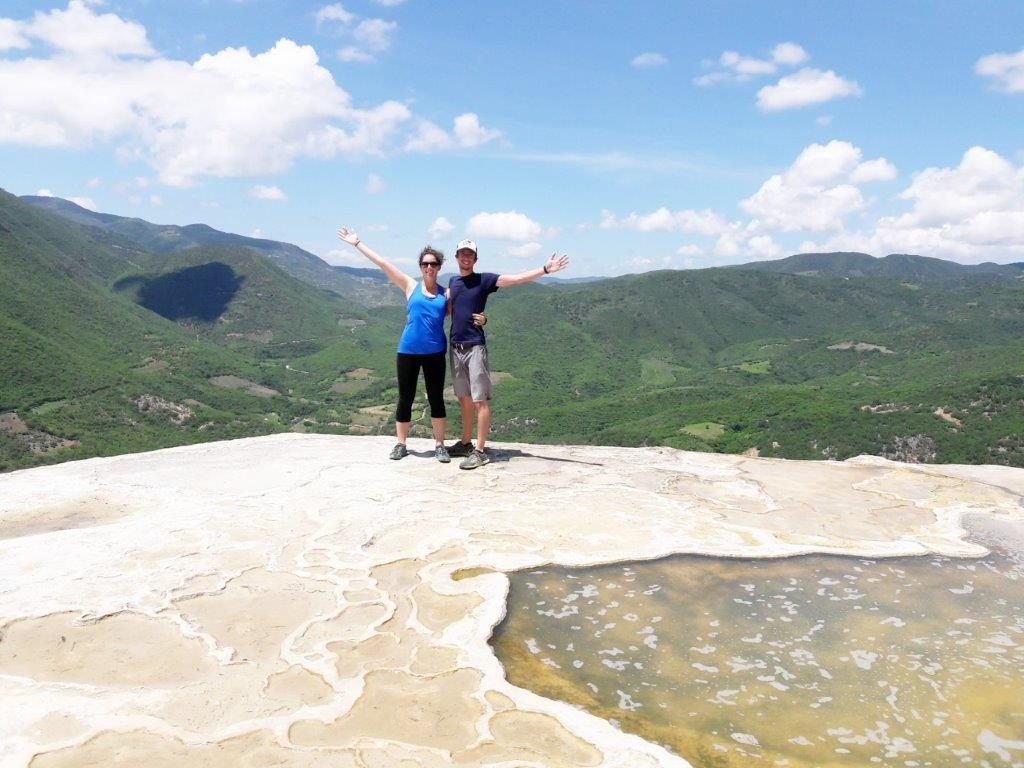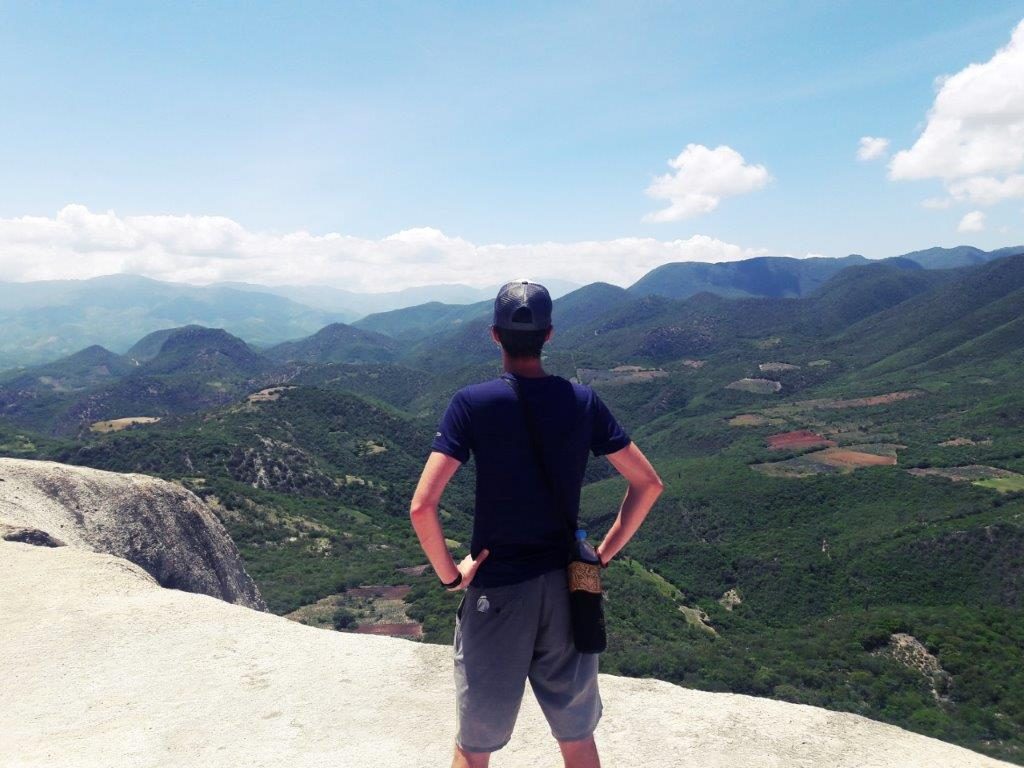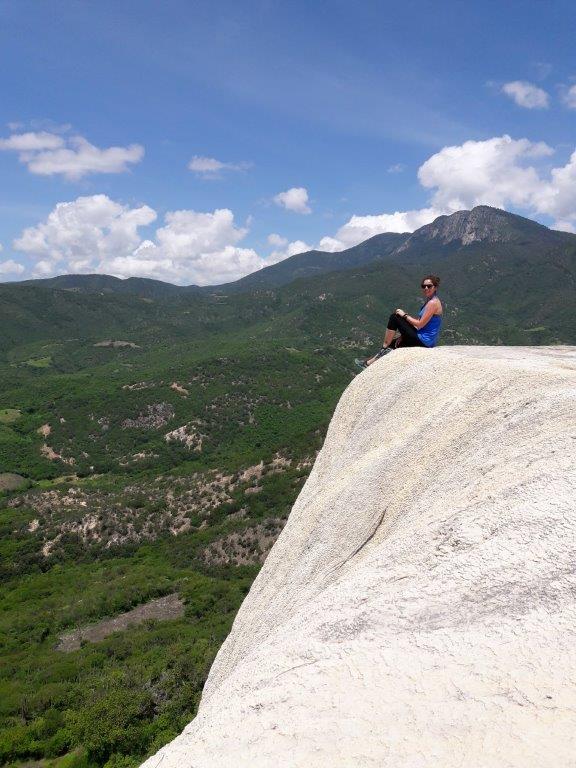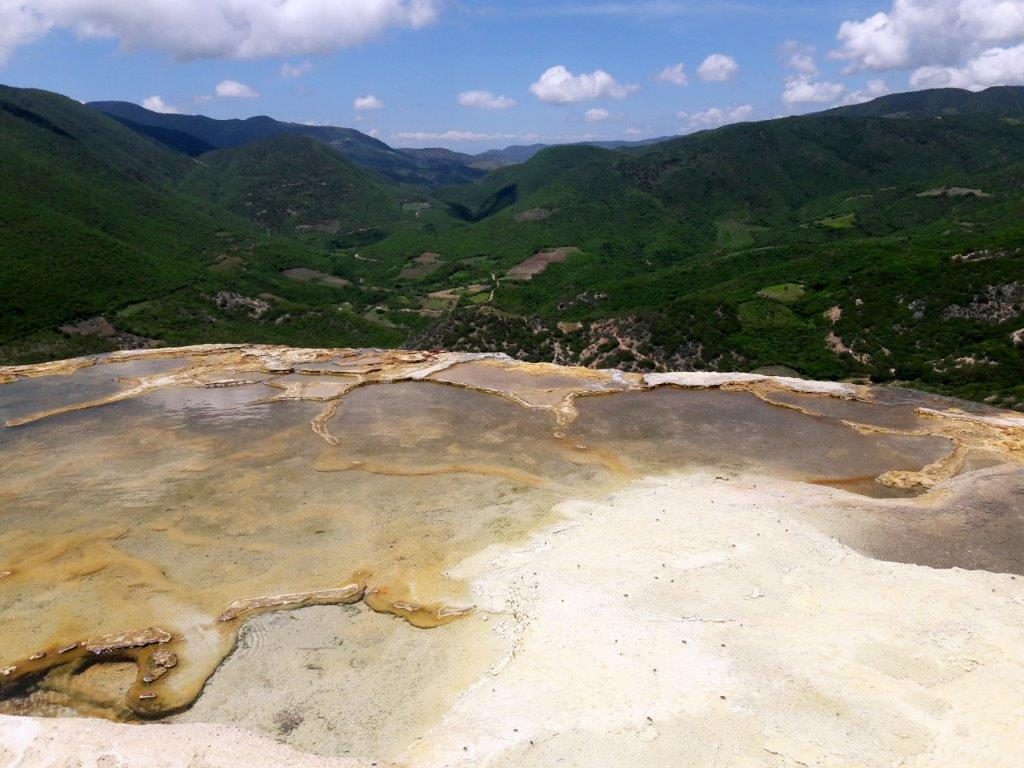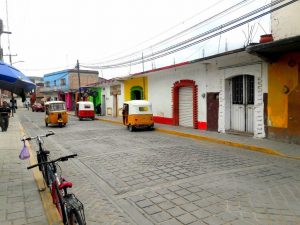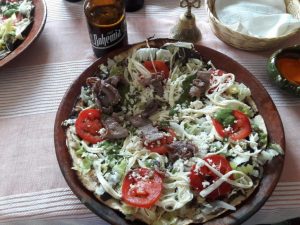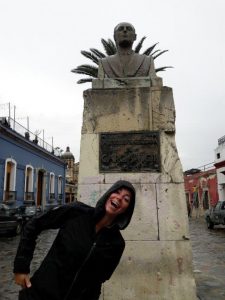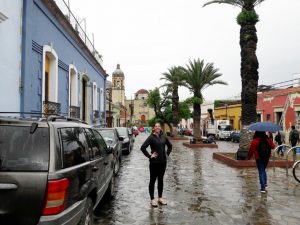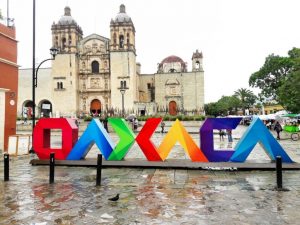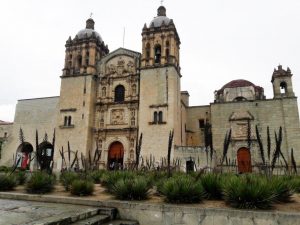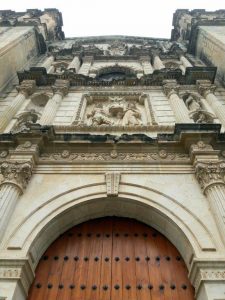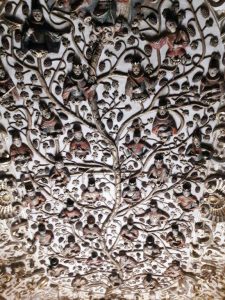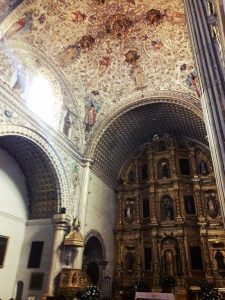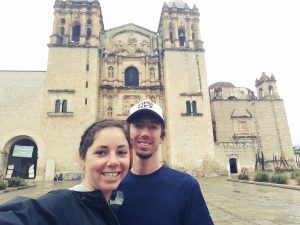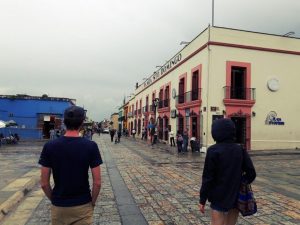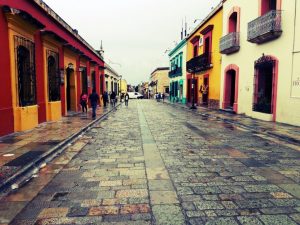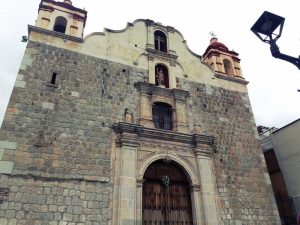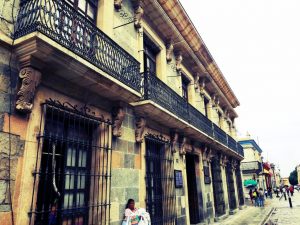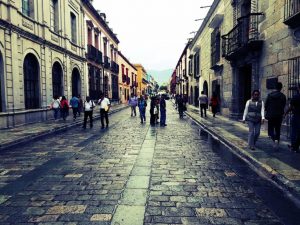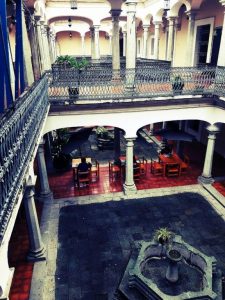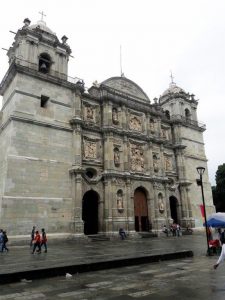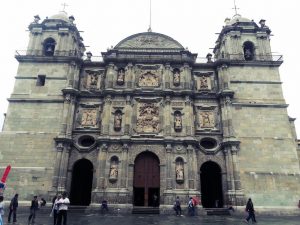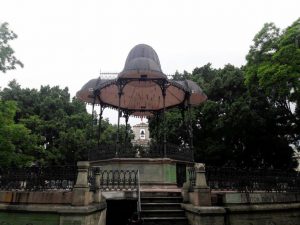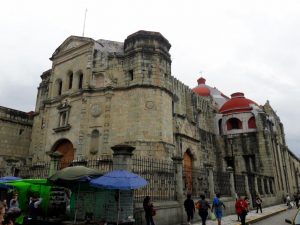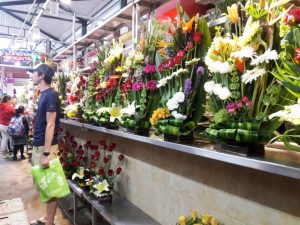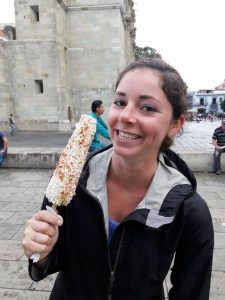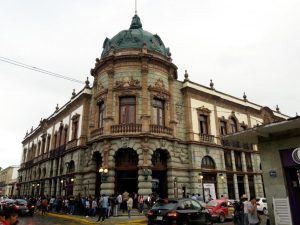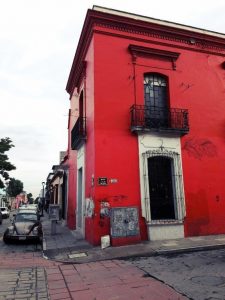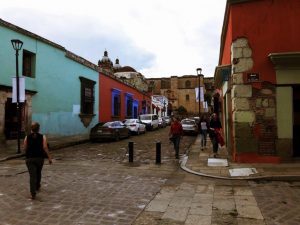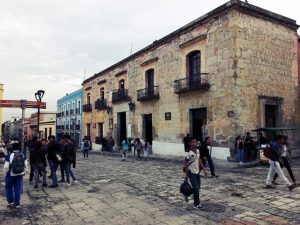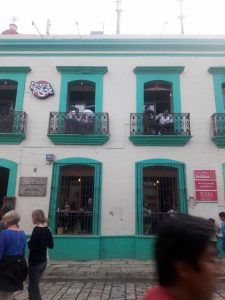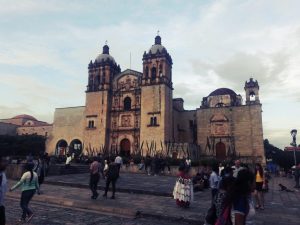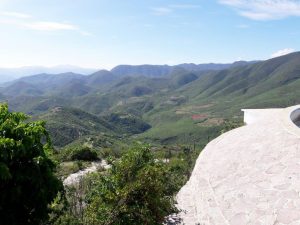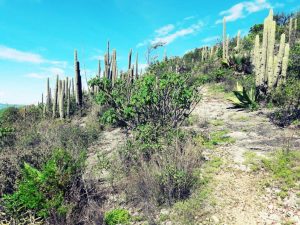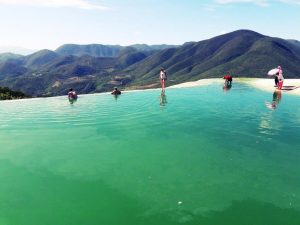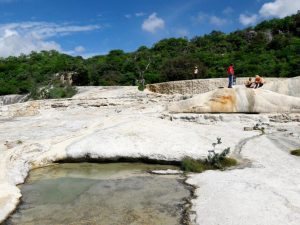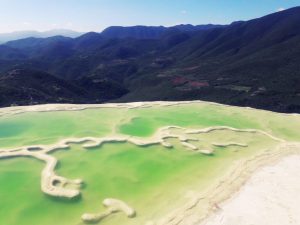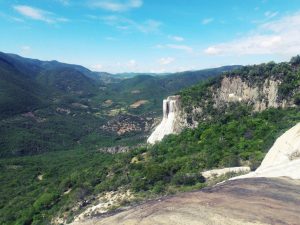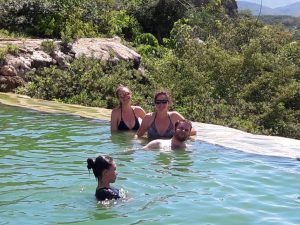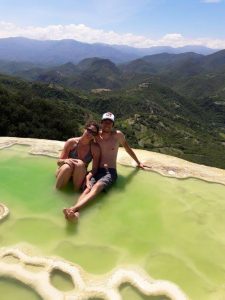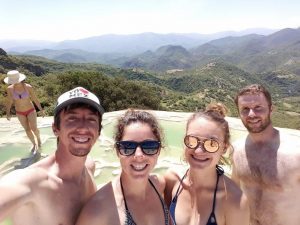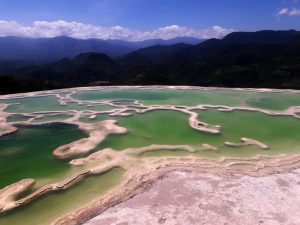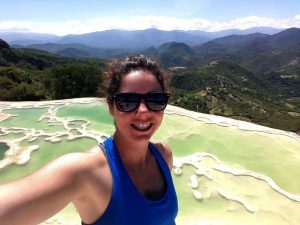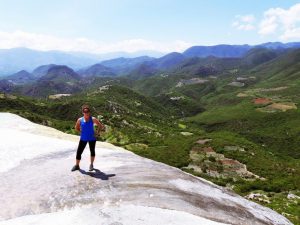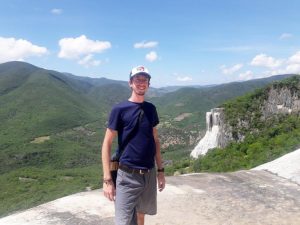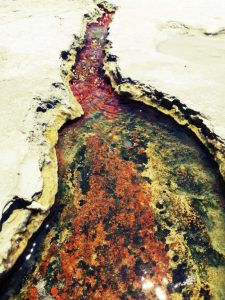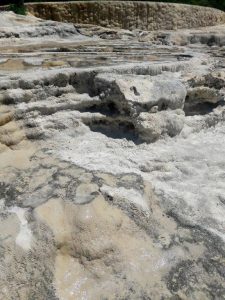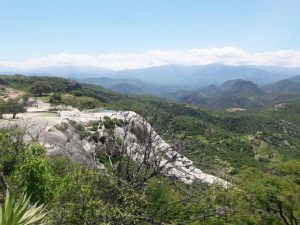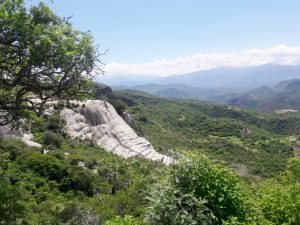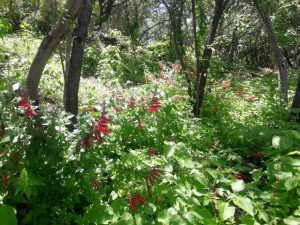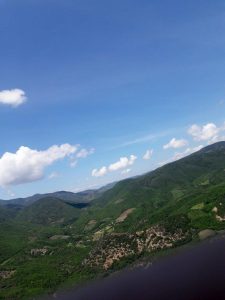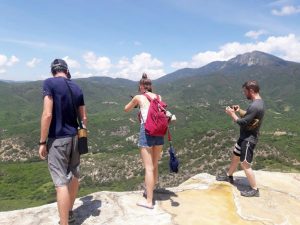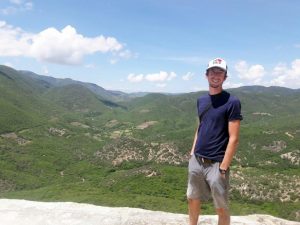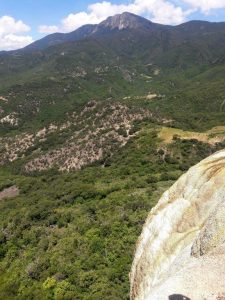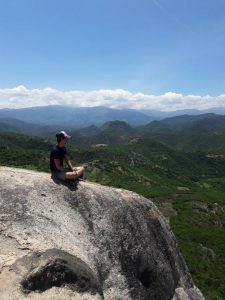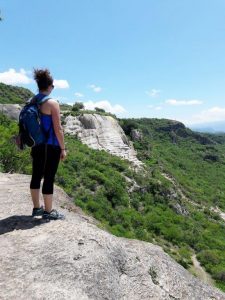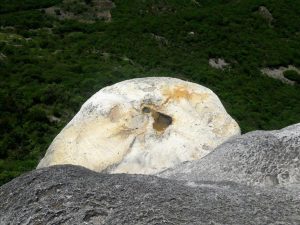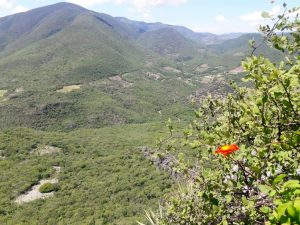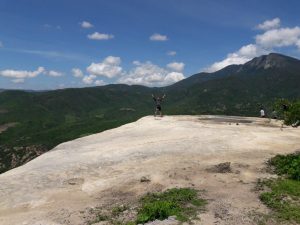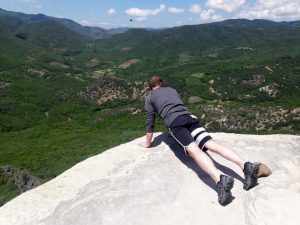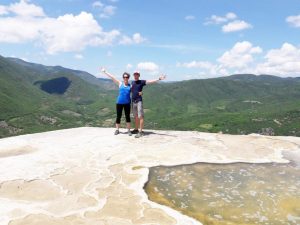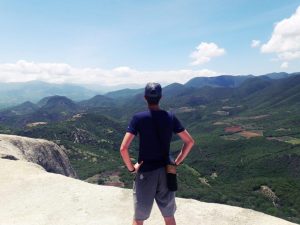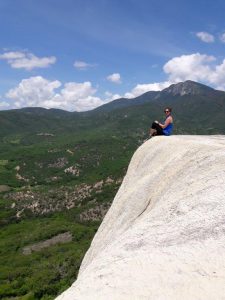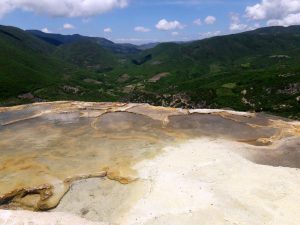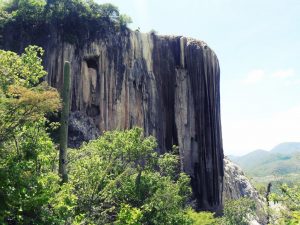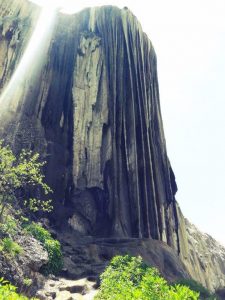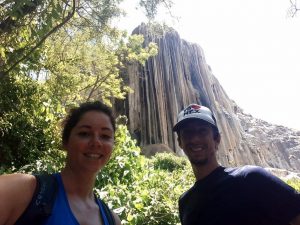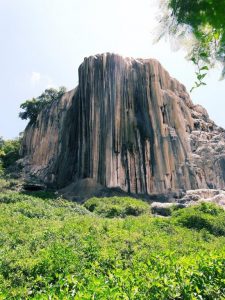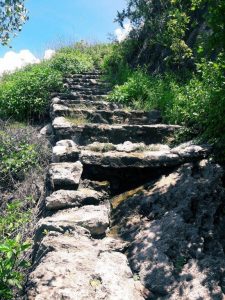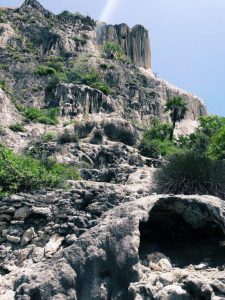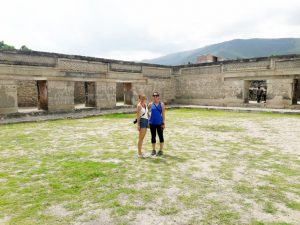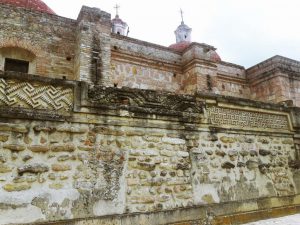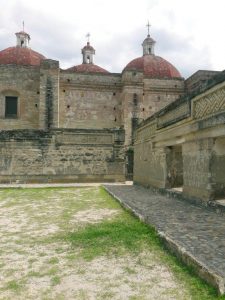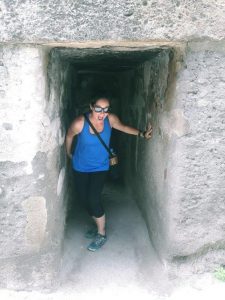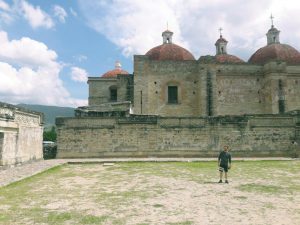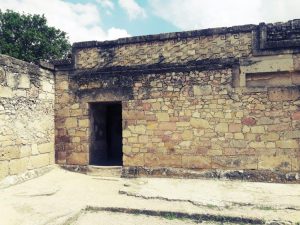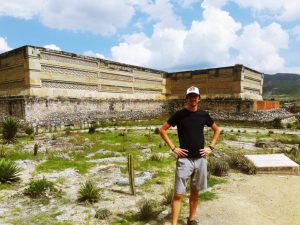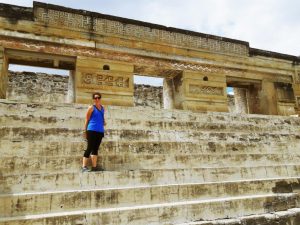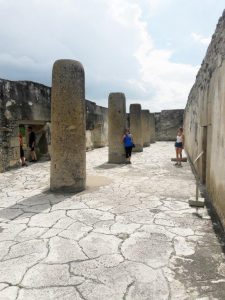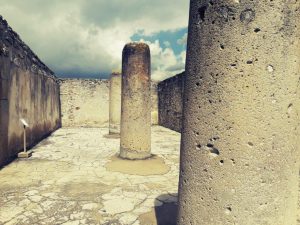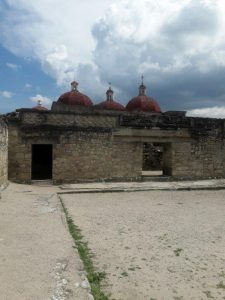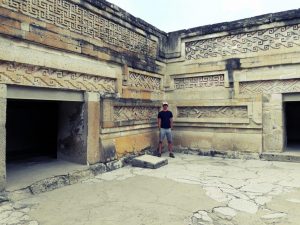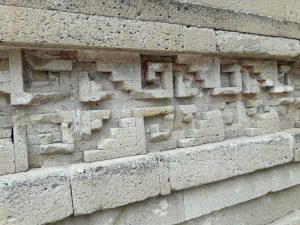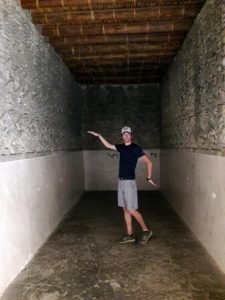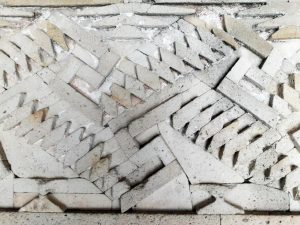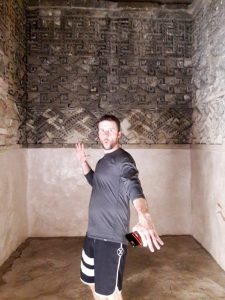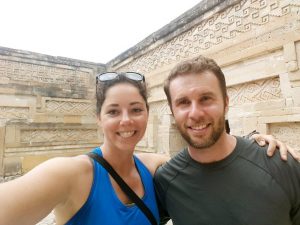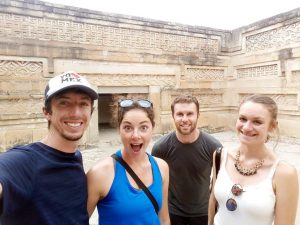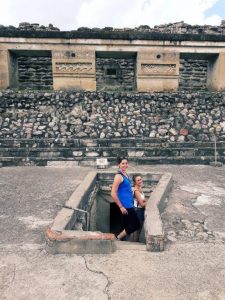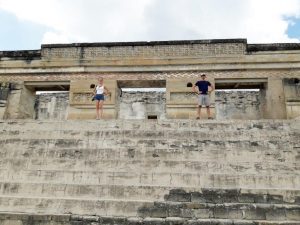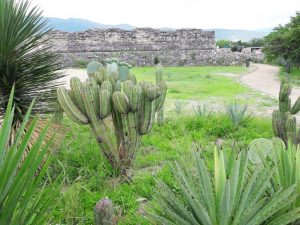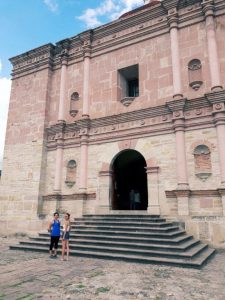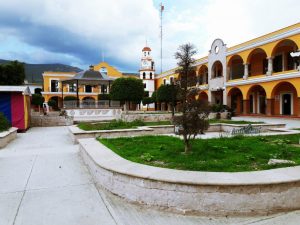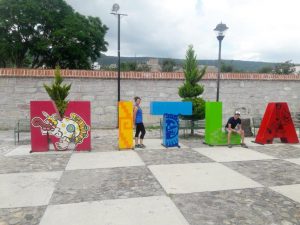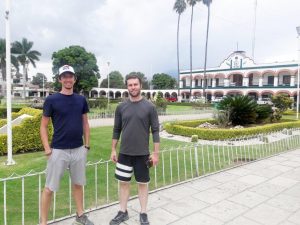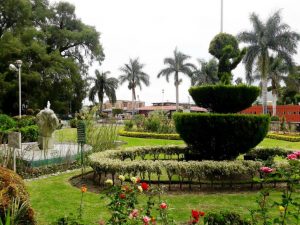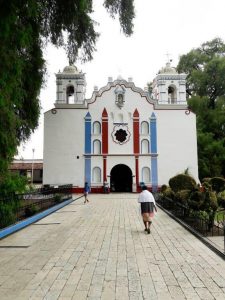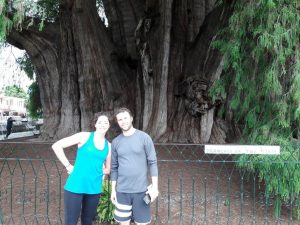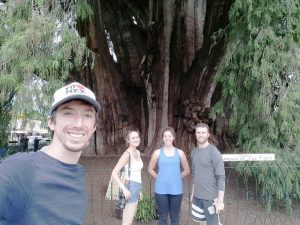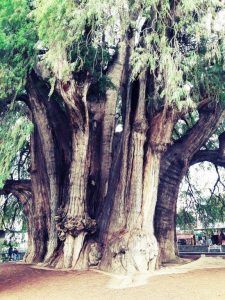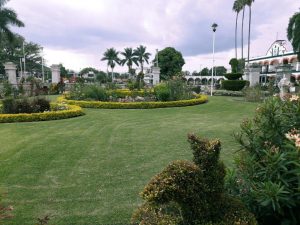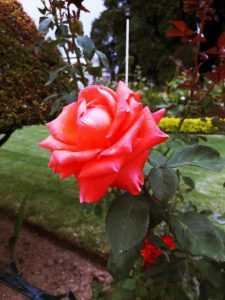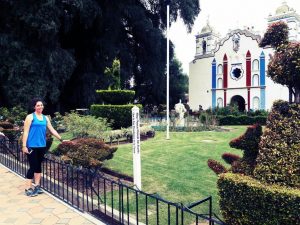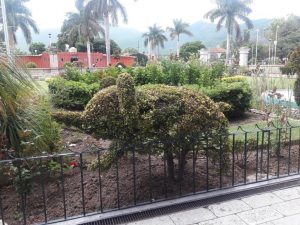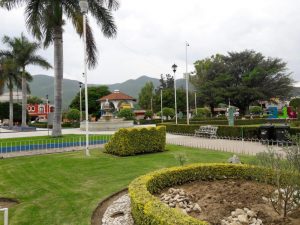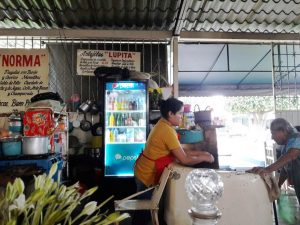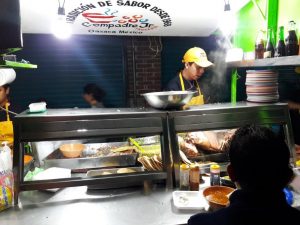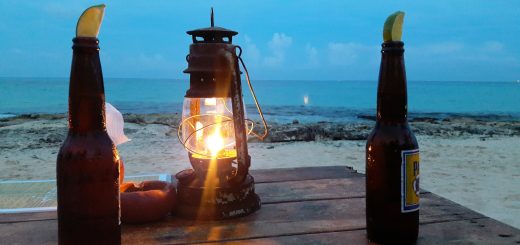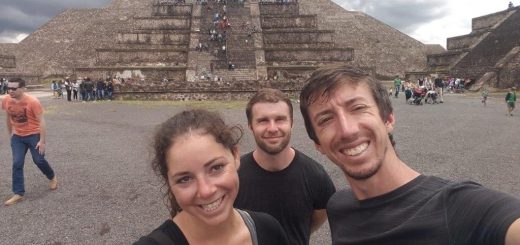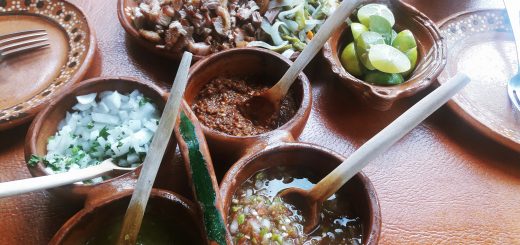The Delights of Oaxaca
Days 347-348 (July 10-11, 2017):
We departed early in the morning, bound for the famous Mexican culinary mecca of Oaxaca. It was a four-and-a-half-hour journey through mountains and along winding roads with some very impressive scenery. One thing driving in Mexico had shown us was that it was home to some of the politest drivers in the world. When a large or slow vehicle sees you approaching them from behind, it is apparently customary to pull over into the wide berm on the side of the road and use your blinkers to signal the driver when it is safe for them to pass. Needless to say, the first couple times this happened Adam was very confused, wondering why these trucks were pulling over, and whether they were planning on moving quickly back into their lane while we were trying to pass (as you may think their blinkers indicate). We stayed a bit behind them for a bit, before Adam eventually got so angry trying to figure it out, that he would fly around them at a quick pace. Little did we know we were being the rude assholes. So learn from us: the drivers are being nice and are trying to assure your safety when you are passing, and you should let them!
We arrived in Oaxaca around midday and found a place to park the car. We checked into our hostel and all took some long showers to clean up after the drive. We were talking to a guy from France in the hall when low and behold we ran into Eva, who we had hung out with in Mexico City. She was staying in a dorm room almost right across from us and was shocked we had selected the same lodging on the same day. Happy to be reunited, we all headed out to a restaurant around the corner to try Tlayudas, an Oaxacan specialty. Tlayudas is pretty much a Mexican-style pizza, in which a large and crispy corn tortilla serves as the crust and it is topped with a spicy bean puree, lettuce, tomato, cilantro, fresh cheese, and meat. It is of course, also served with salsa. We devoured our mexi-pizzas and sipped on beer, catching up on the past couple of days. We then decided it was time to explore the town.
Our first stop was the Santo Domingo Church near the city center. It is a very picturesque church with a beautifully ornate and interesting interior. We spent some time wandering around inside before continuing on our way to the center. We meandered down past the Colonial-style buildings, admiring the different colors and exploring some of the small shops we passed until we reached the Zocalo, or main square. We checked out the Cathedral of Our Lady of Assumption and snapped some photos of the bustling crowds. We continued our journey past the zocalo to the giant indoor market a few blocks away. We took some time to wander around in both the Mercado Benito Juarez and the Mercado 20 de Noviembre. Being close to the end of our year-long adventure, we decided to get some souvenirs for my sisters. For my oldest sister, Sammie, and her husband Steve we decided on a large bottle of Mezcal, Mexico’s famous agave liquor. We learned that it is similar to tequila, although tequila is only made with blue agave while mezcal uses different varieties, and we also took some time to sample lots of the delicious and potent spirit before we made our selection. Feeling a little looser, we made our way back to the zocalo, where Eva got a fresh fruit juice and I purchased and devoured the most amazing Mexican street corn I have ever had in my entire life. No joke, I got it again the next day I enjoyed it so much. We spent the rest of the afternoon and into the early evening wandering in and out of various local art galleries. I really enjoyed viewing some of the heritage painting techniques of the Mexican people as well as some of the more contemporary works. As the sunlight faded, we walked back to the hostel, stopping along the way at a convenience store to pick up some beers. We took our beverages and headed up to the rooftop patio of our hostel. We spent the rest of our evening socializing with some of the other hostel guests, including one guy from Denmark who was a self-proclaimed “drug tourist” and regaled us with his plans to travel into the Sonora Desert and find a toxic frog whose venom he wanted to smoke. You never know who you are going to meet sometimes.
The next morning, we grabbed a quick breakfast at the hostel before heading out on our day trip. Eva decided to come along as well. We were first headed to the Hierve el Agua, nicknamed the petrified waterfalls. I had read about it in a blog and thought it sounded cool. Apparently, you could swim in the mineral-dense pools at the top of the falls and then do a small hike to see their base. We arrived early, despite some mishaps with the directions and quickly changed into our bathing suits. We then hiked down through the woods until we found the top ridge of the “amphitheater” waterfall (casacada chica). We stripped down and slid into the green-turquoise waters, enjoying the cool temperatures as the hot sun rose higher into the sky. We were nearly alone at the site when we first arrived and the view from the natural pools was simply incredible. We could see out over the entire valley and had a great time relaxing and taking pictures of the area. When it started to get more crowded, we changed back into our clothes and headed for the other “waterfall” (cascada grande). Now these were not actually waterfalls. They were sections of the valley walls where calcium-carbonate rich waters from natural springs at the tops would drip down the side, leaving some of their minerals behind. These mineral deposits solidified, very similar to the way stalactites and stalagmites do, a left a mineral-rich formation that looks like a cascading waterfall. We walked to the top of the cascada grande, and while you cannot swim at the top of this one, you can still get some amazing views of the surrounding valley. After a brief photo-session, we headed down the trail to the base of the formation. It was a beautiful walk down the hill, getting different perspectives on the formation. We reached the bottom and while the boys continued on exploring, Eva and I stopped to rest and get some pictures. After a little bit of a break, we made our way up the hill and back to the entrance. We stopped at a local woman’s stall and enjoyed some food and beers before our next stop on the day trip.
We drove from the Hierve el Agua to the town of Mitla, an important archaeological site and keystone of former Zapotec culture. The Zapotecs were an ancient hierarchical society that developed in the area over 10,000 years ago and was ruled by their own kings and nobles. They were later almost completely wiped out by the Spanish, but during their peak, Mitla served as their primary religious center. What makes Mitla unique among Mesoamerican sites is the elaborate and intricate mosaic fretwork and geometric designs that cover tombs, panels, friezes and even entire walls of their remaining complexes. These mosaics are made with small, finely cut and polished stone pieces which have been fitted together without the use of mortar, something seen nowhere else in Mexico. We entered the Mitla palace complex to see some of this history for ourselves. We not only explored the ruins of the Zapotec’s temples and tombs, but also saw the Church of San Pedro which was built by the Spanish on a sacred Zapotec site said to house the lord and lady of the underworld. By putting the church there, the Spanish thought they would be able to “keep the devil from getting out”. We enjoyed our time viewing the intricacies of the structures, exploring the tombs, and taking lots of pictures. After we finished, we grabbed a homemade ice cream on our way back to the car.
The final stop on our day tour was to see the Tule Tree on the church grounds in Santa Maria Del Tule. The Tule Tree is a Montezuma cypress tree said to be the largest tree in the world (by the size of the trunk). The tree is 116 feet around, 175 feet tall and estimated to be over 2,000 years old. While the stats about the size of the tree are impressive, I found the stories around its origin to be more interesting. Local legend states that it was planted by the priest of an Aztec God of storms and wind, and it is the source of inspiration for an annual festival in the area. It is also nicknamed the “tree of life” in that there is said to be many animal shapes visible in its gnarled branches. We snapped some quick photos with the tree and walked around the rest of the church grounds, taking in the scenery and enjoying the nice day. We made a quick pit stop so the boys could grab some tacos before heading back to town.
That evening, upon returning to Oaxaca, we ventured out in search of some more good food. We bravely tried pig’s head tacos, a local favorite at a small stand near the mercados. Then we ventured to a place called Rey de Oros near the market. I had read that they were an awesome place that provided you with free food so long as you were drinking. We were not disappointed. They gave us chips and some kind of spicy sauce, pickled veggies, meat, fresh cheese, and tortas, and all we had to do was order a beer. Not a bad deal if you ask me. Once we finished we walked back towards the hostel and stopped at a brewery called Santisima Flor de Lupulo. We spent the rest of our last evening together drinking beer and margaritas and enjoying our last night in Oaxaca.
Pictures

